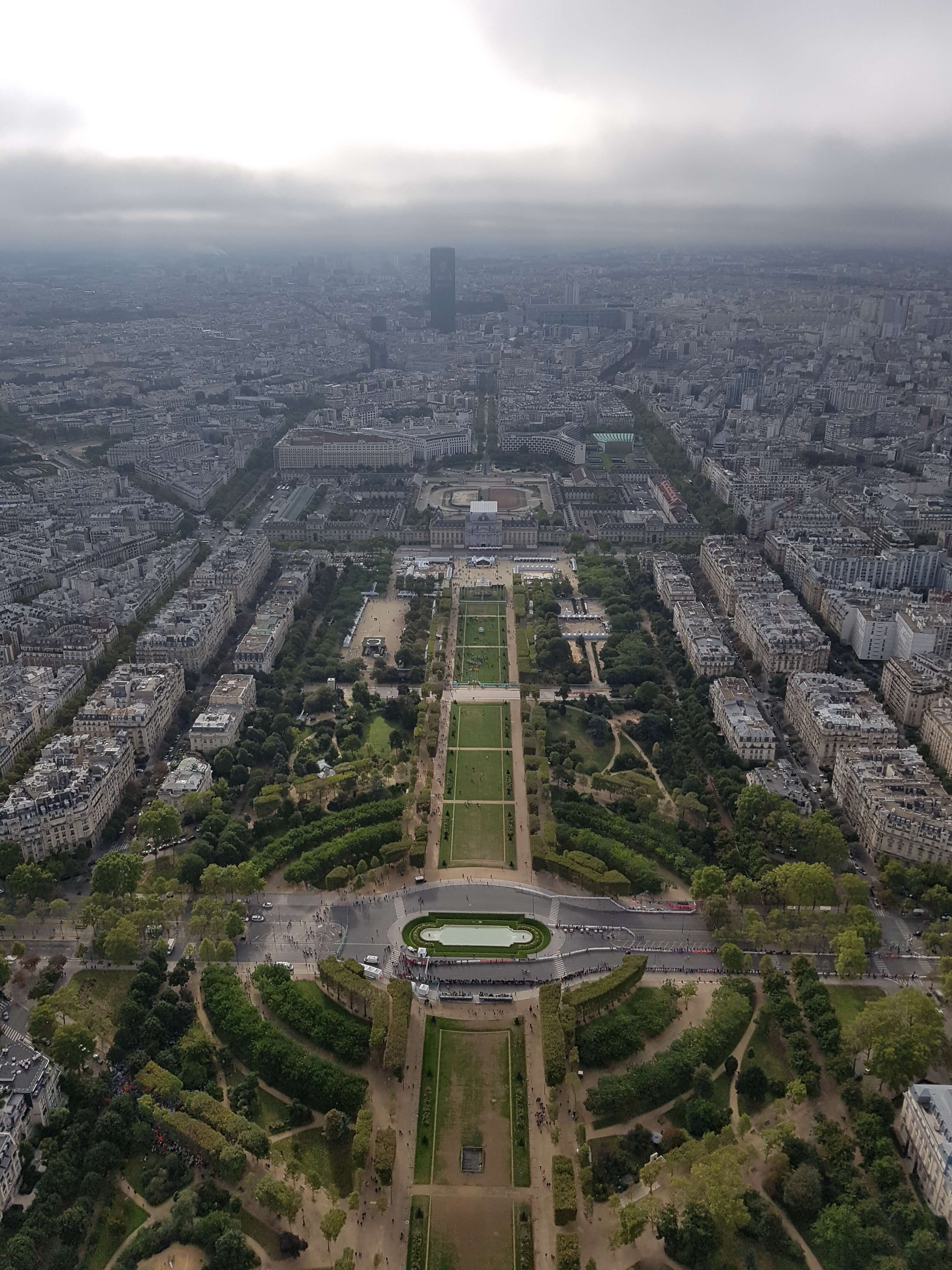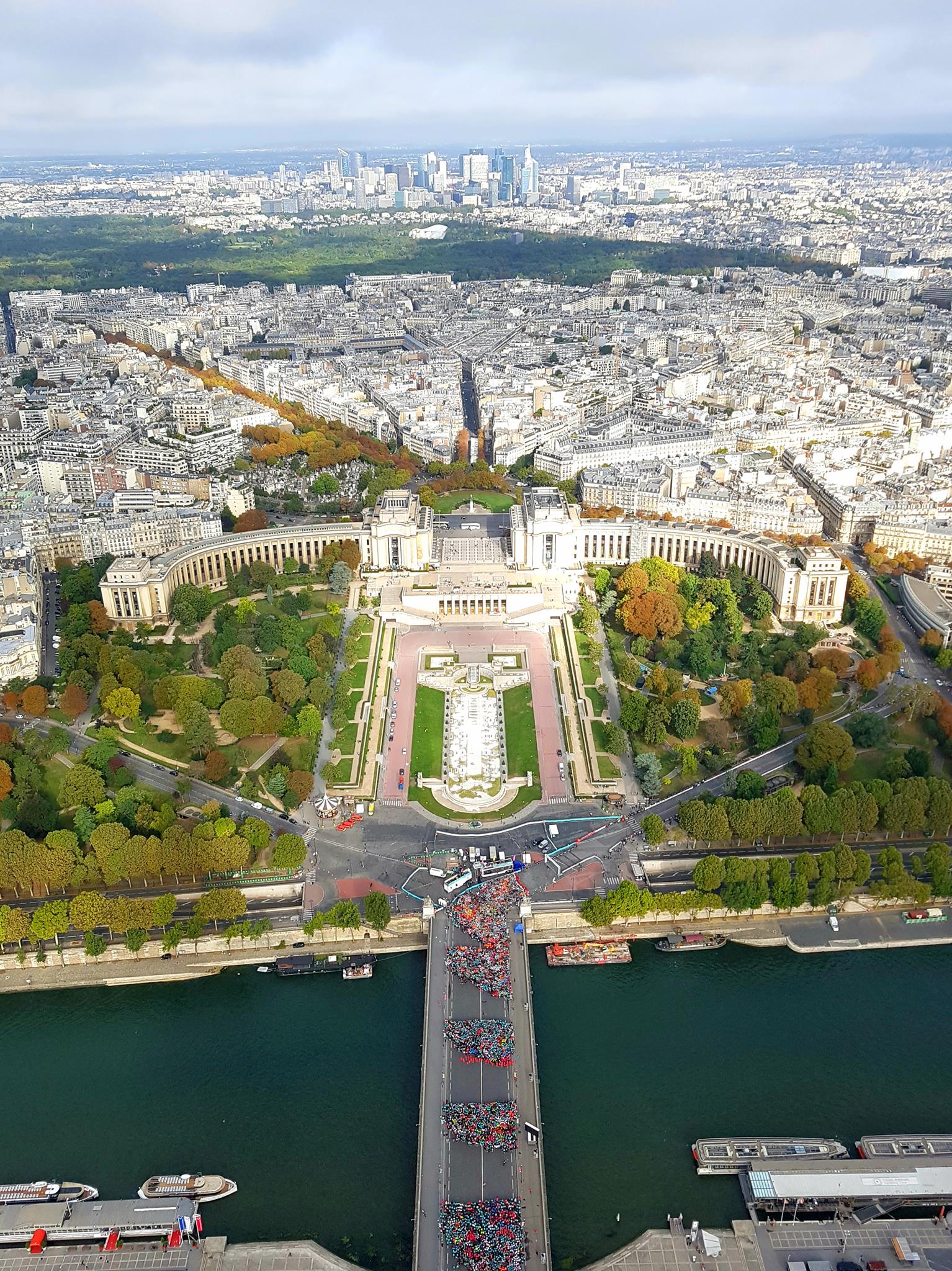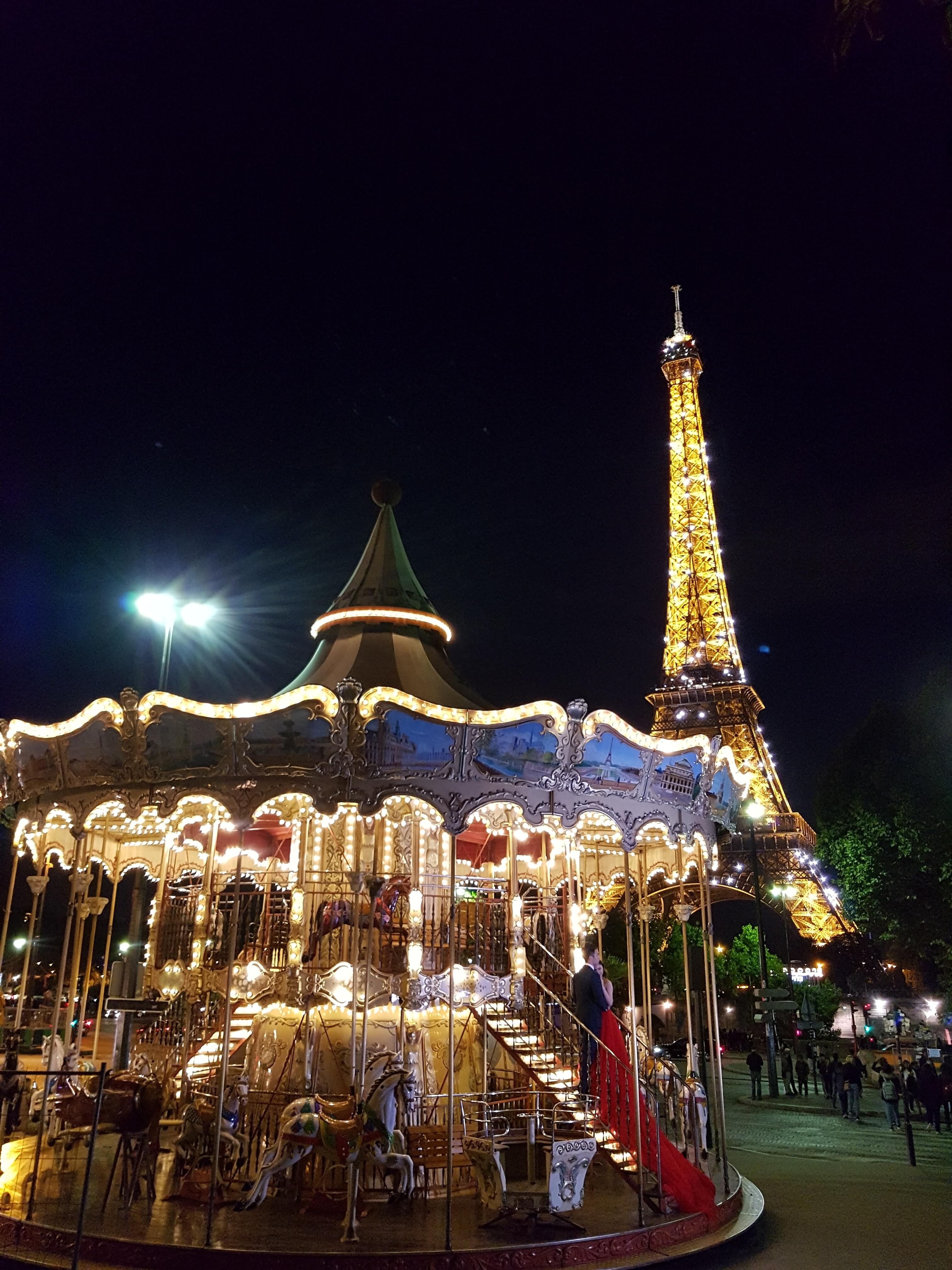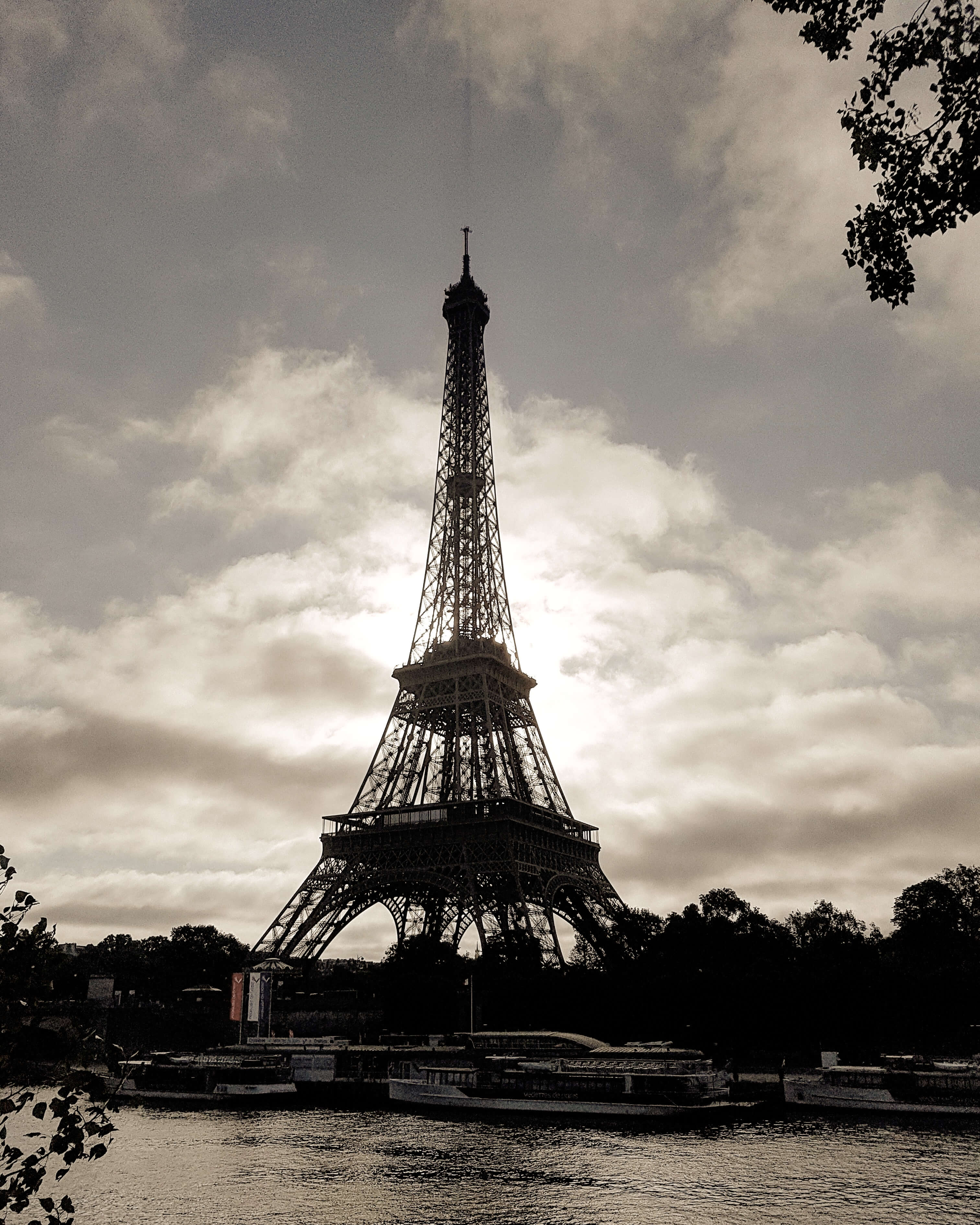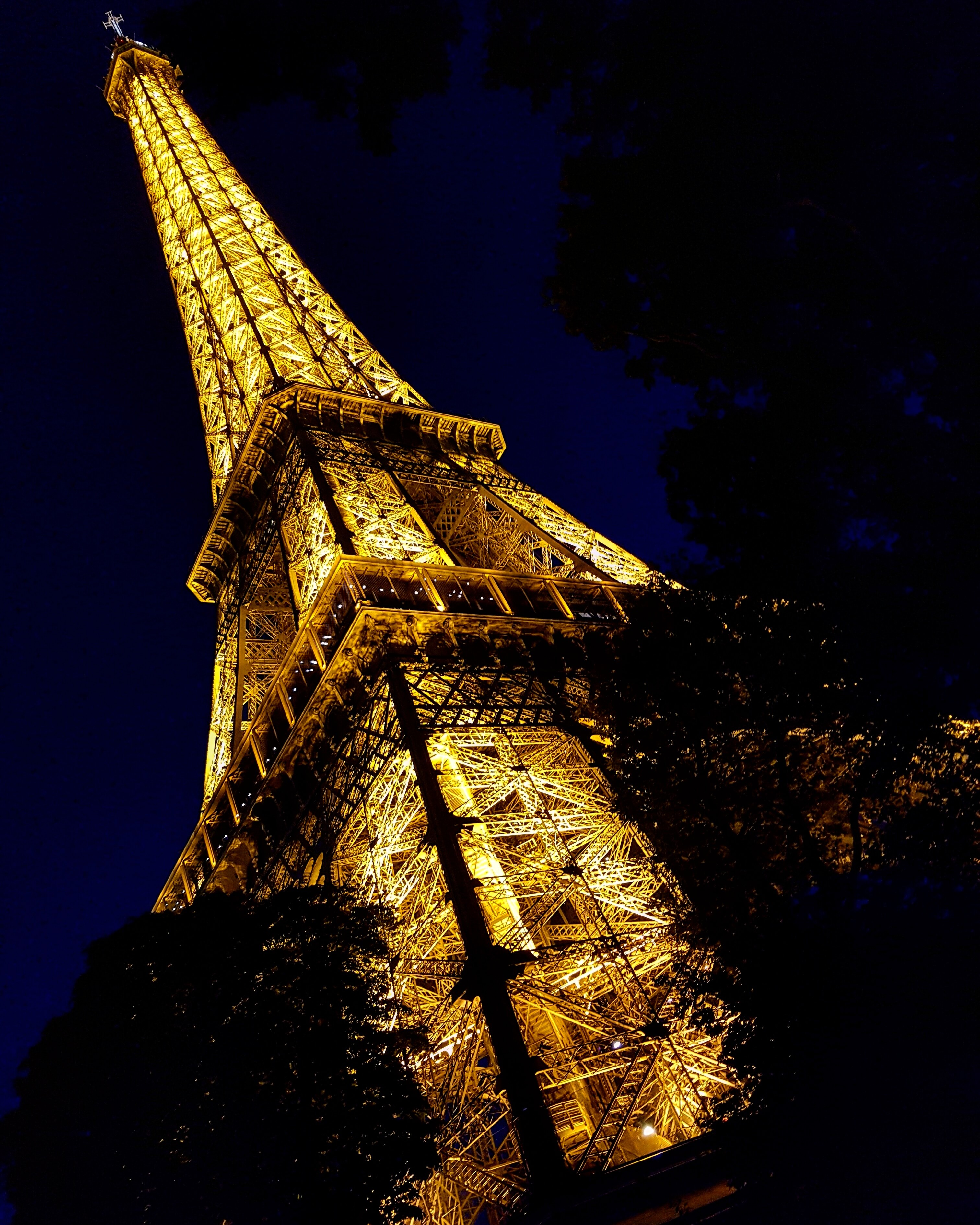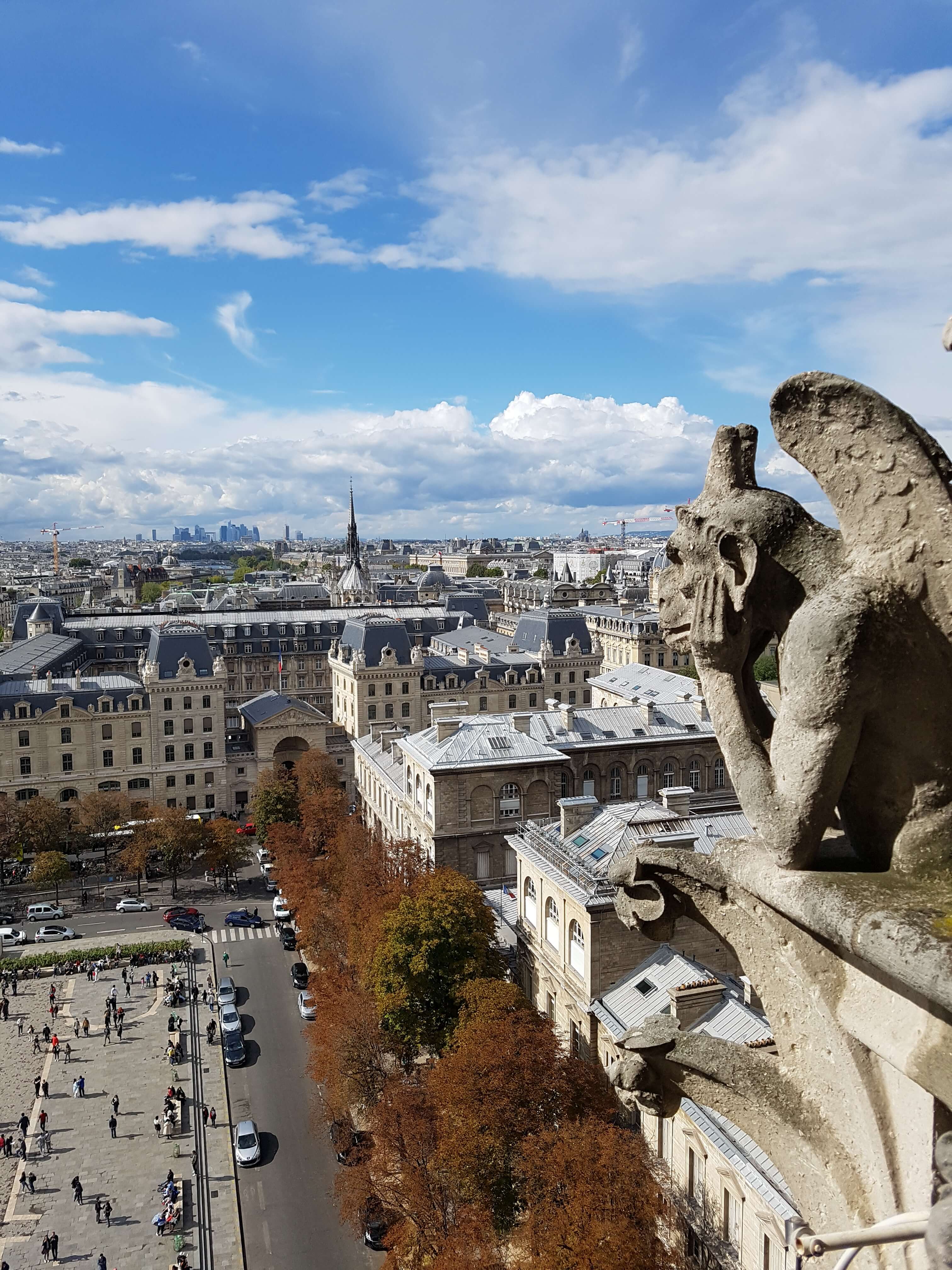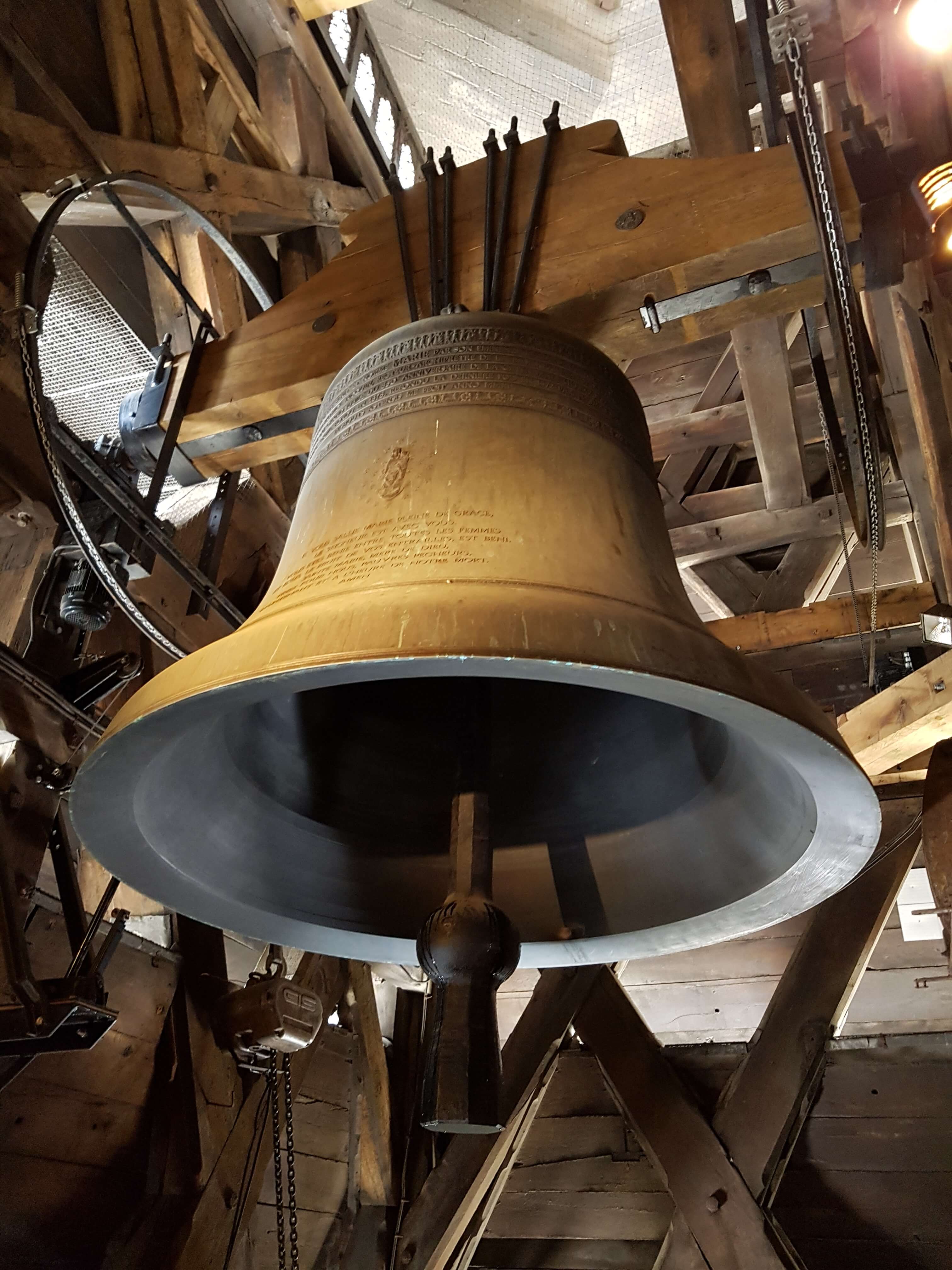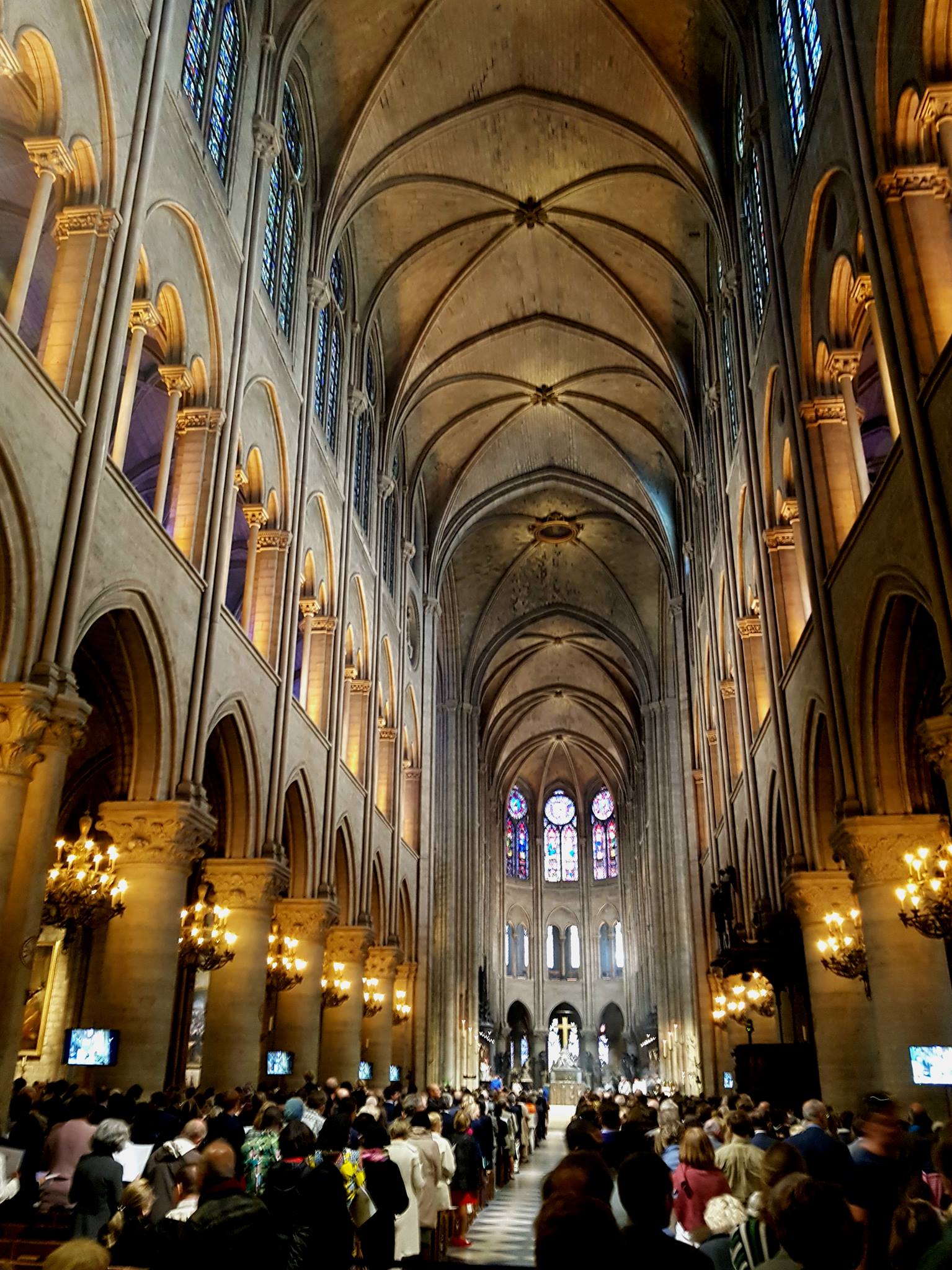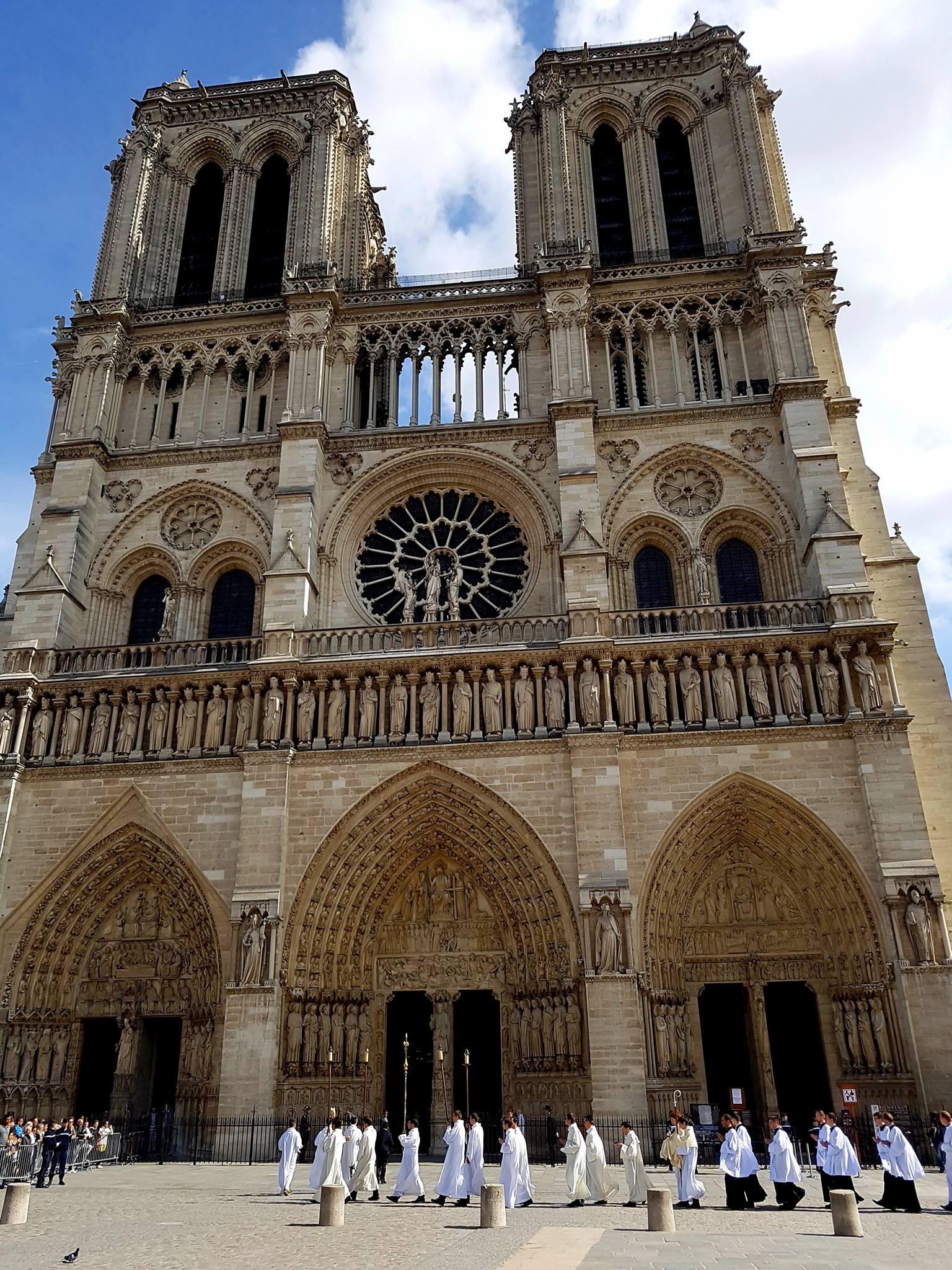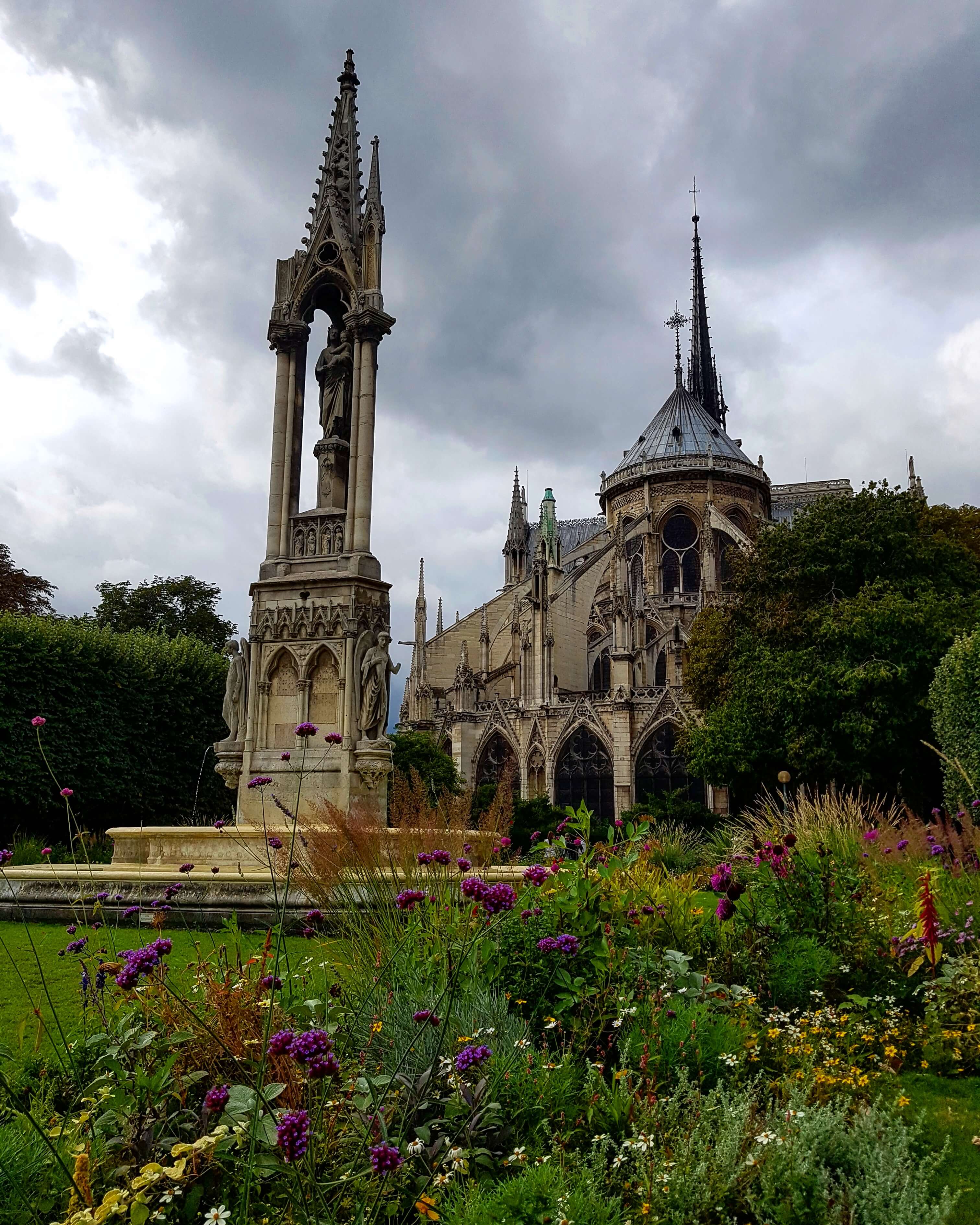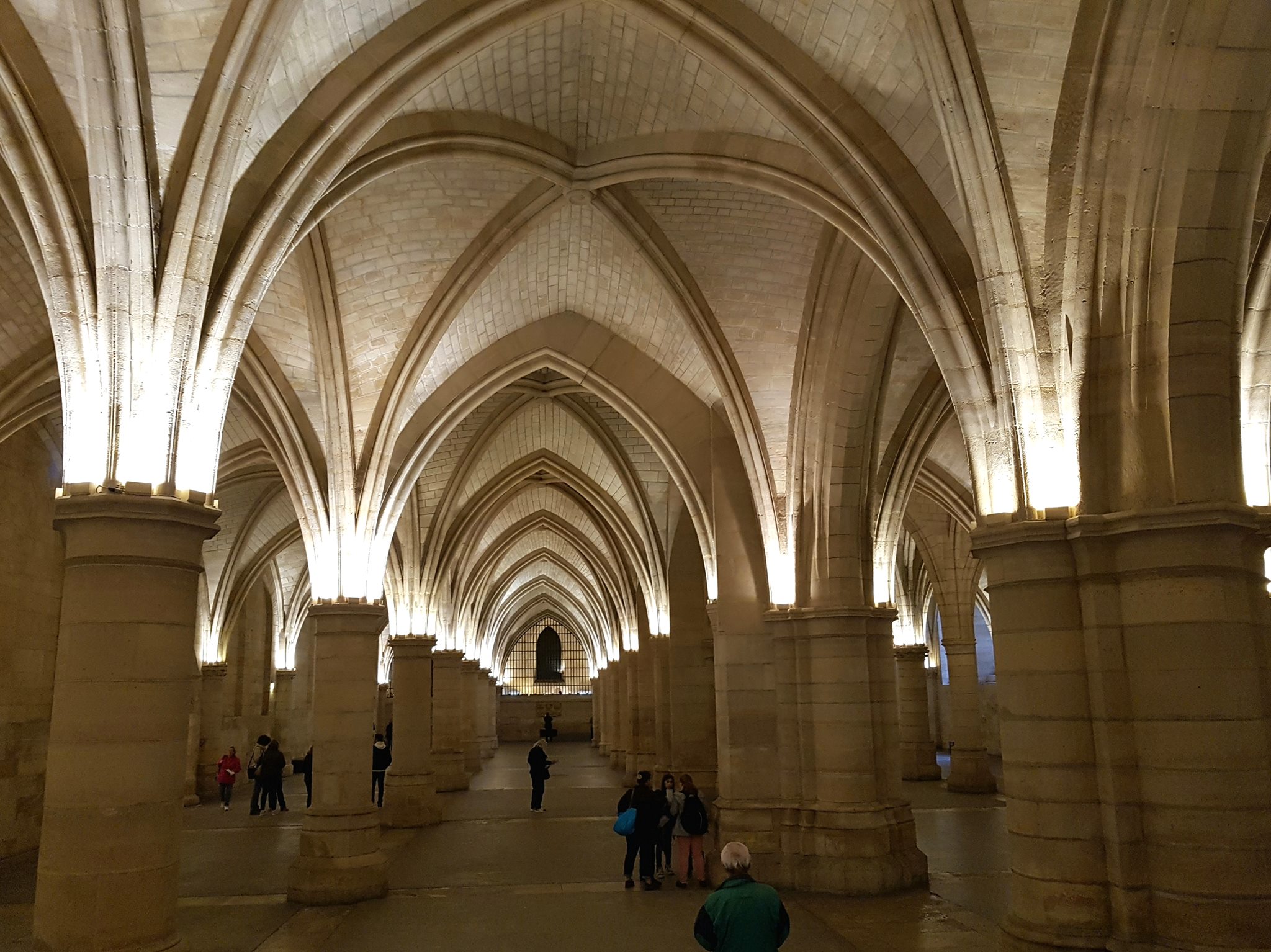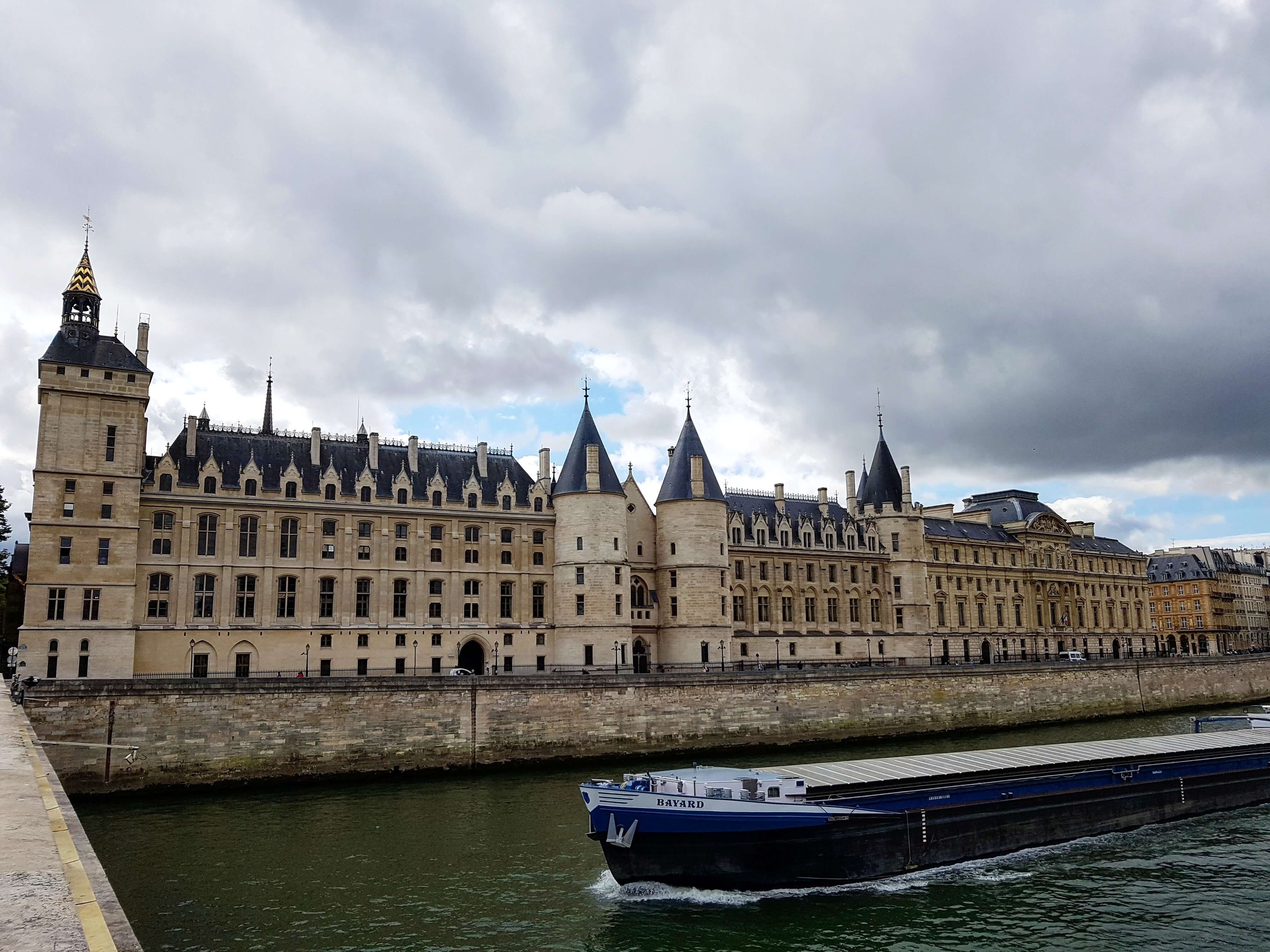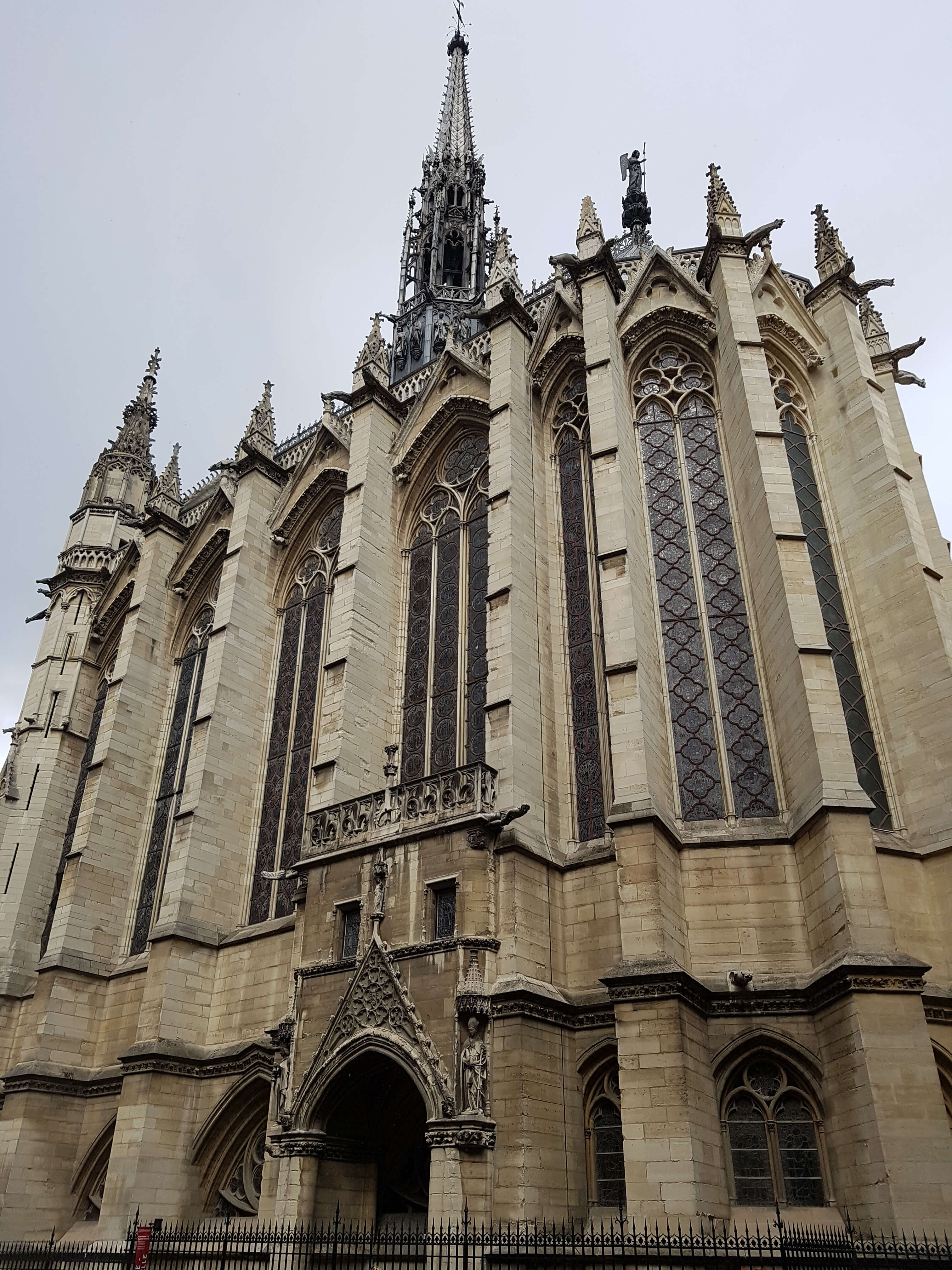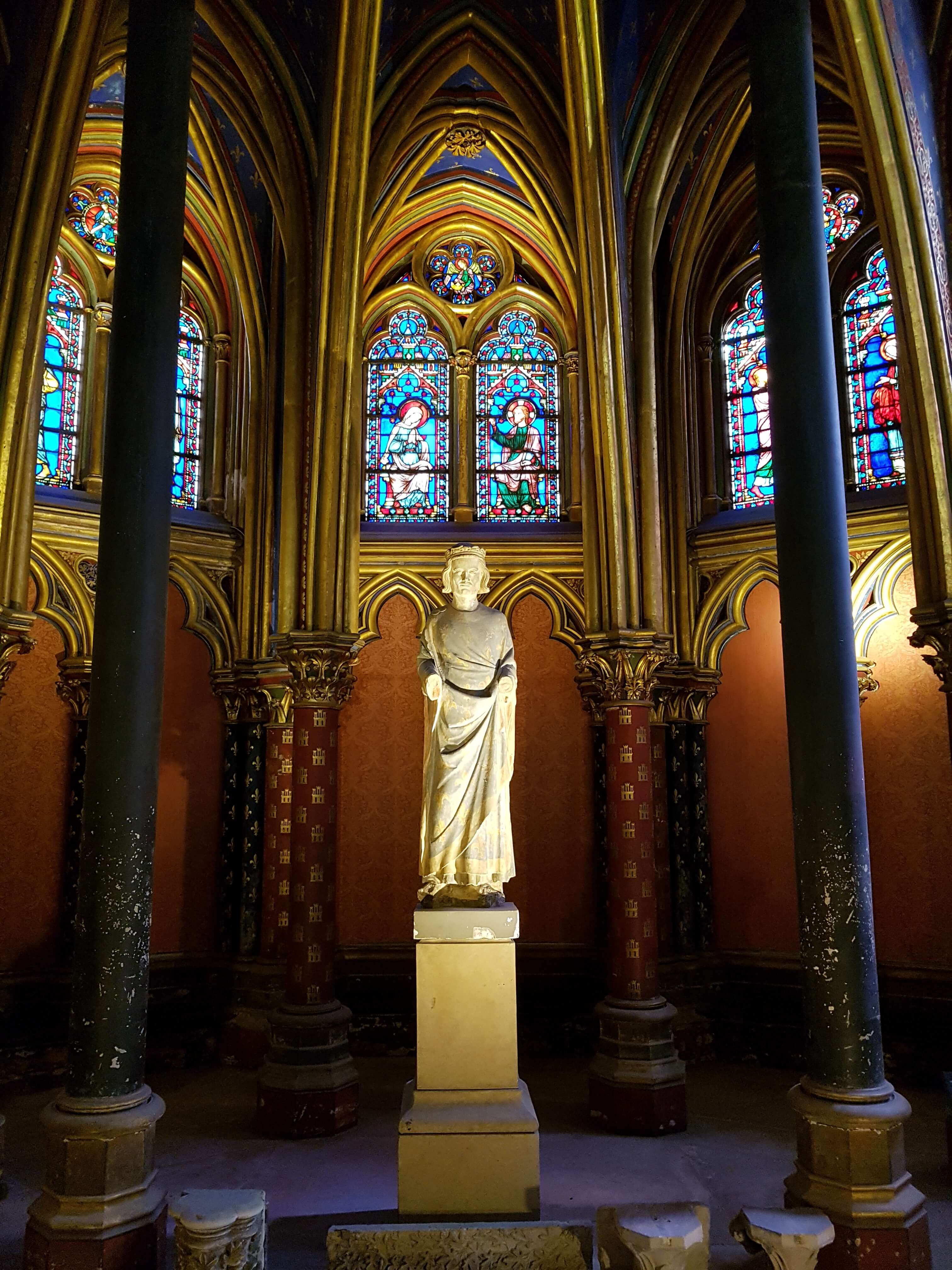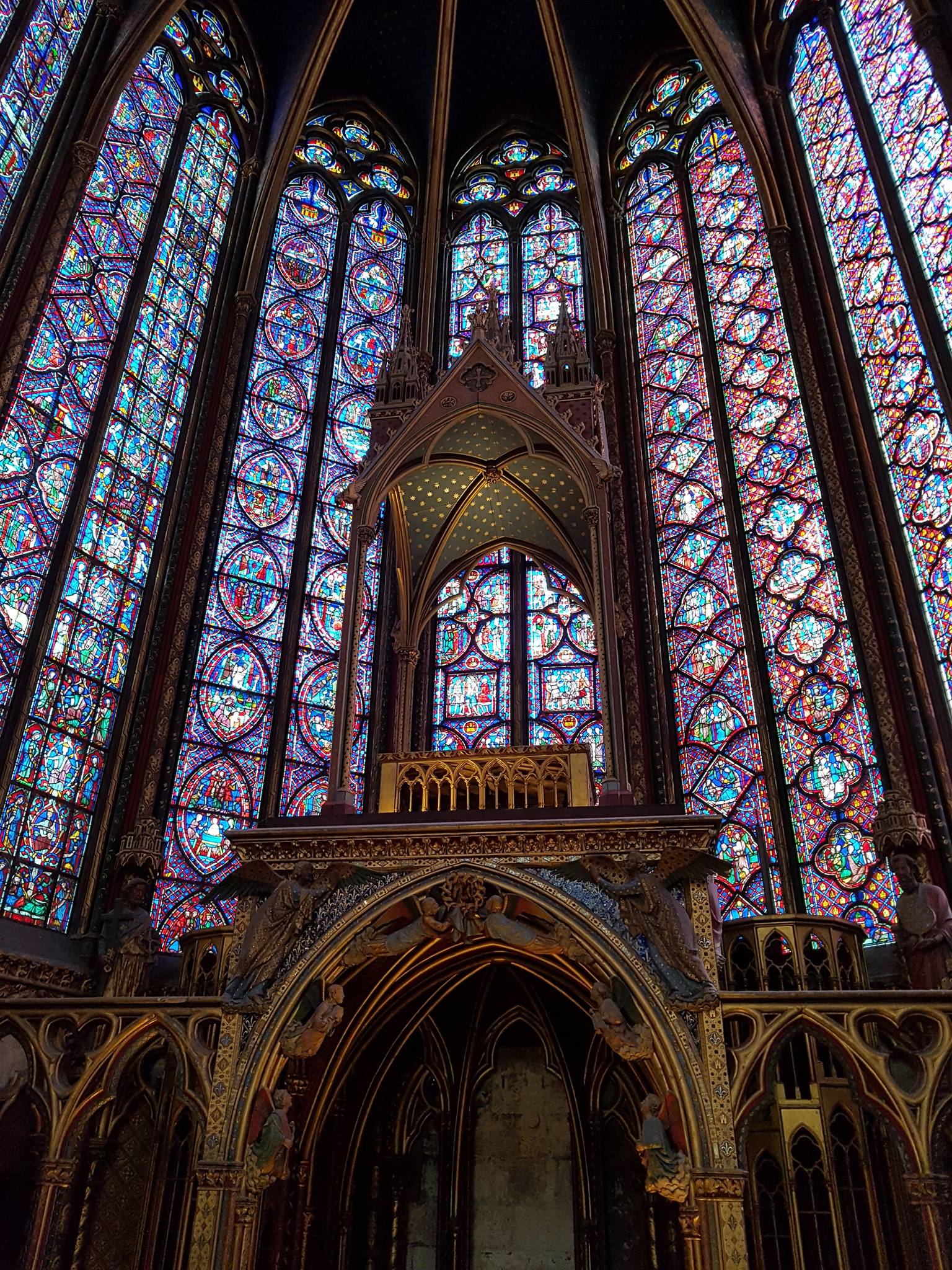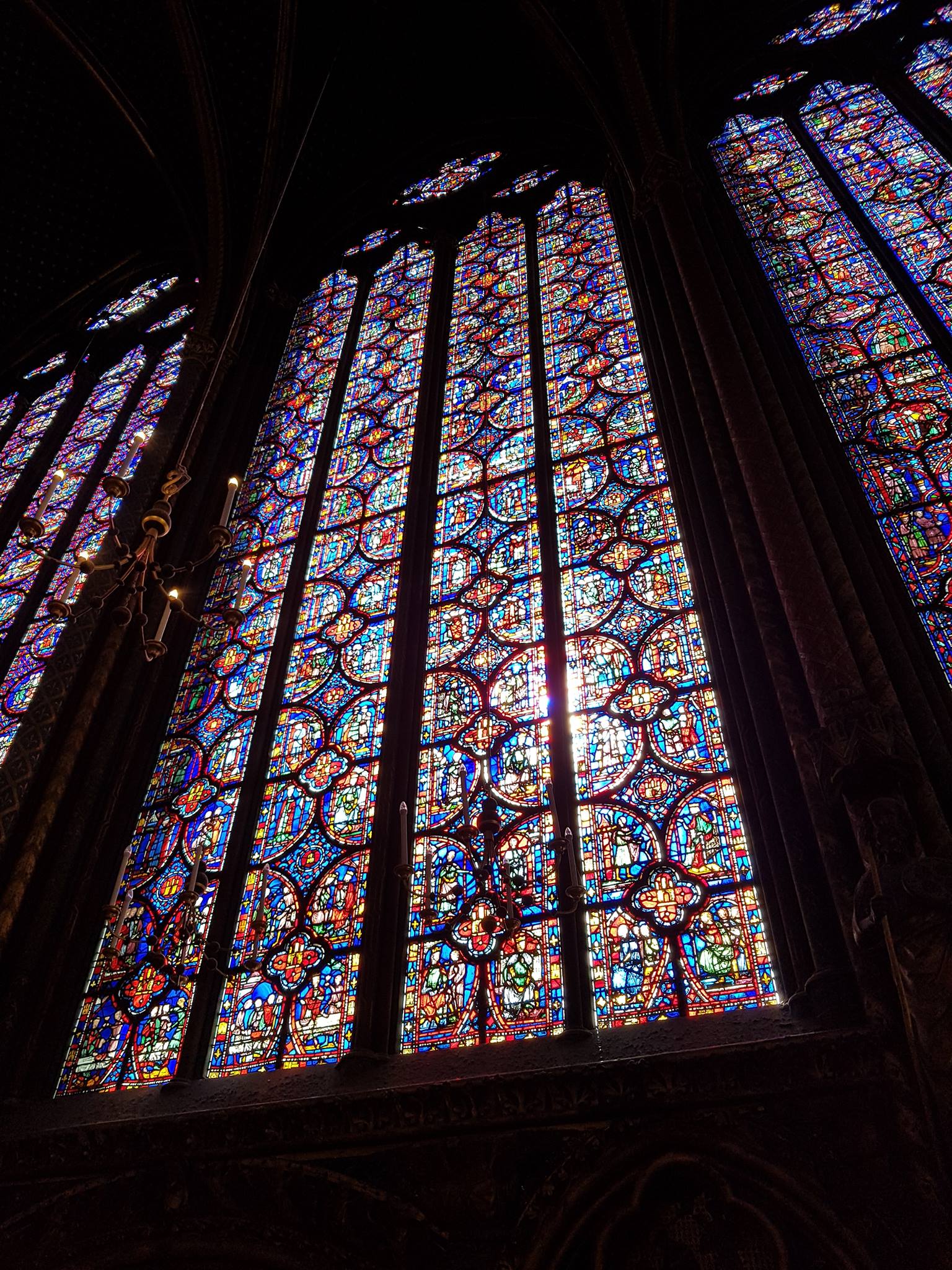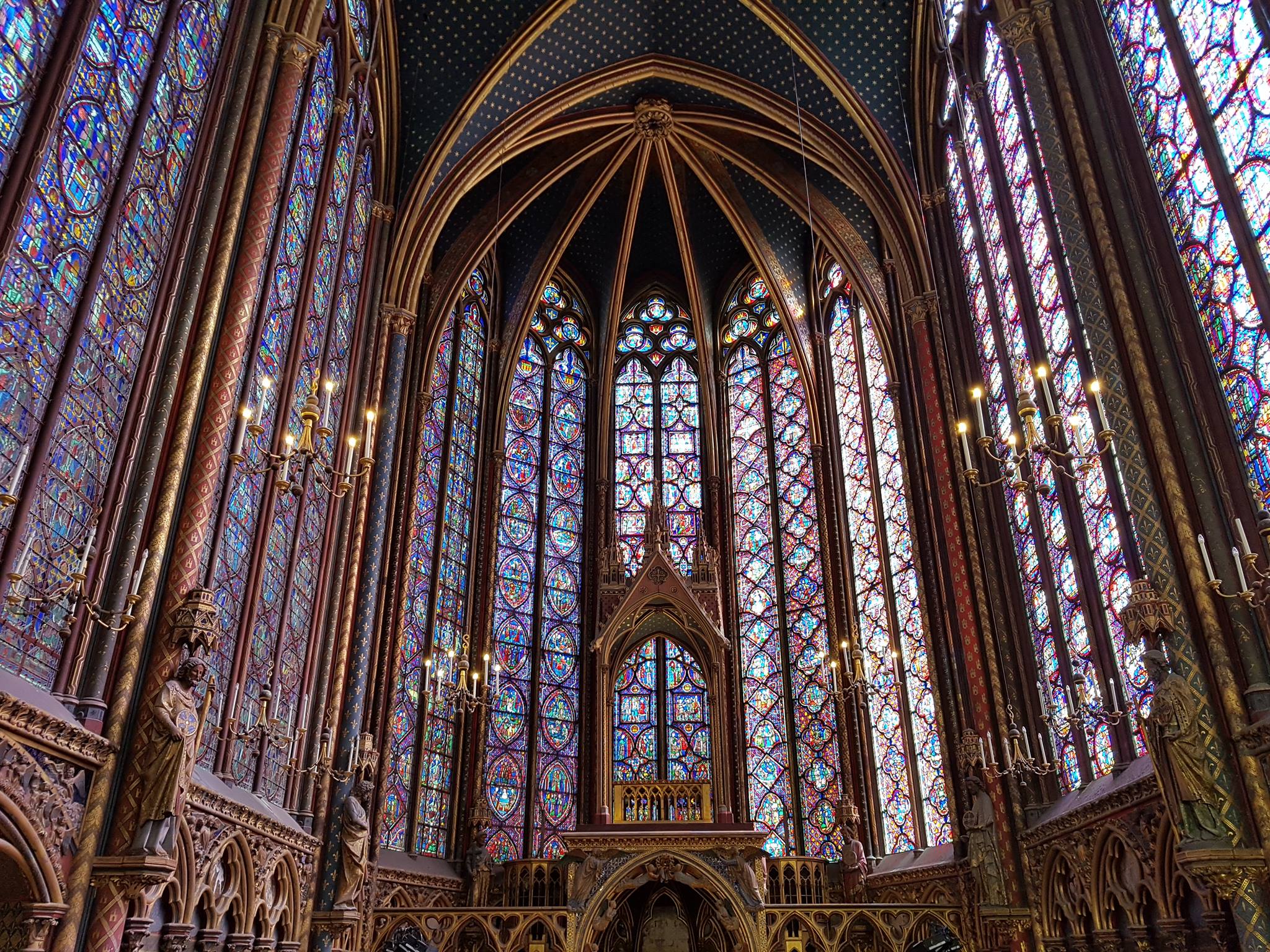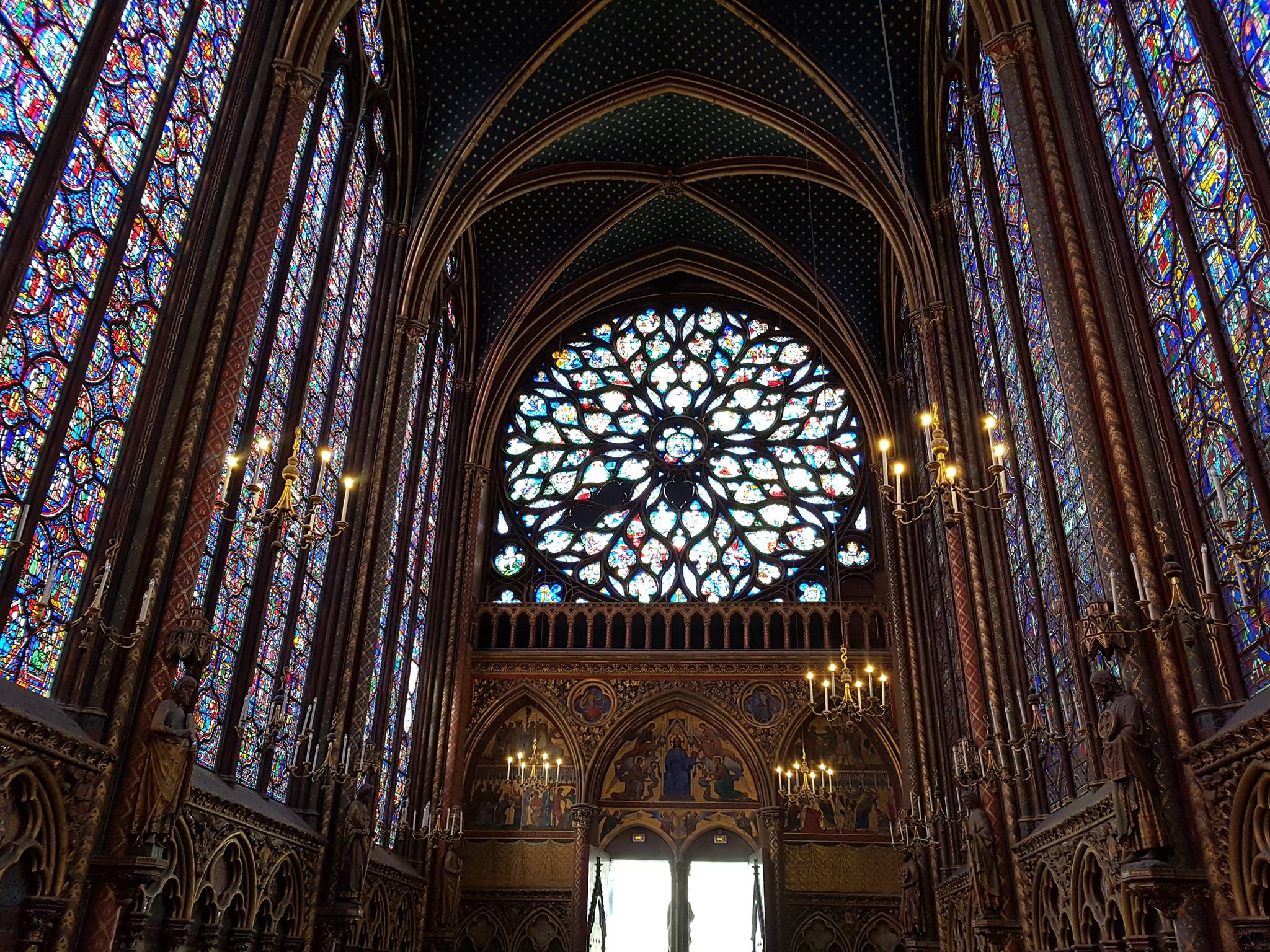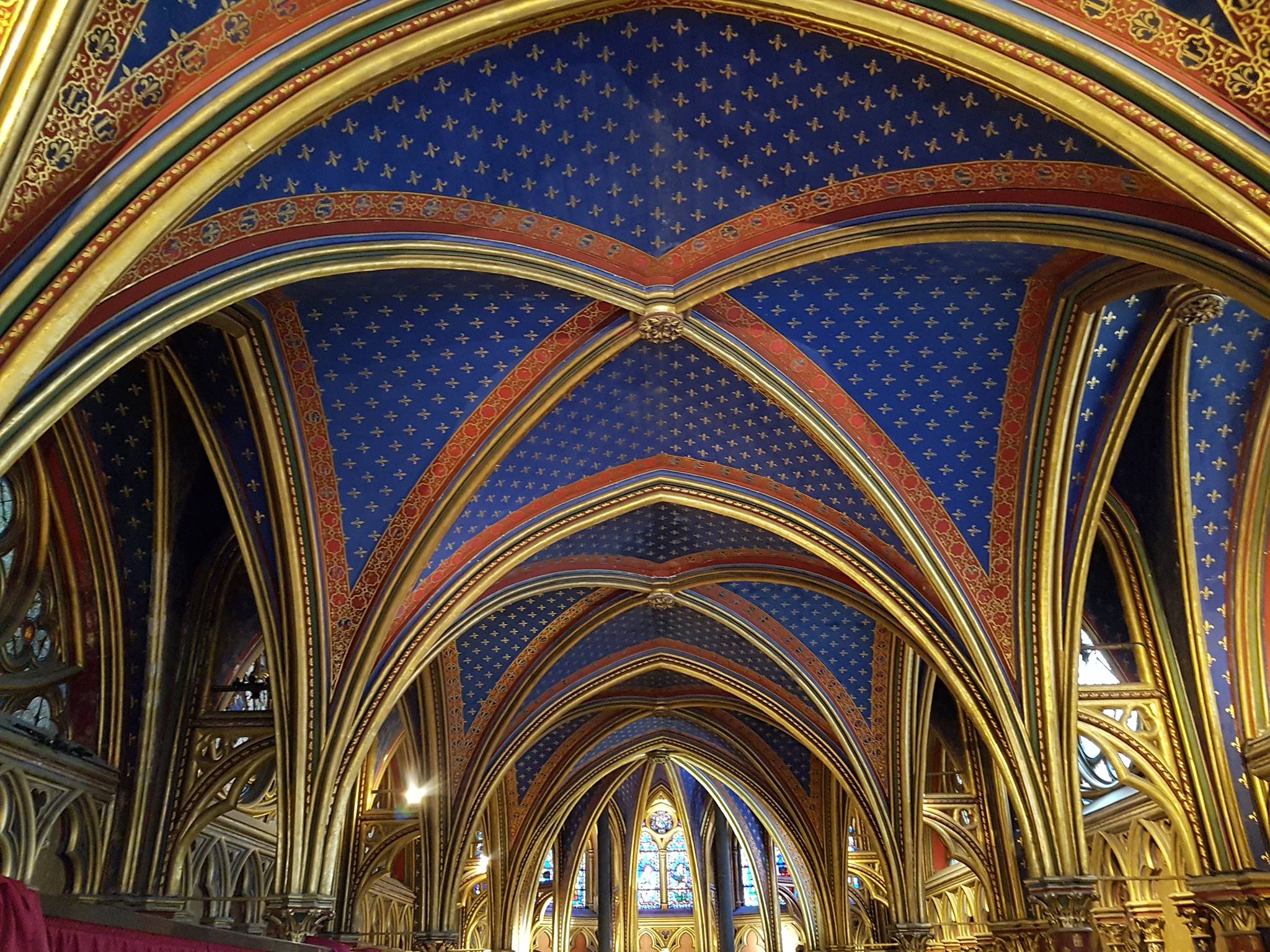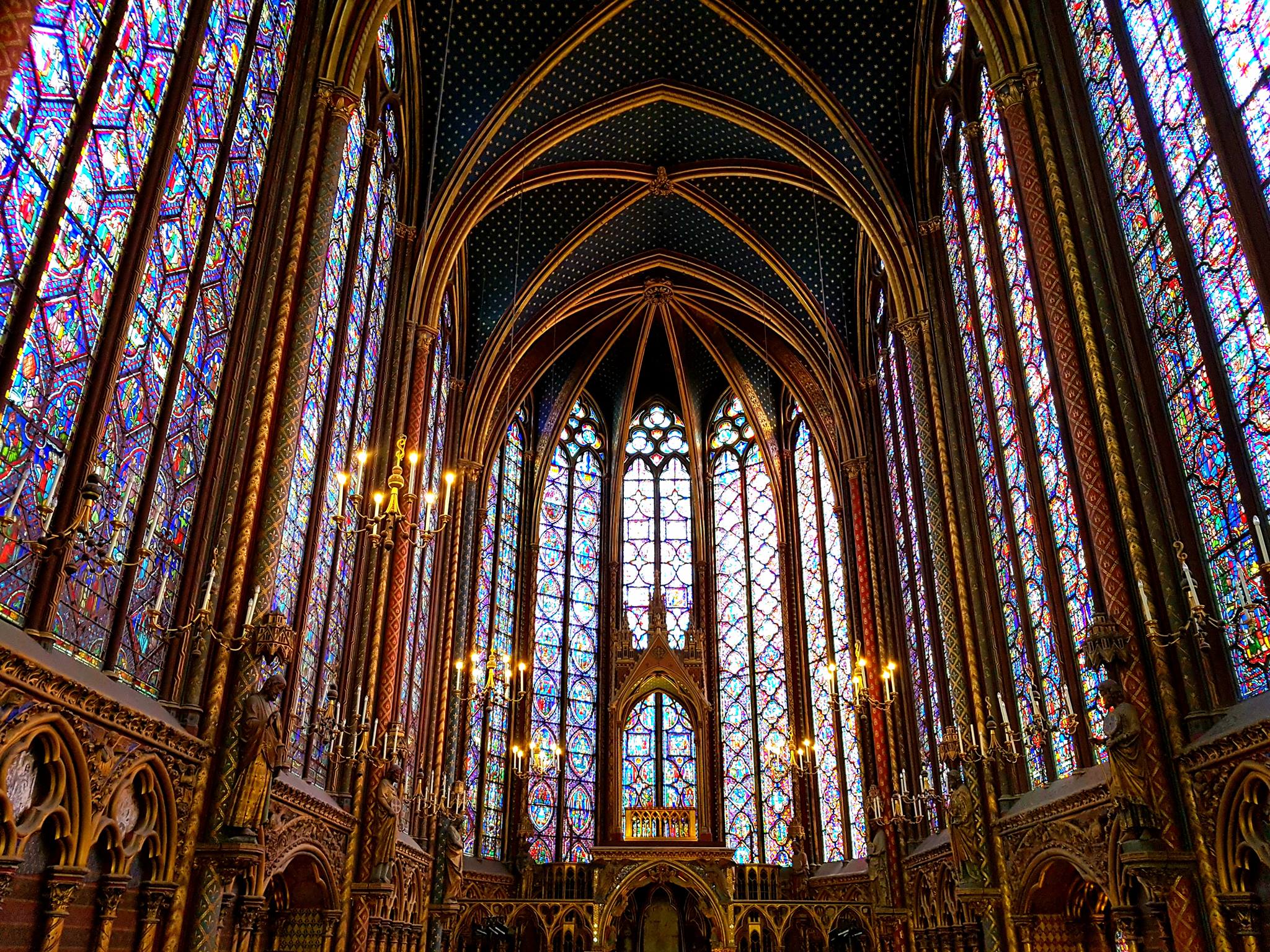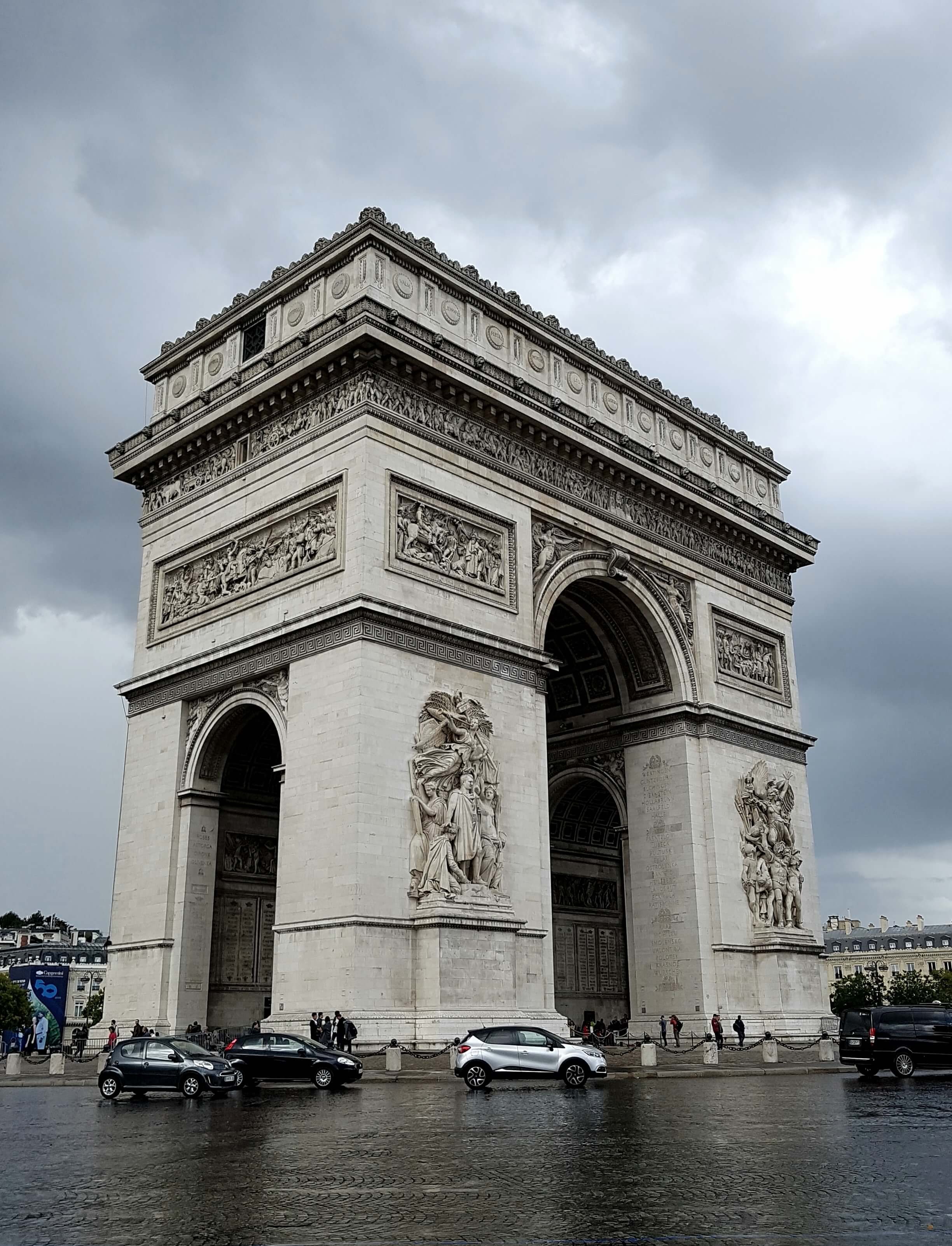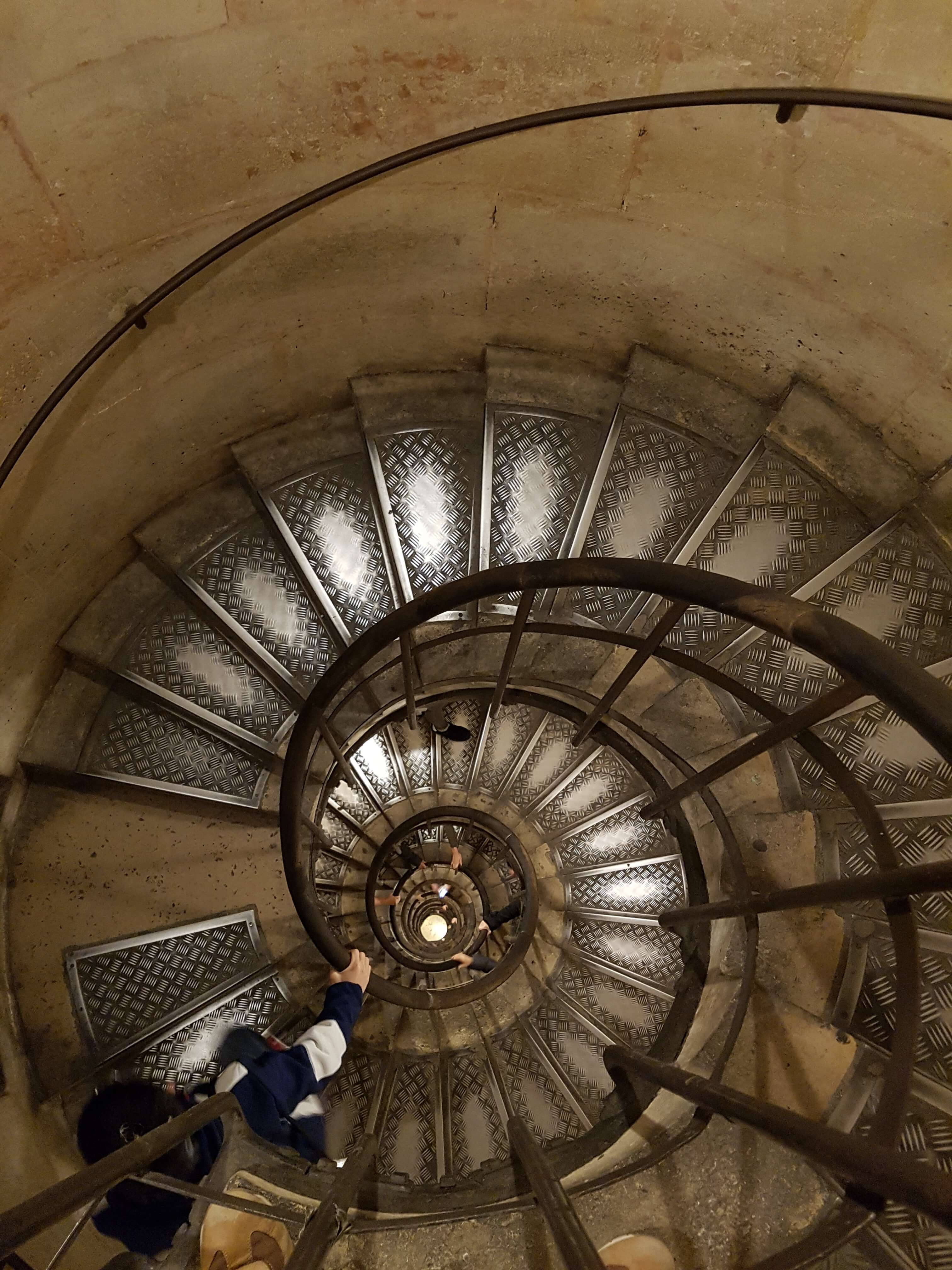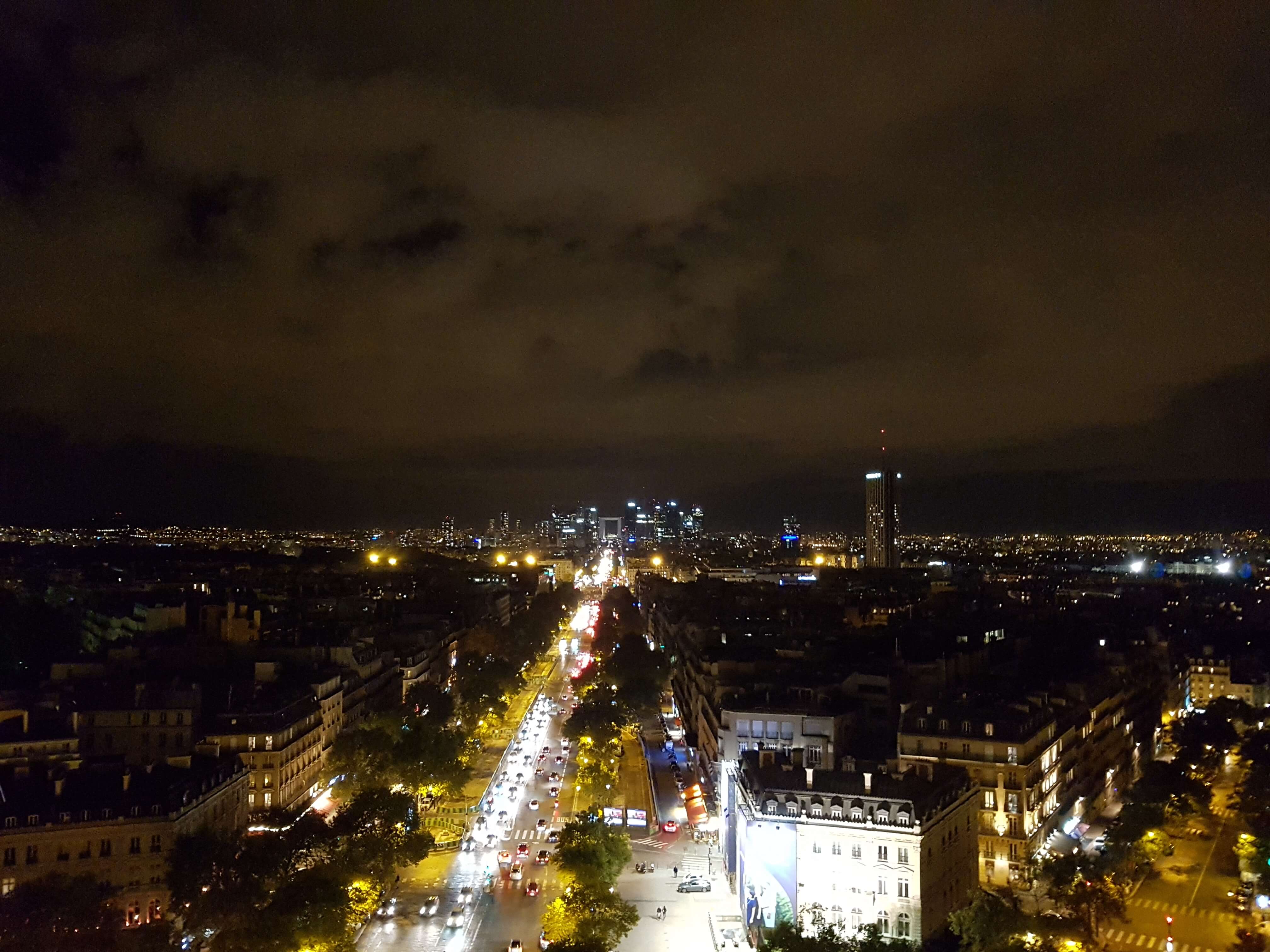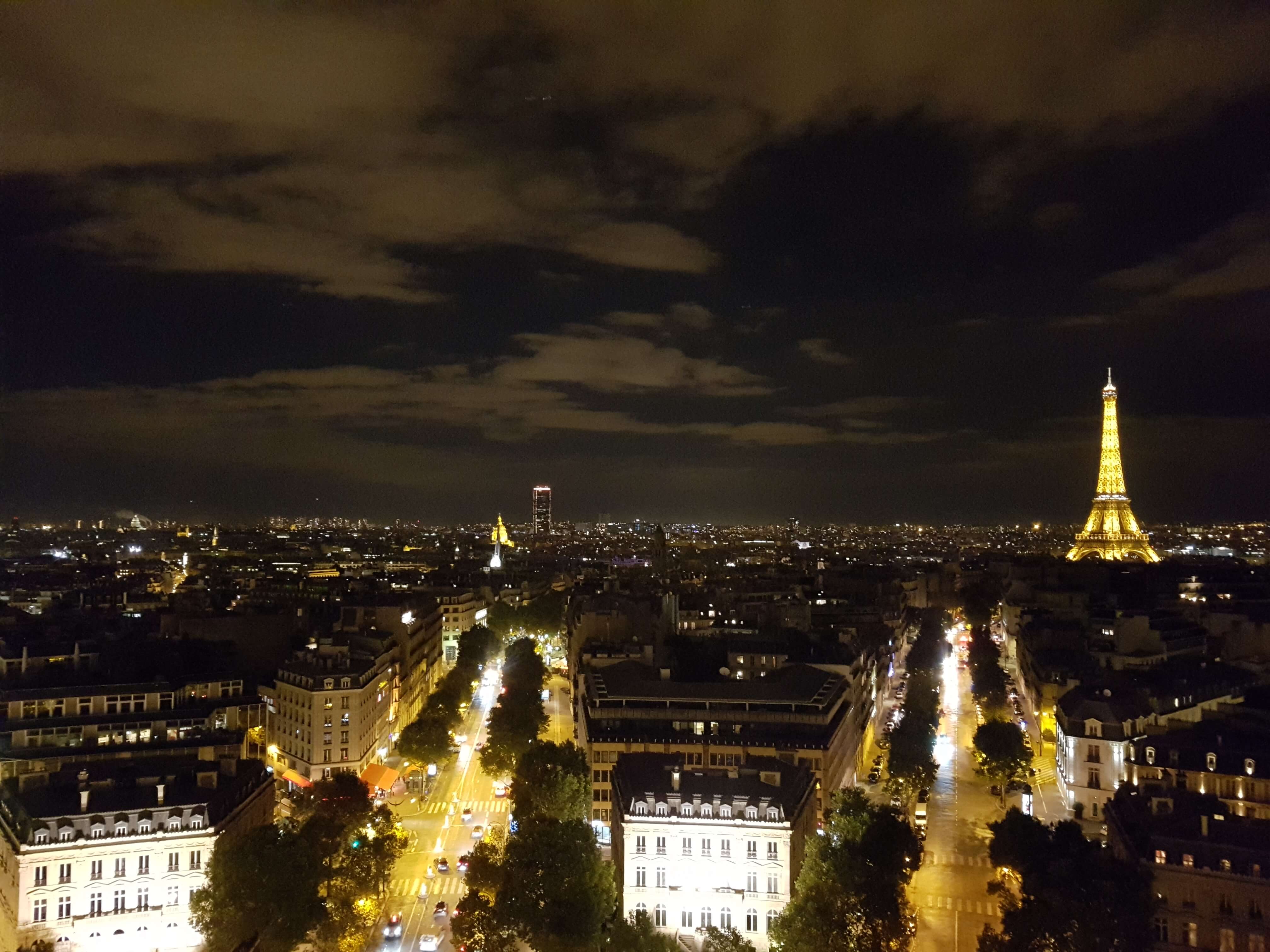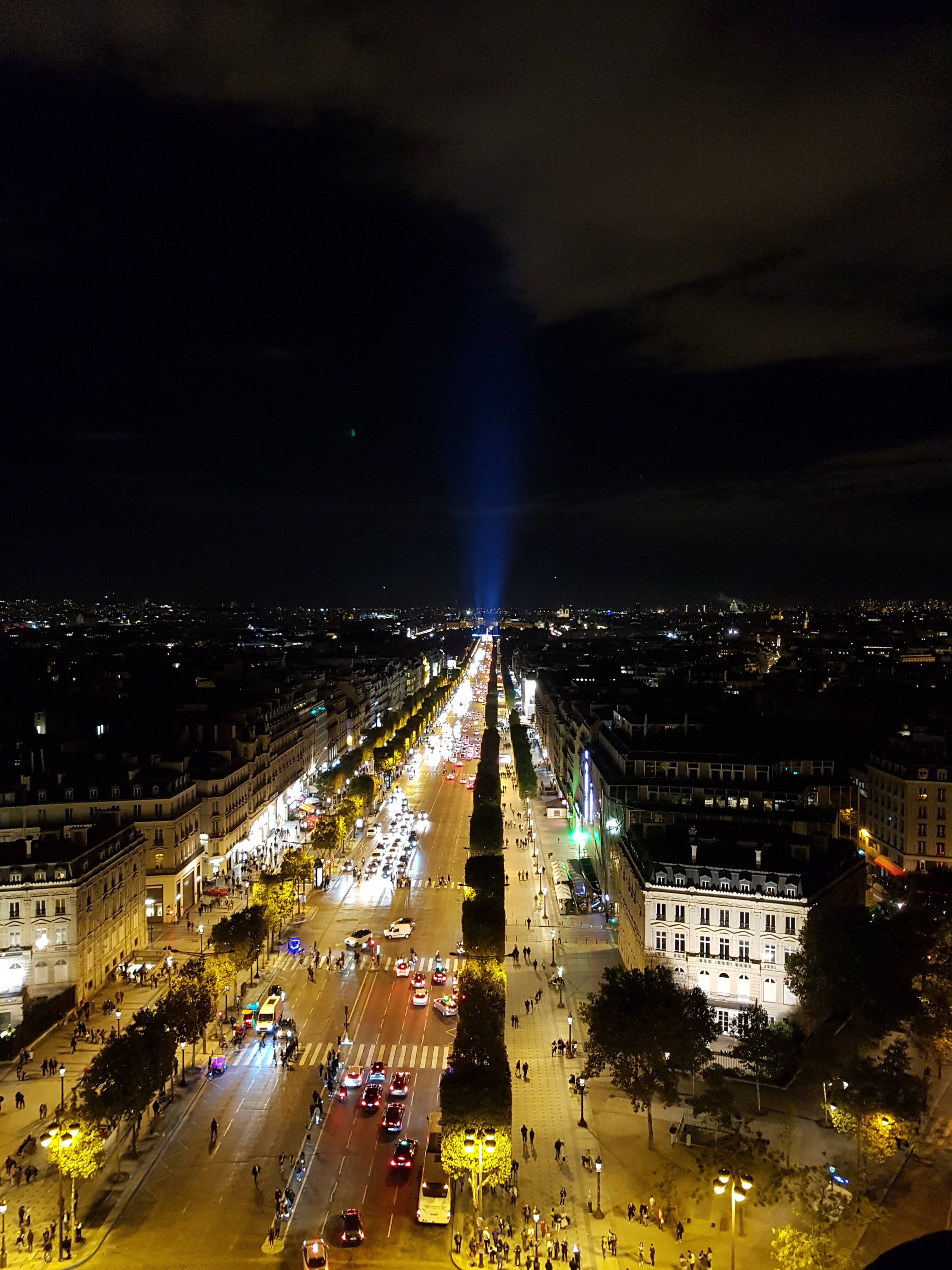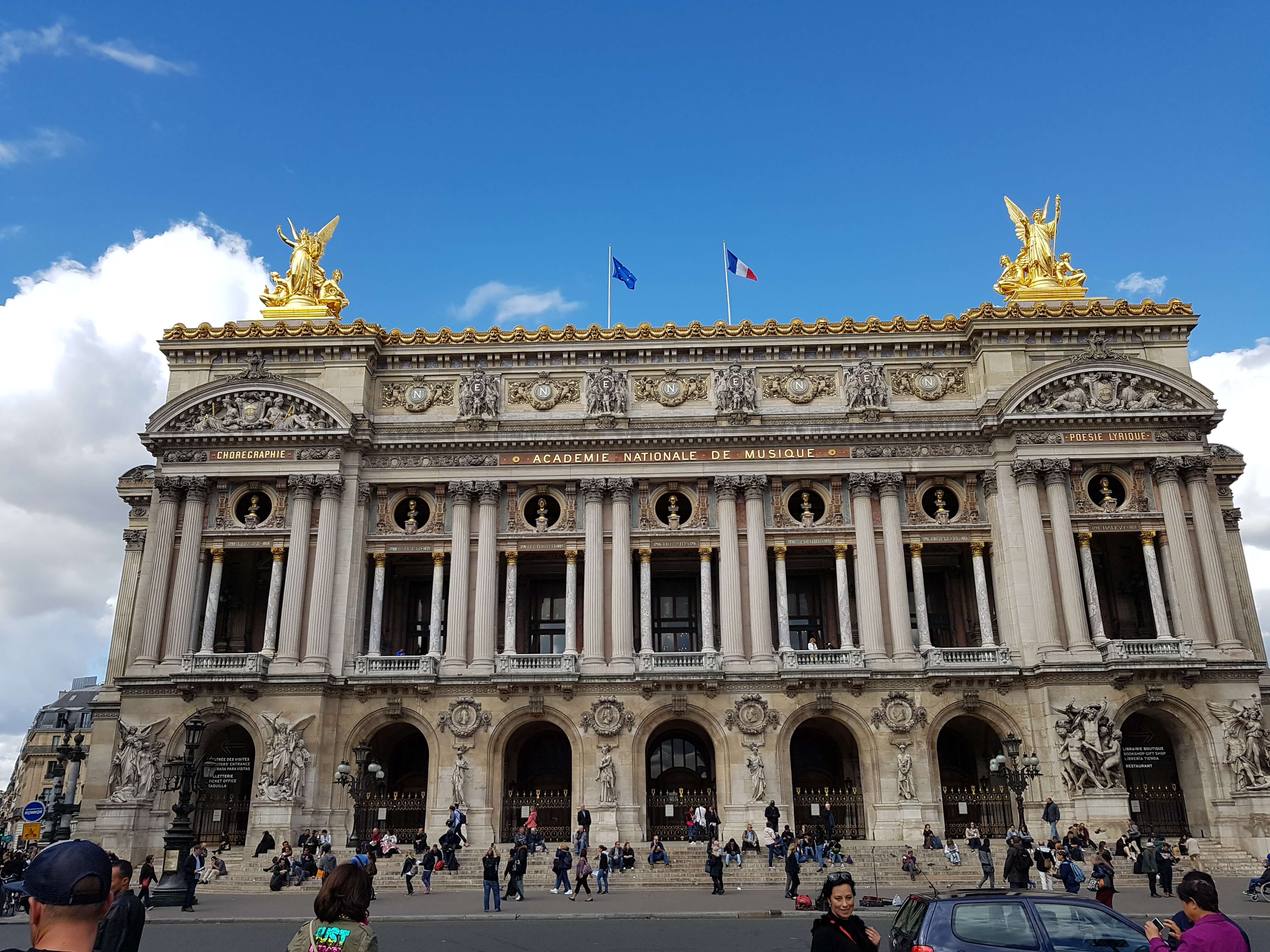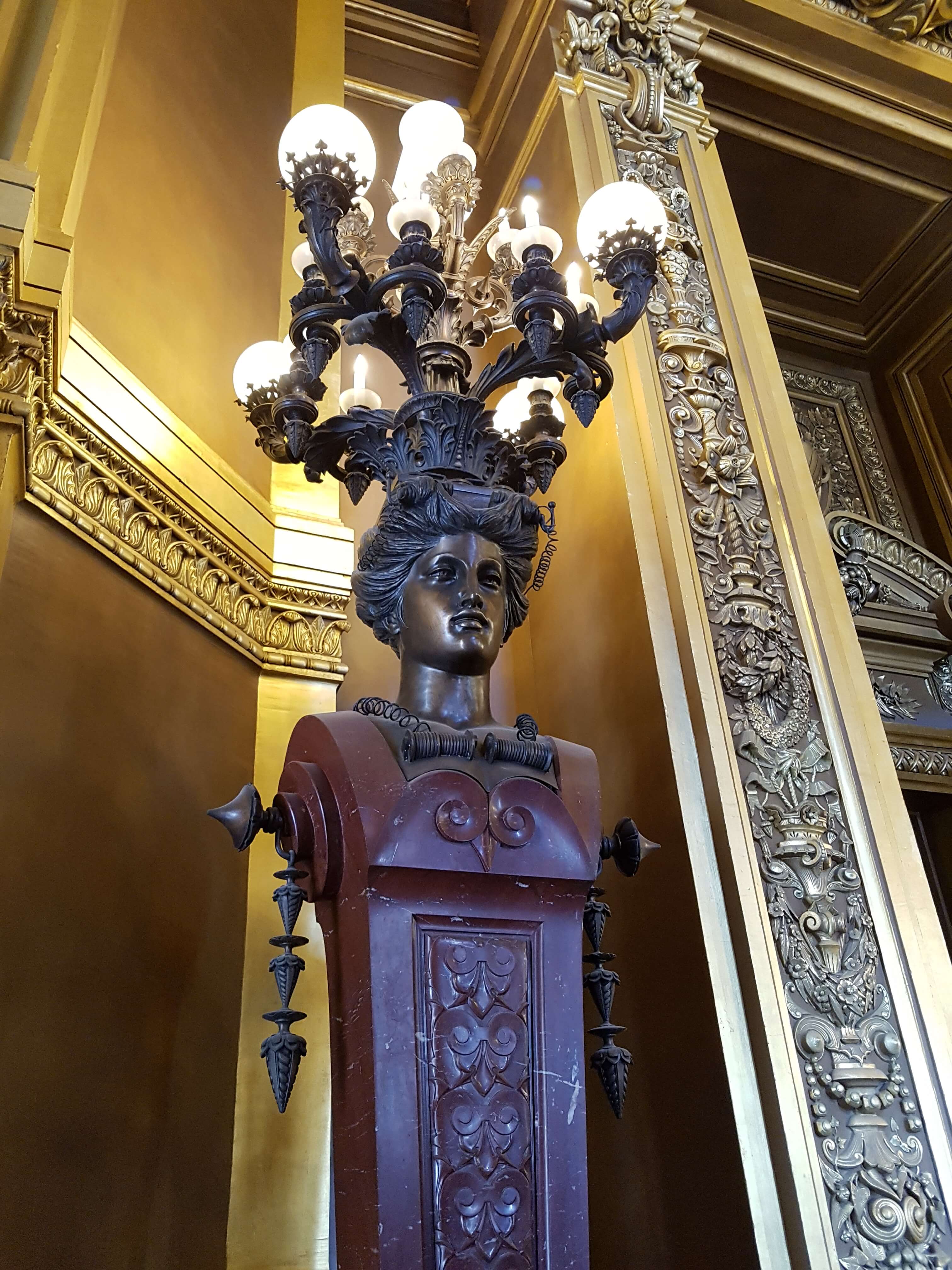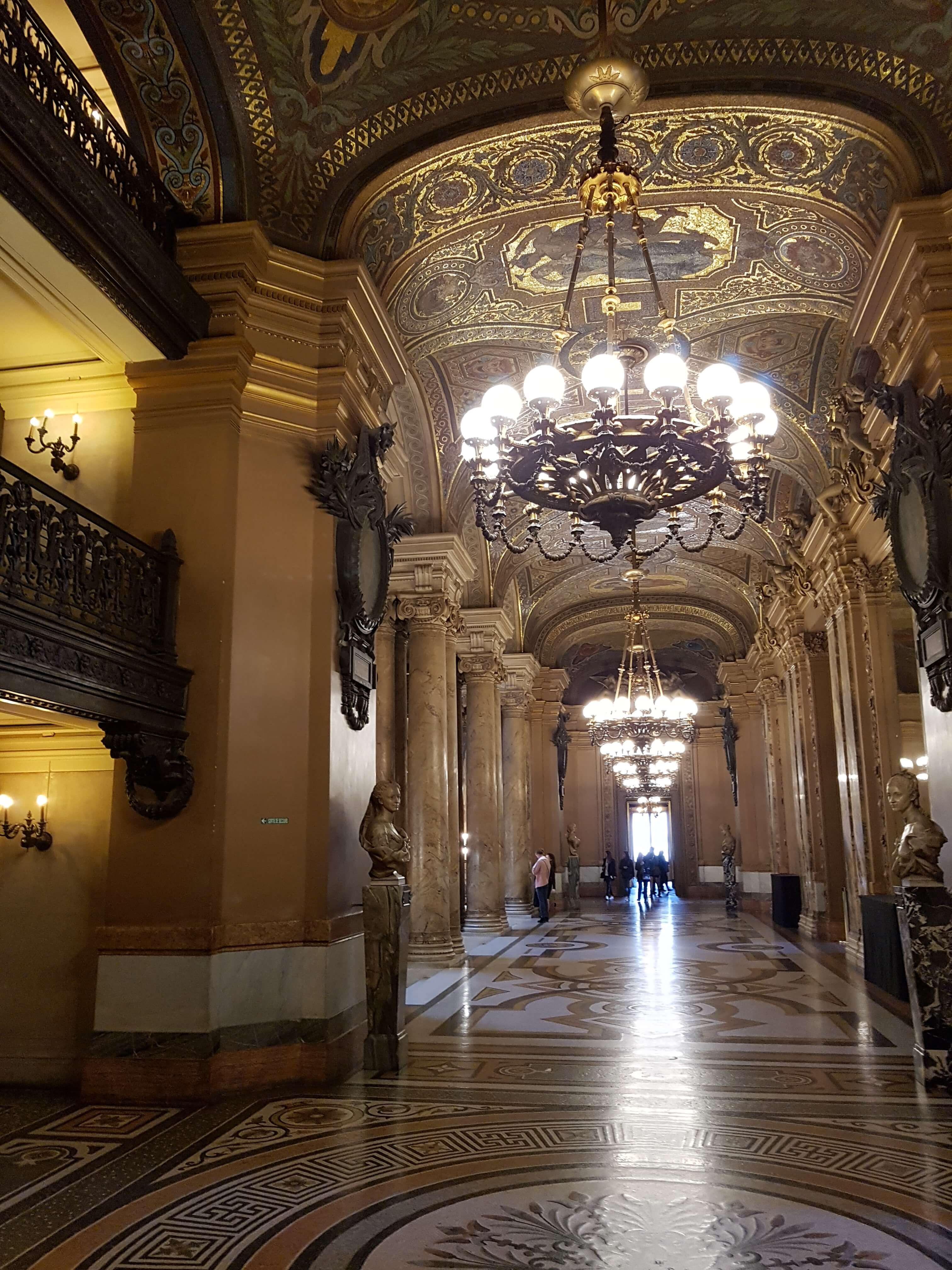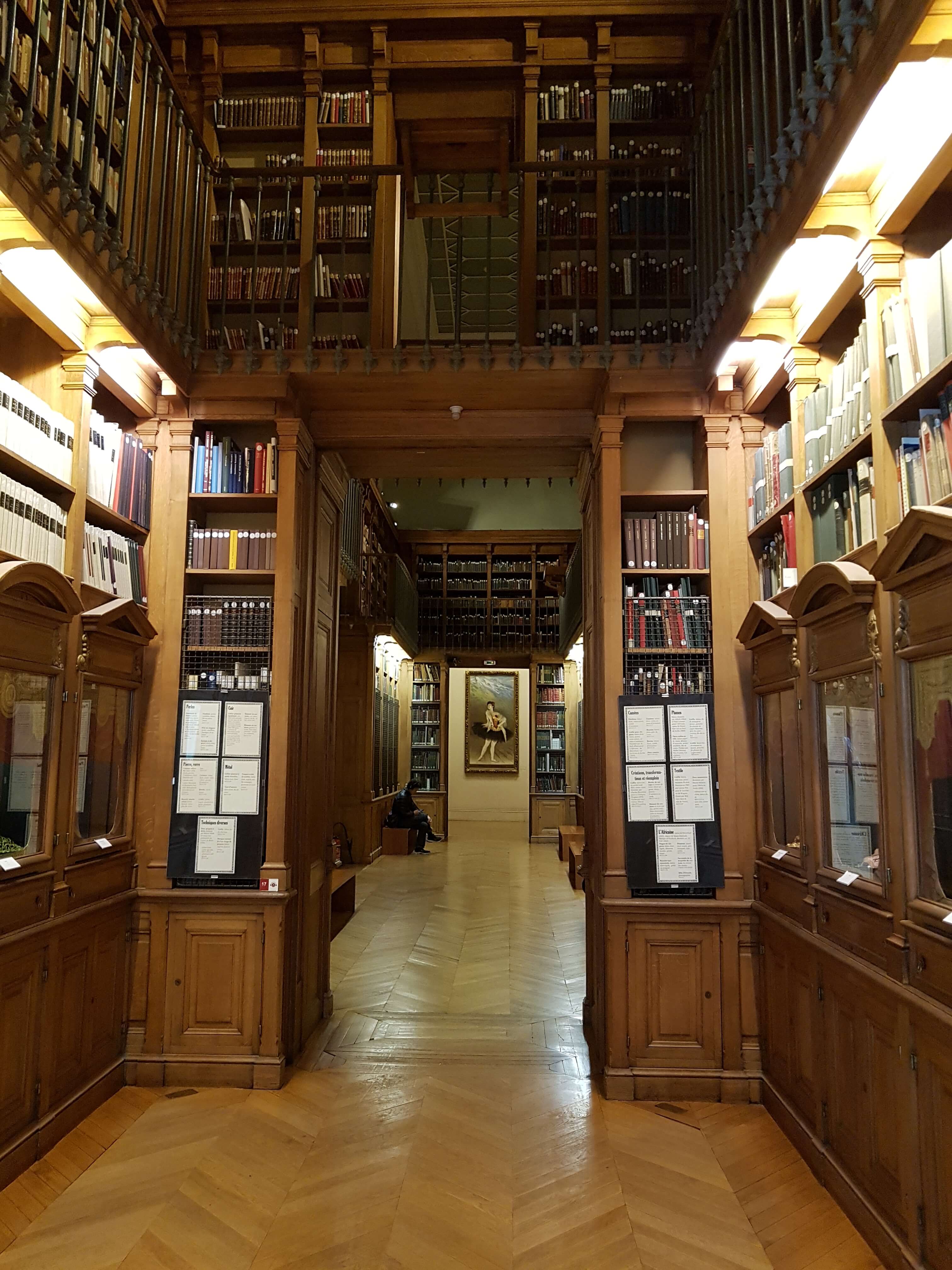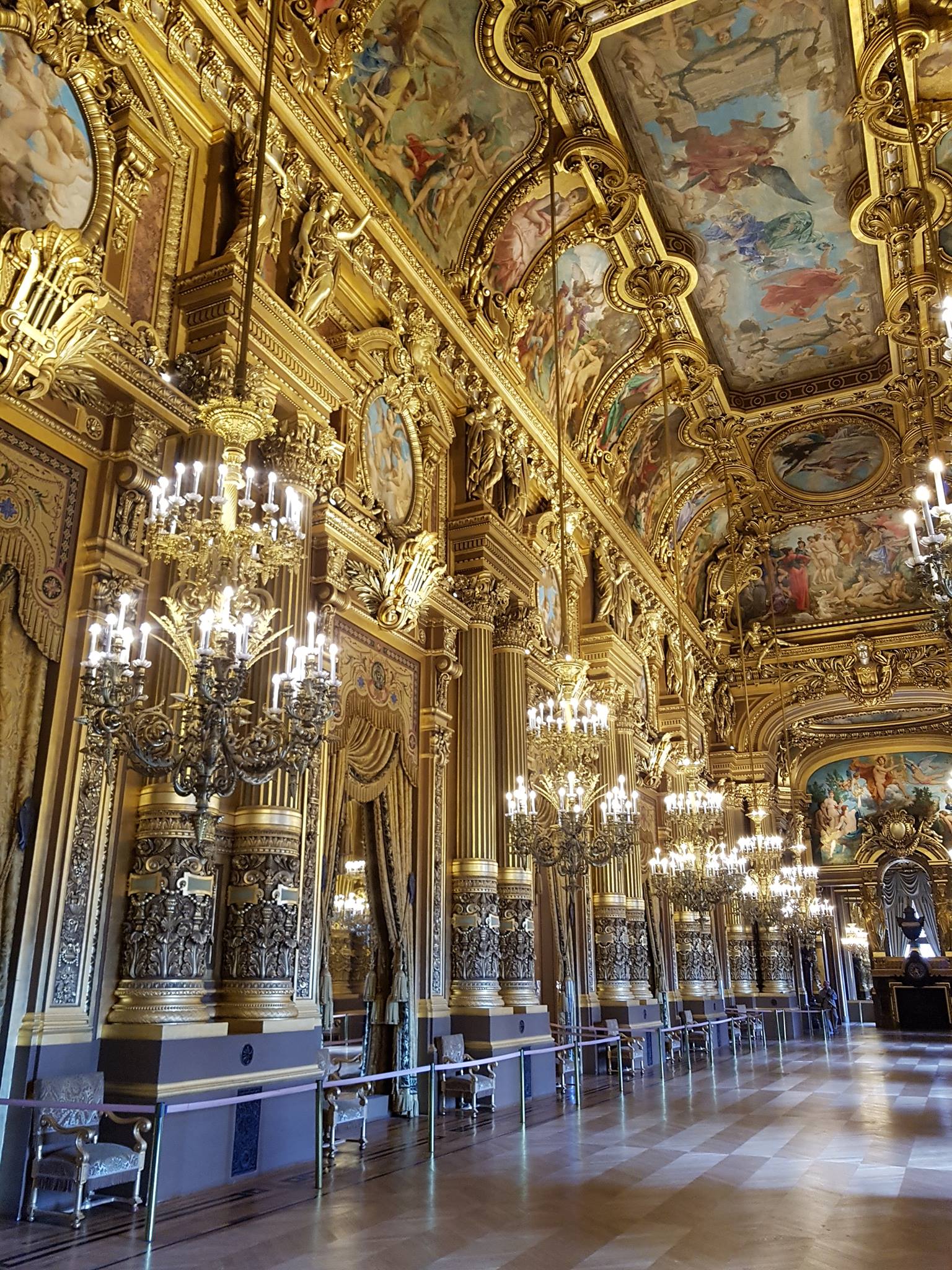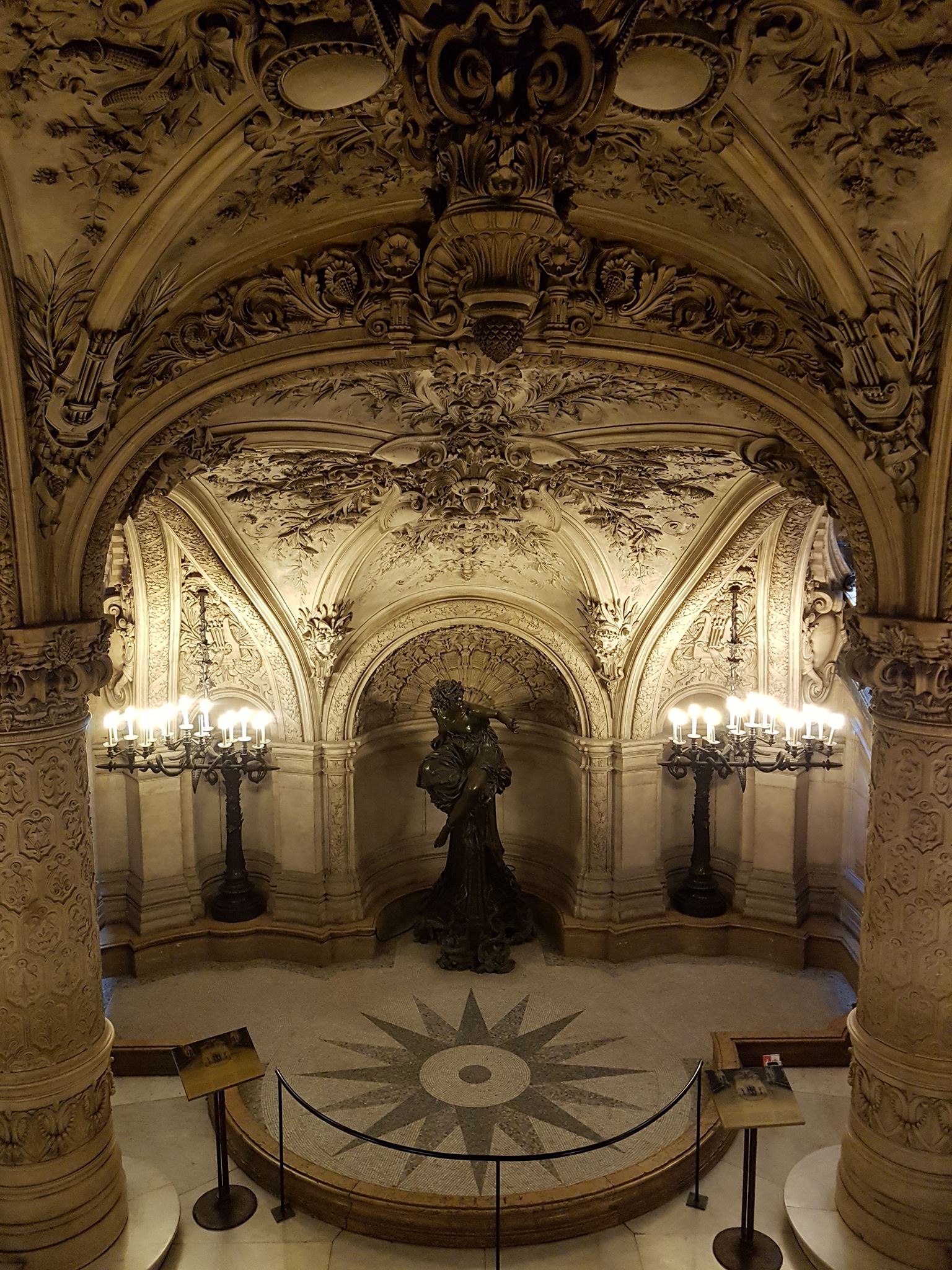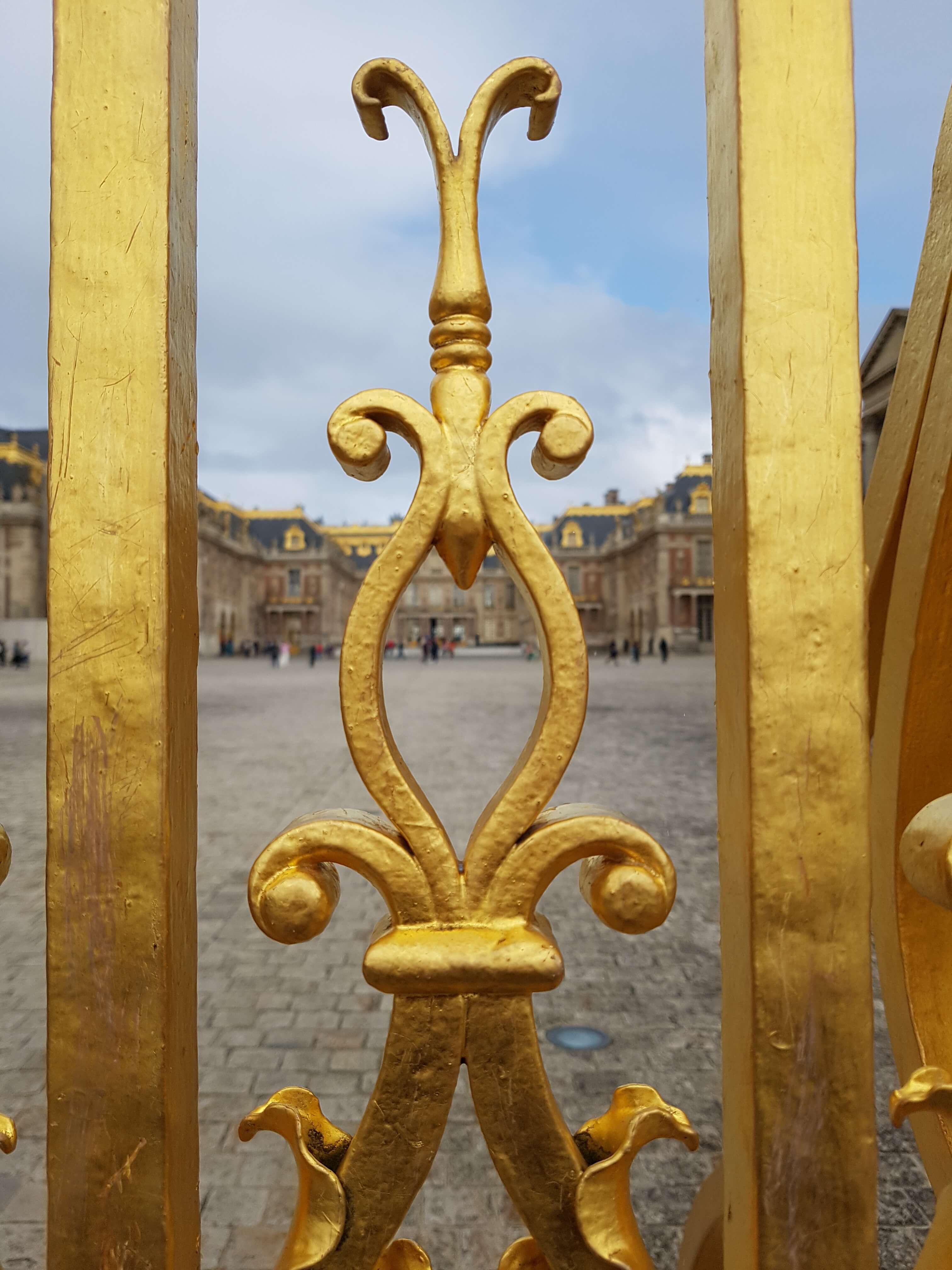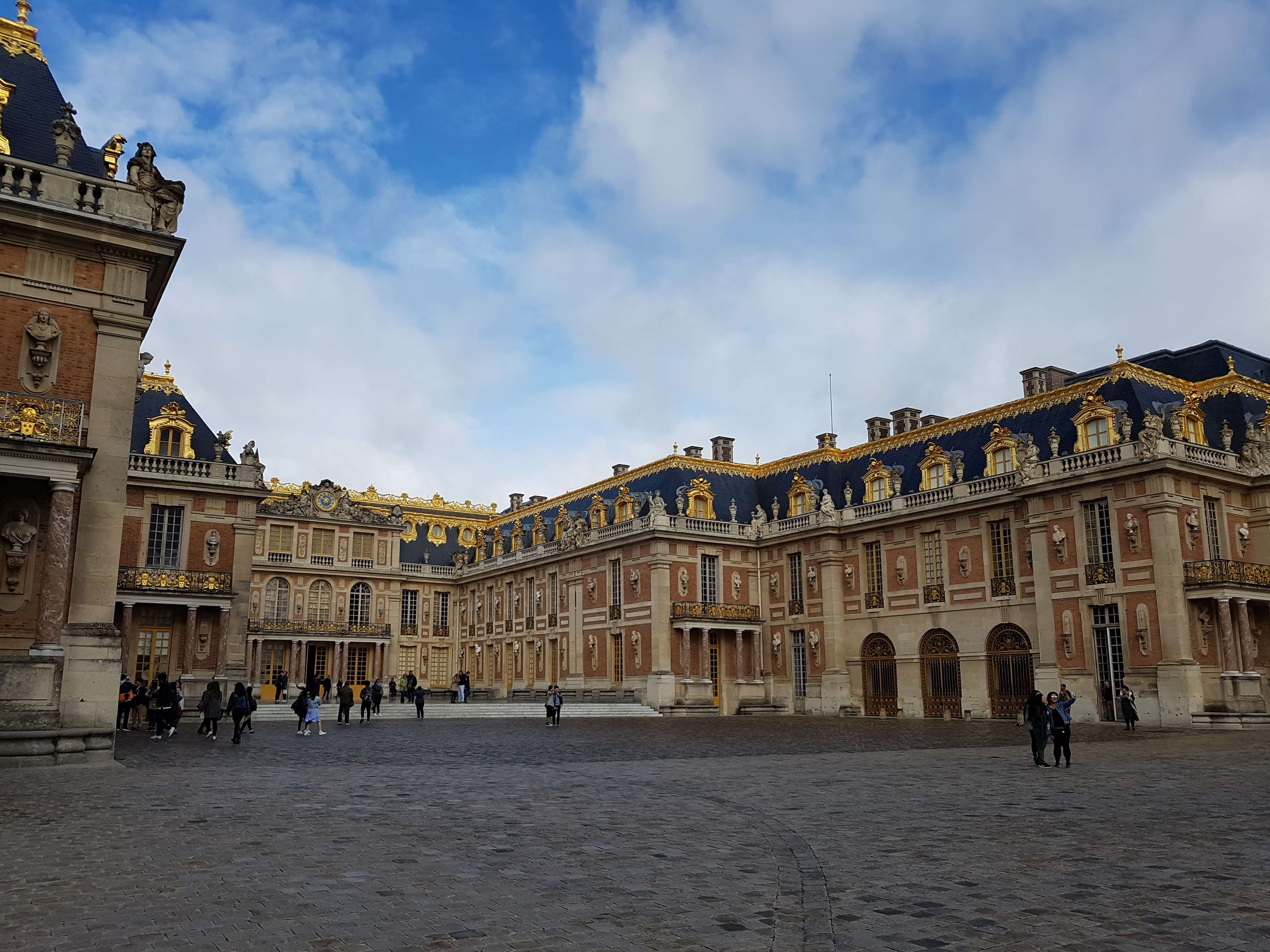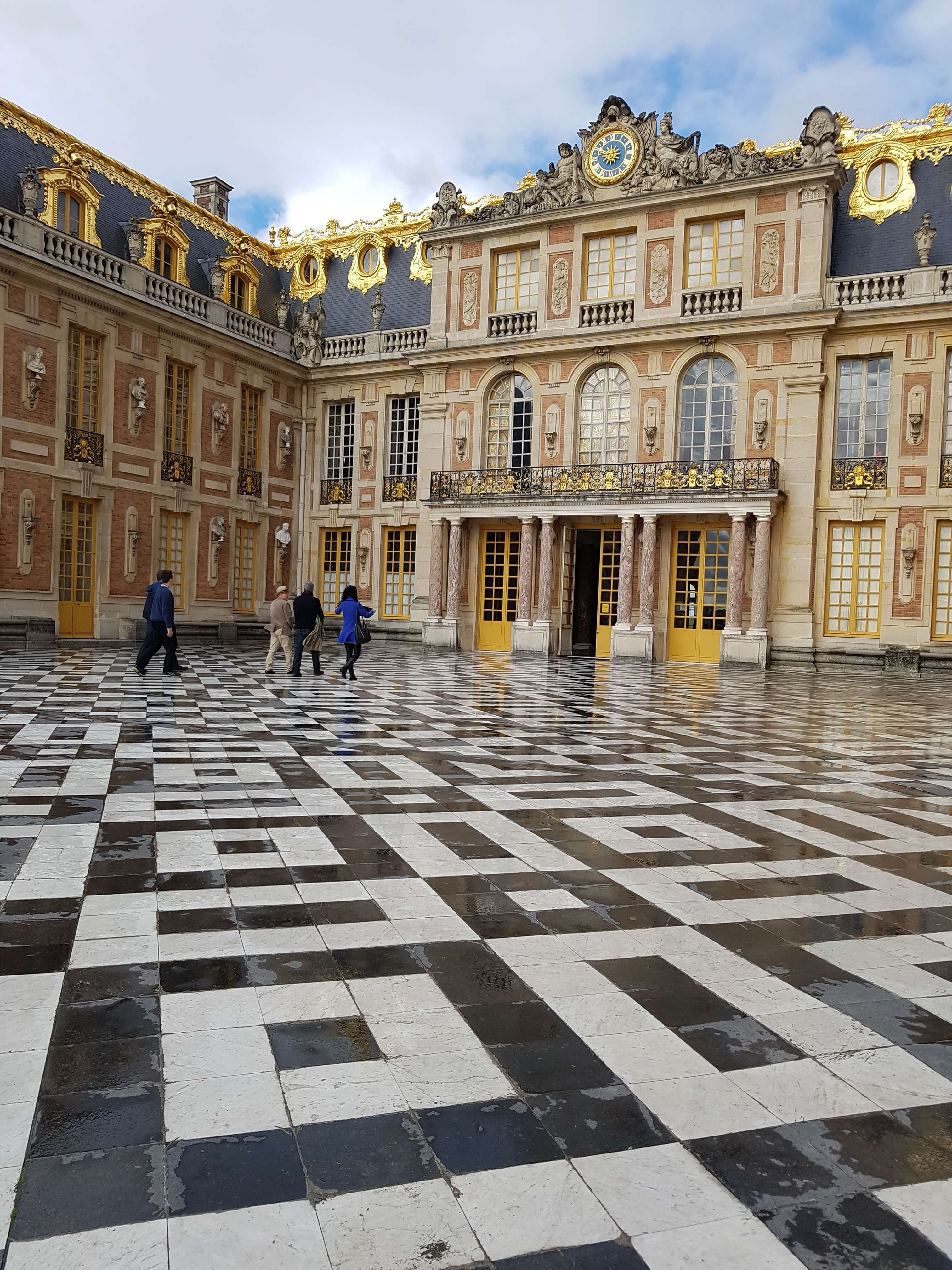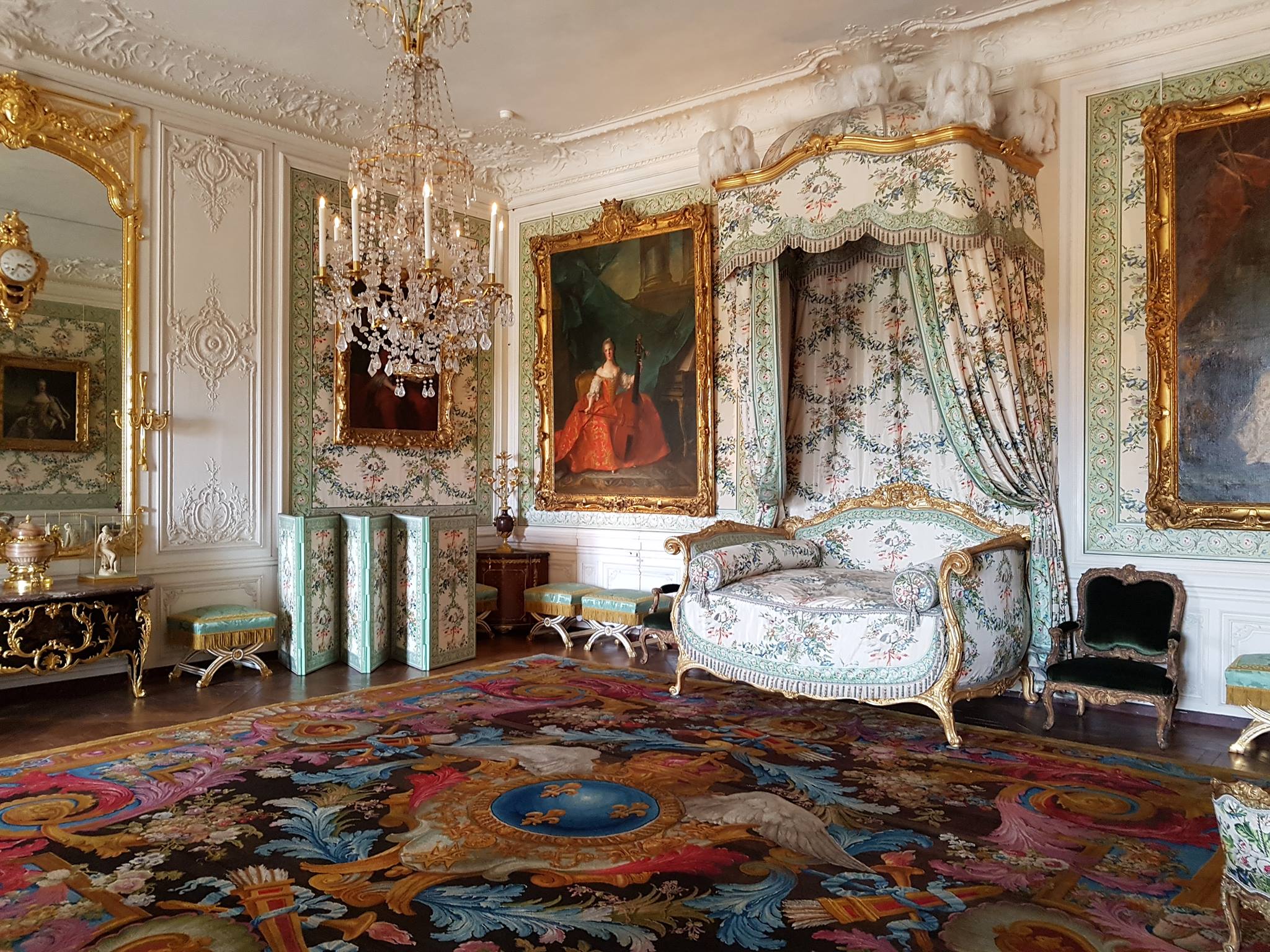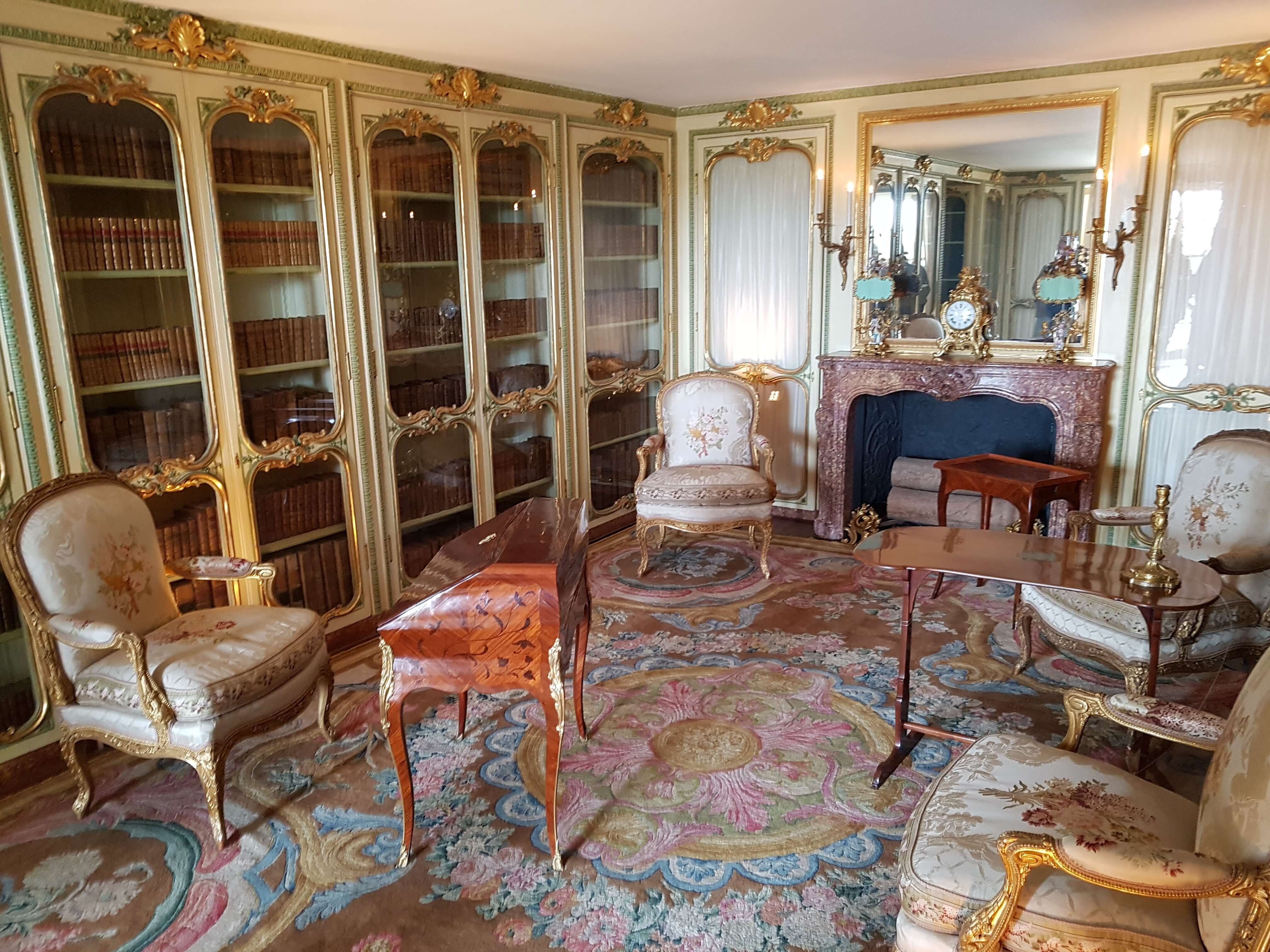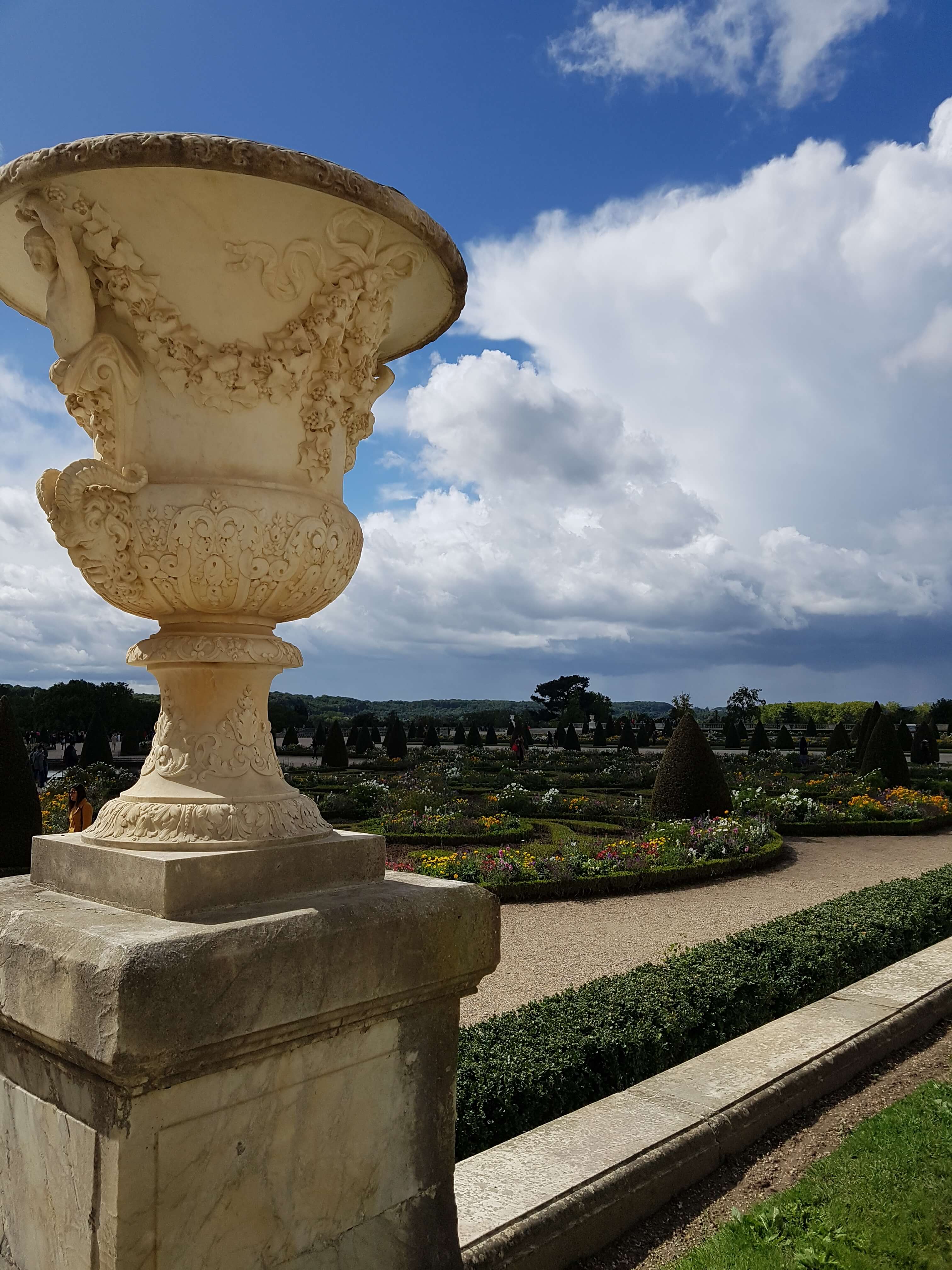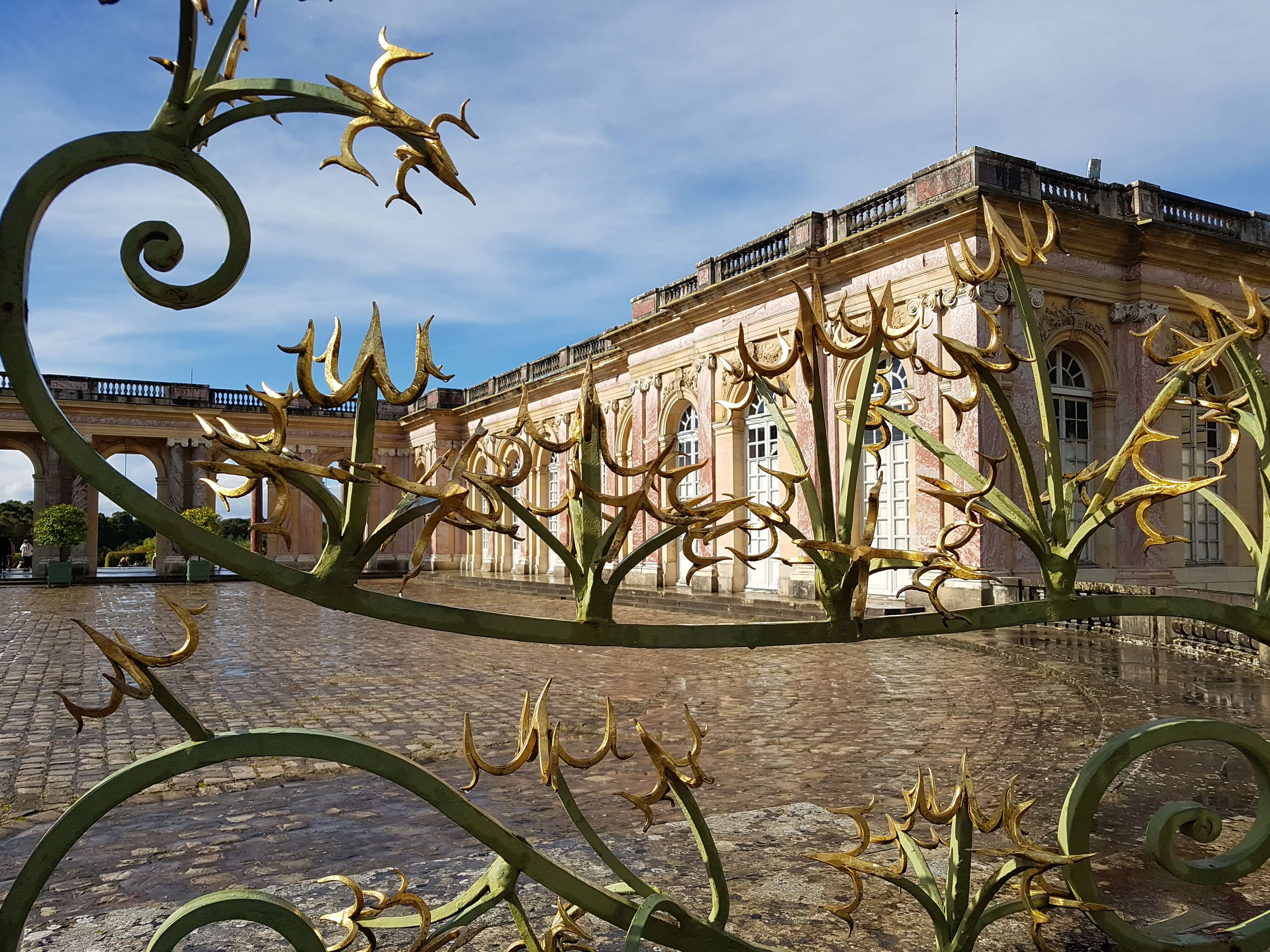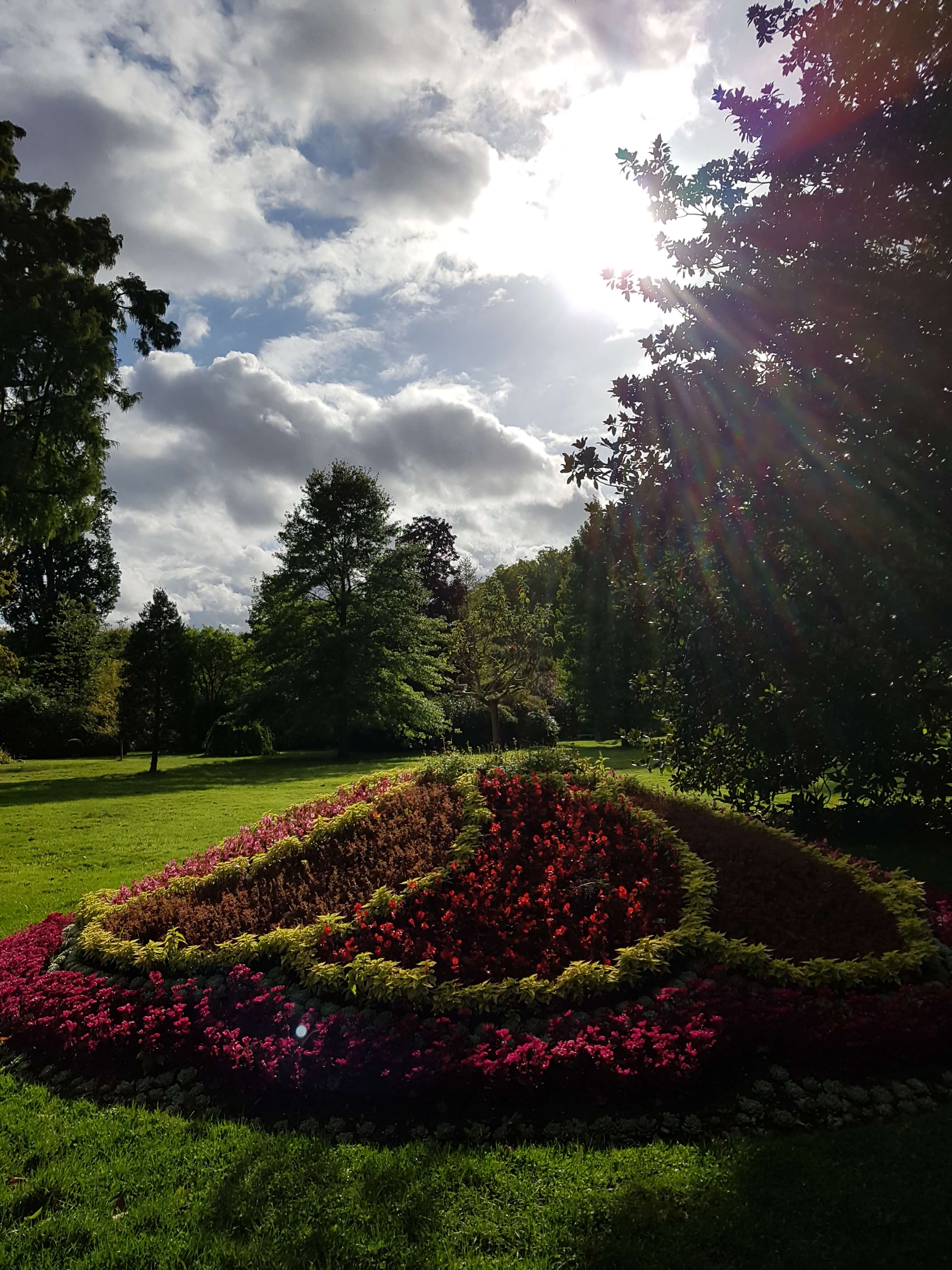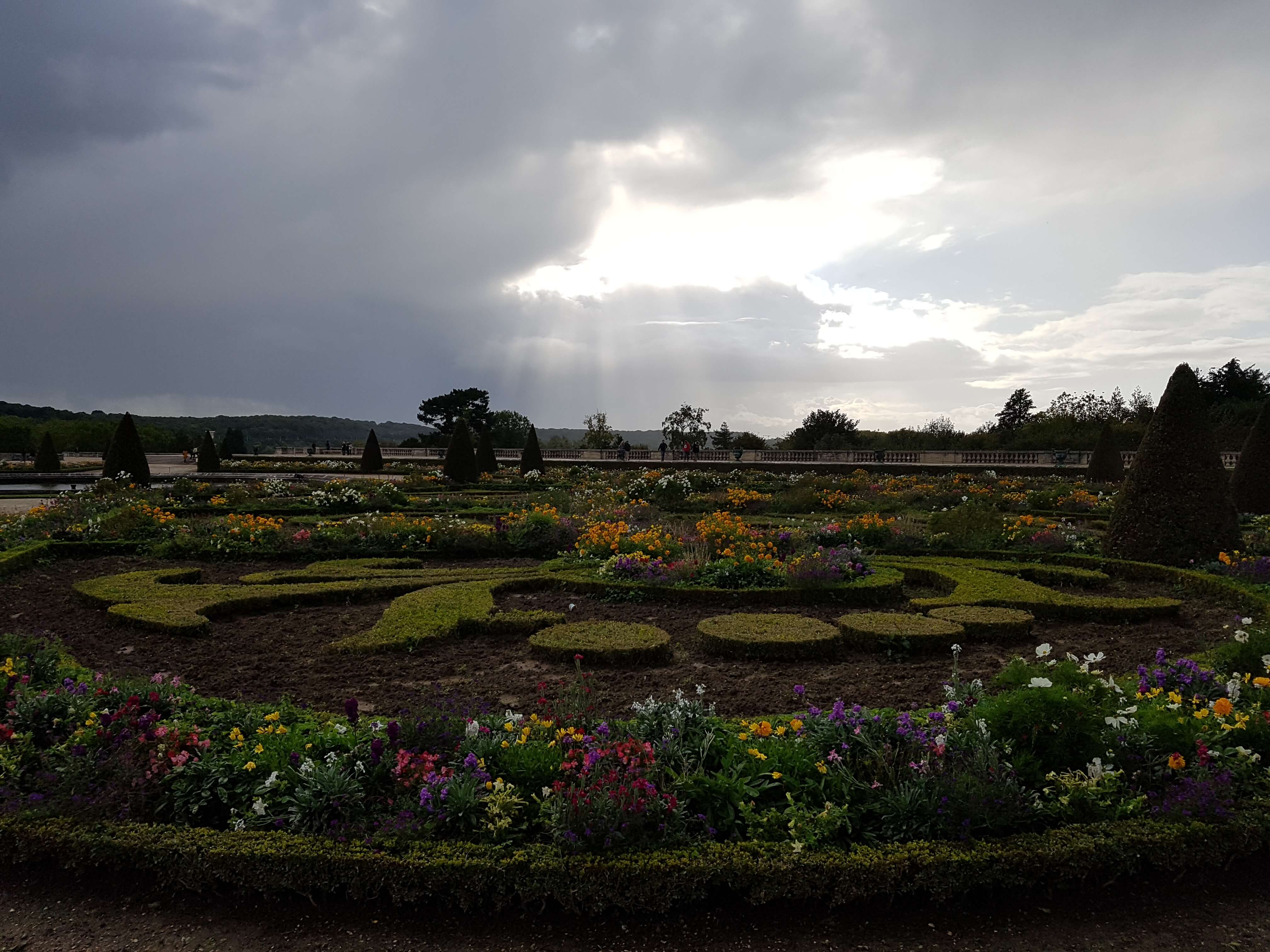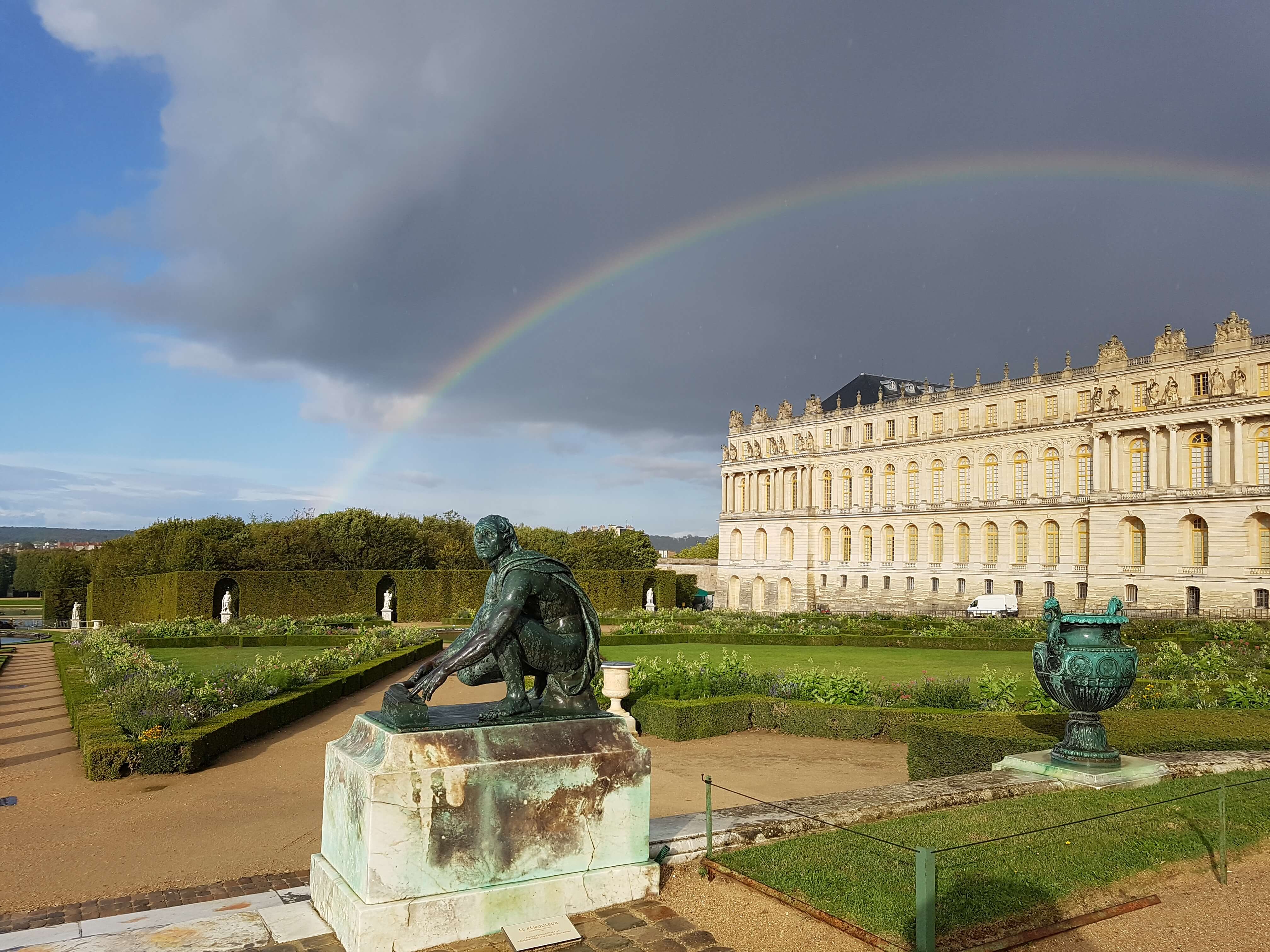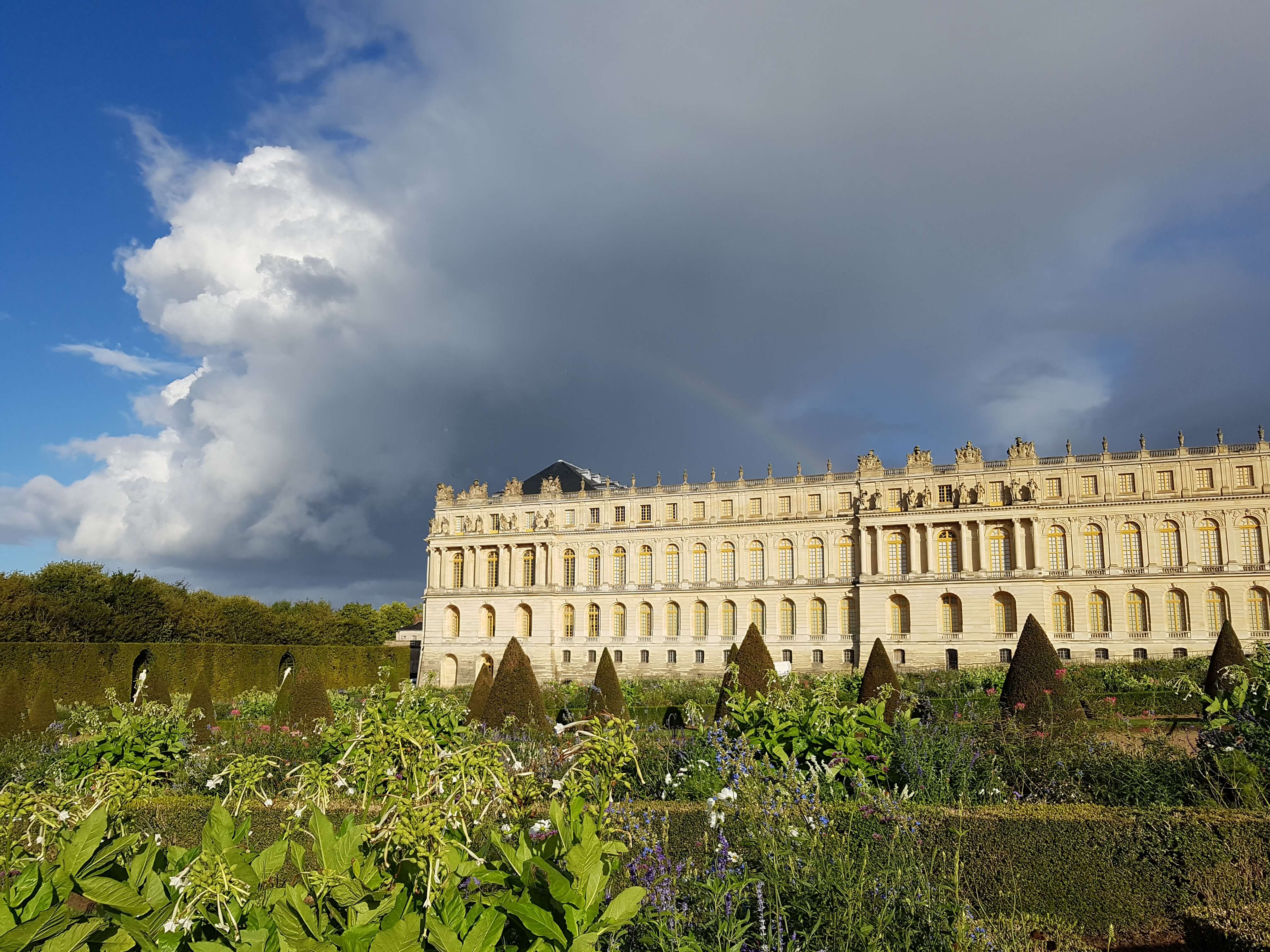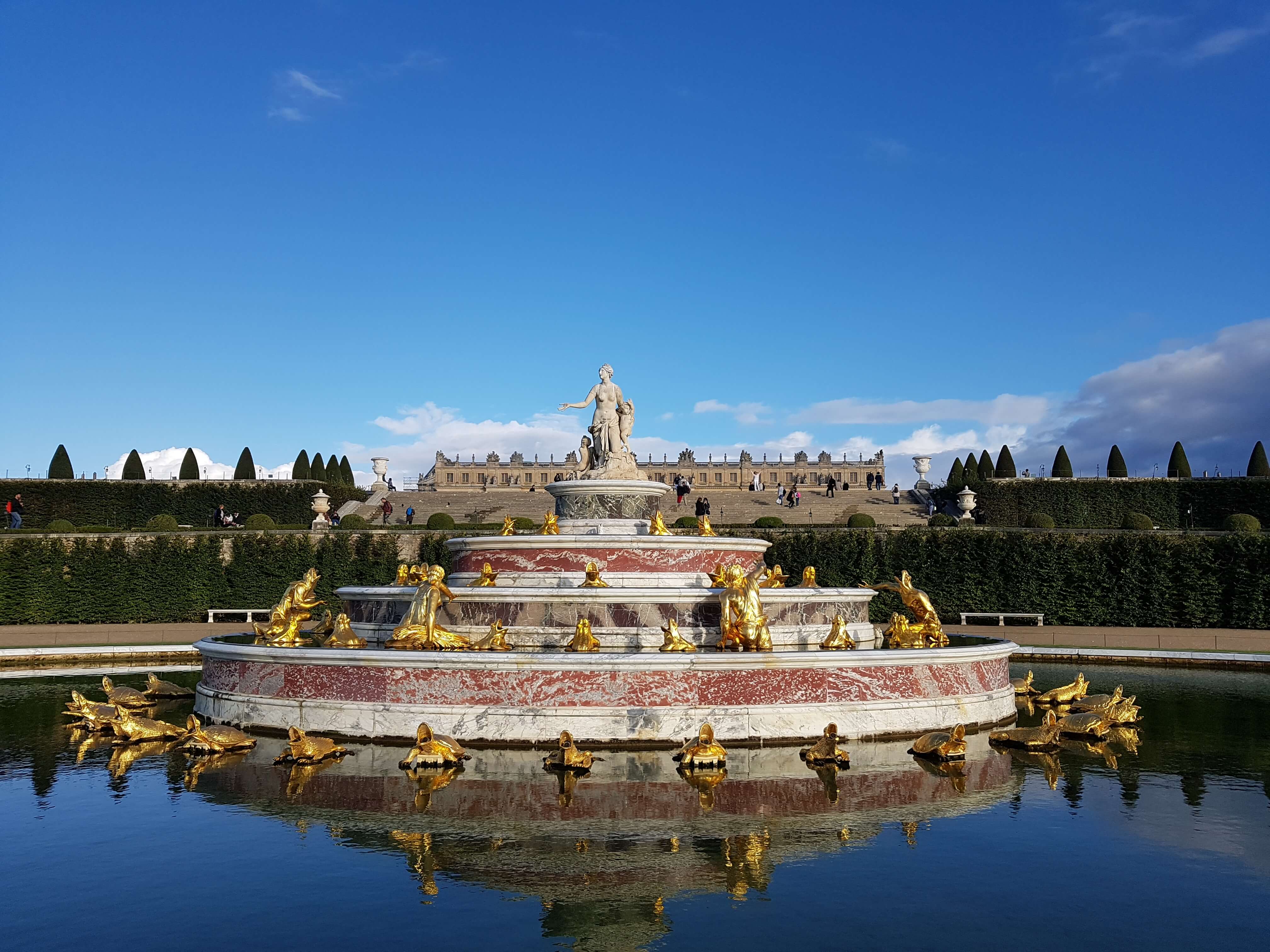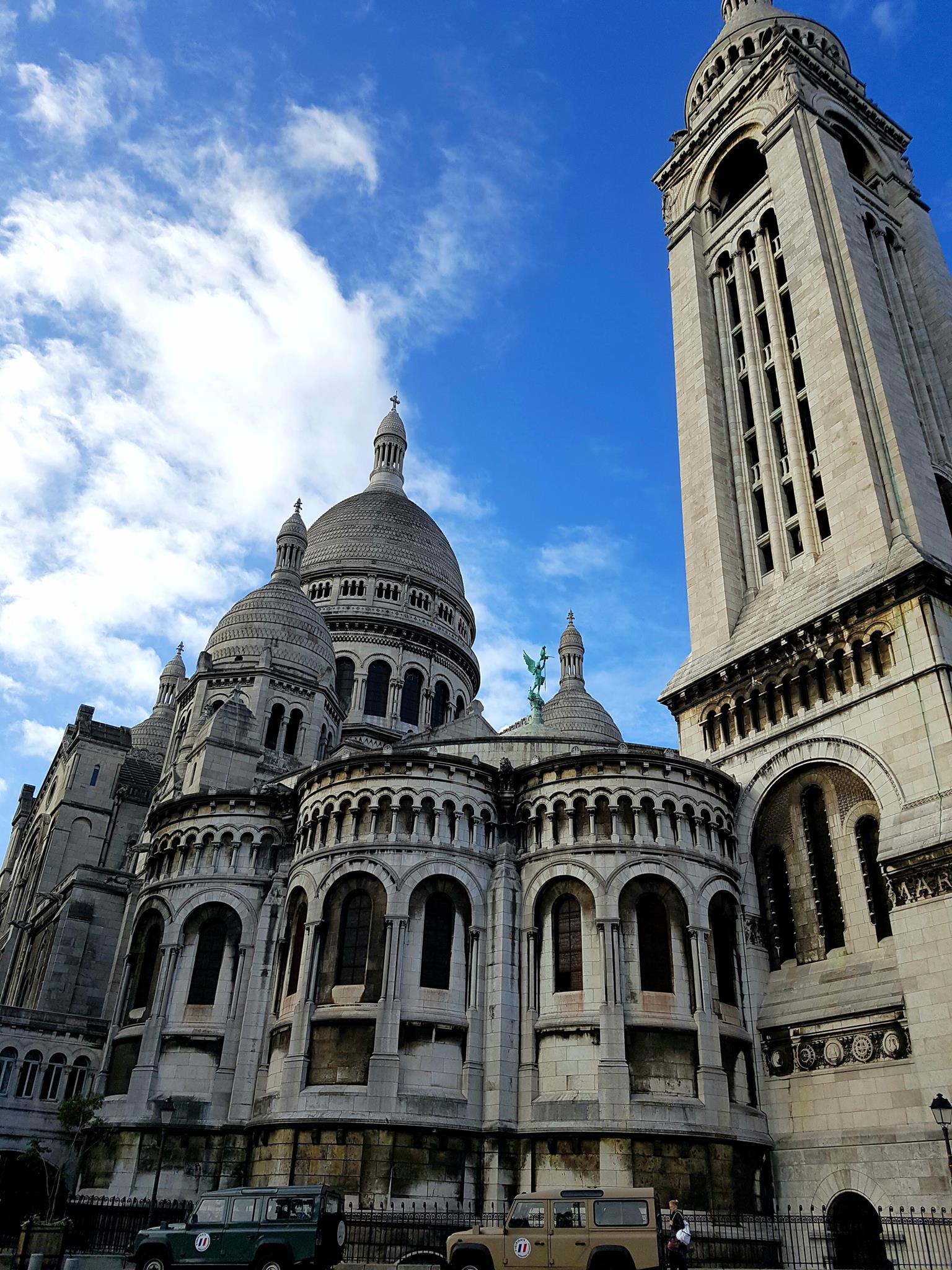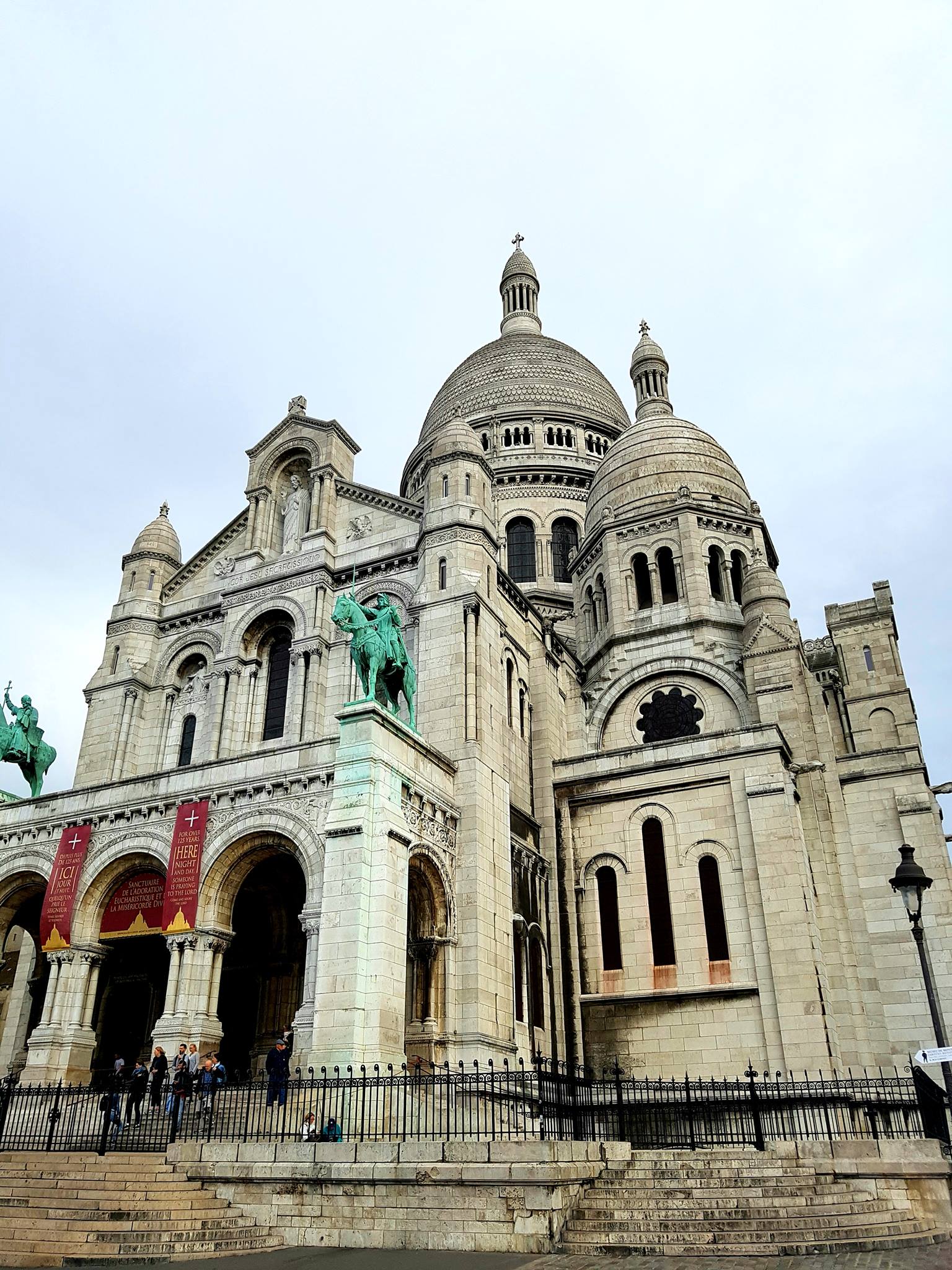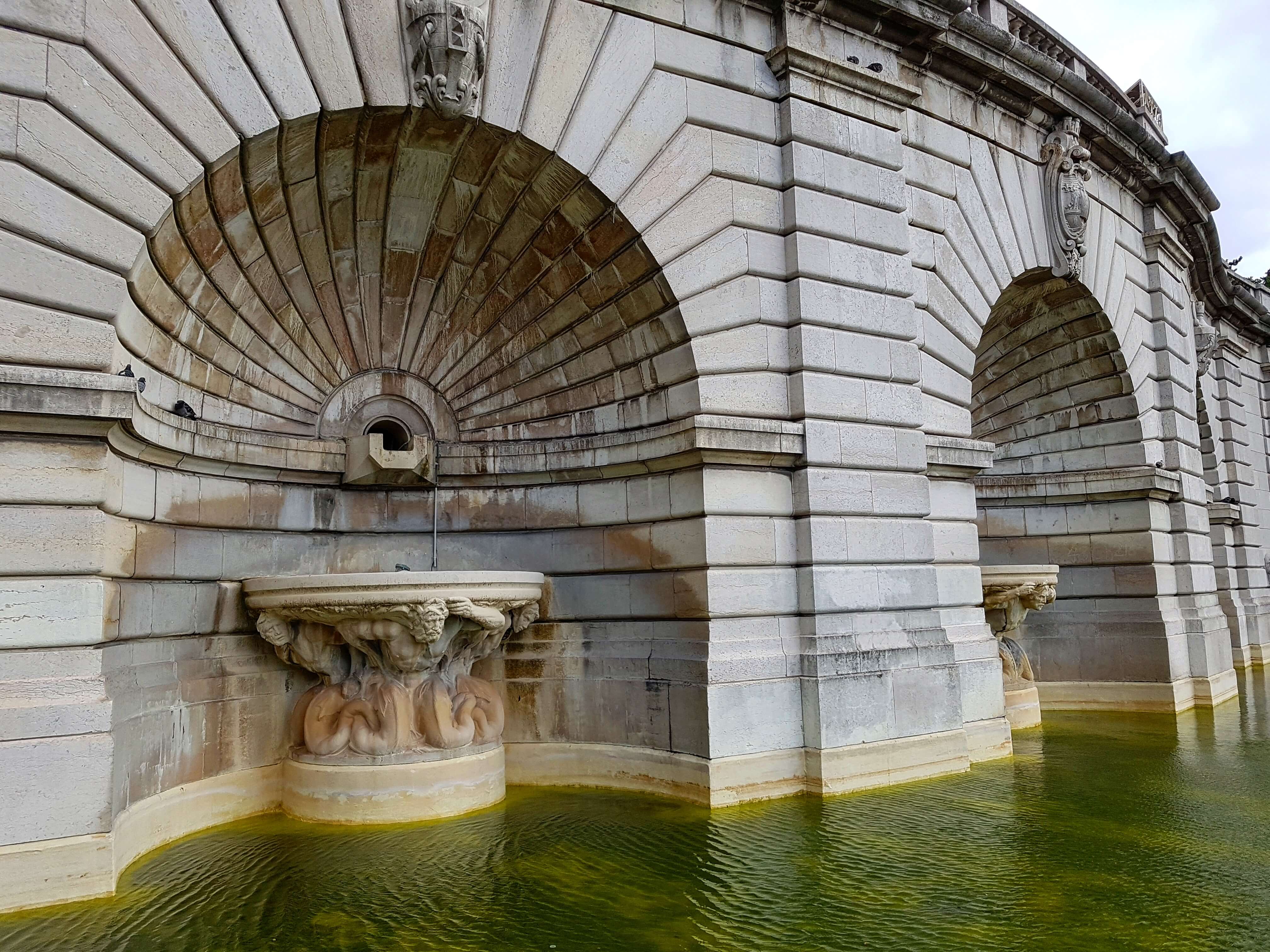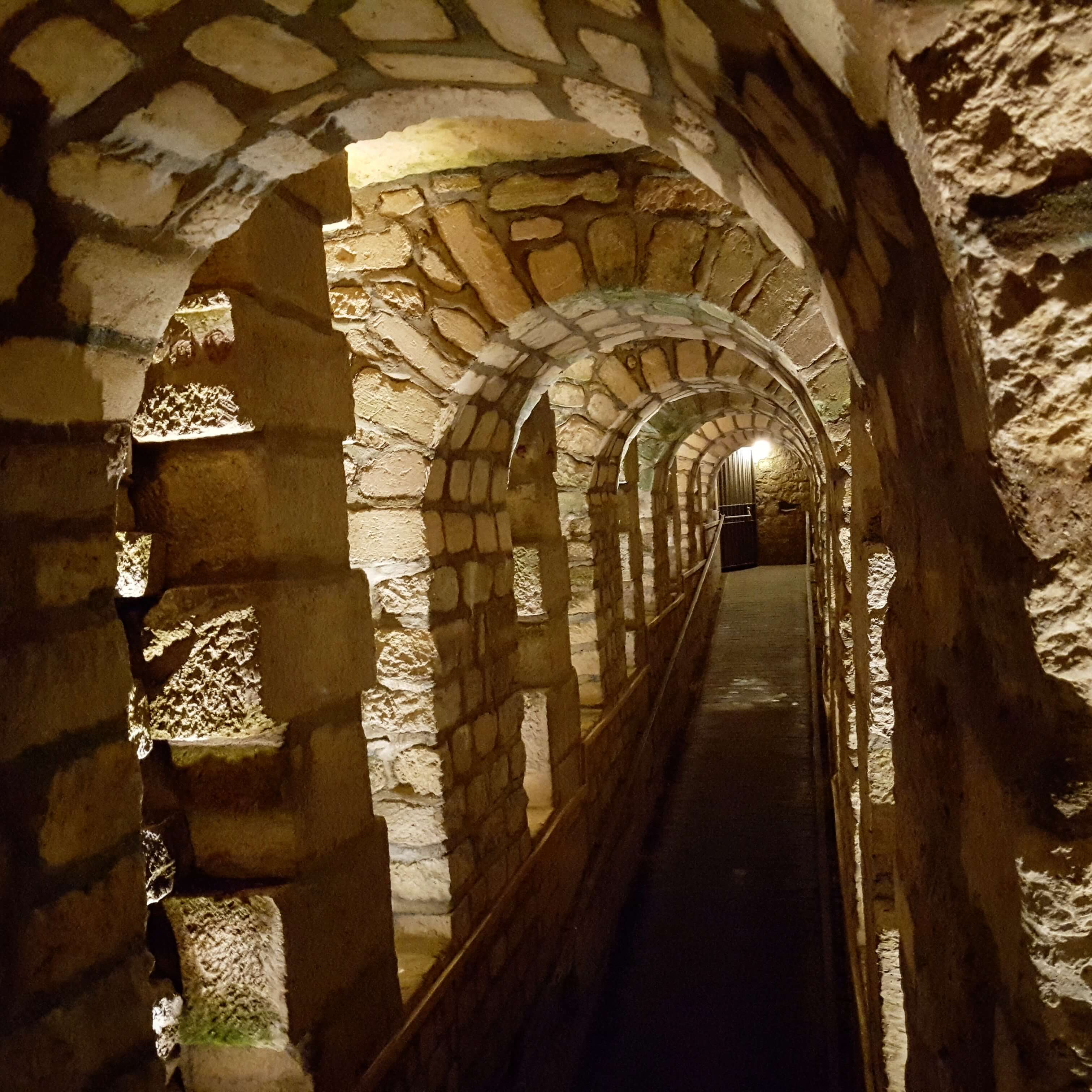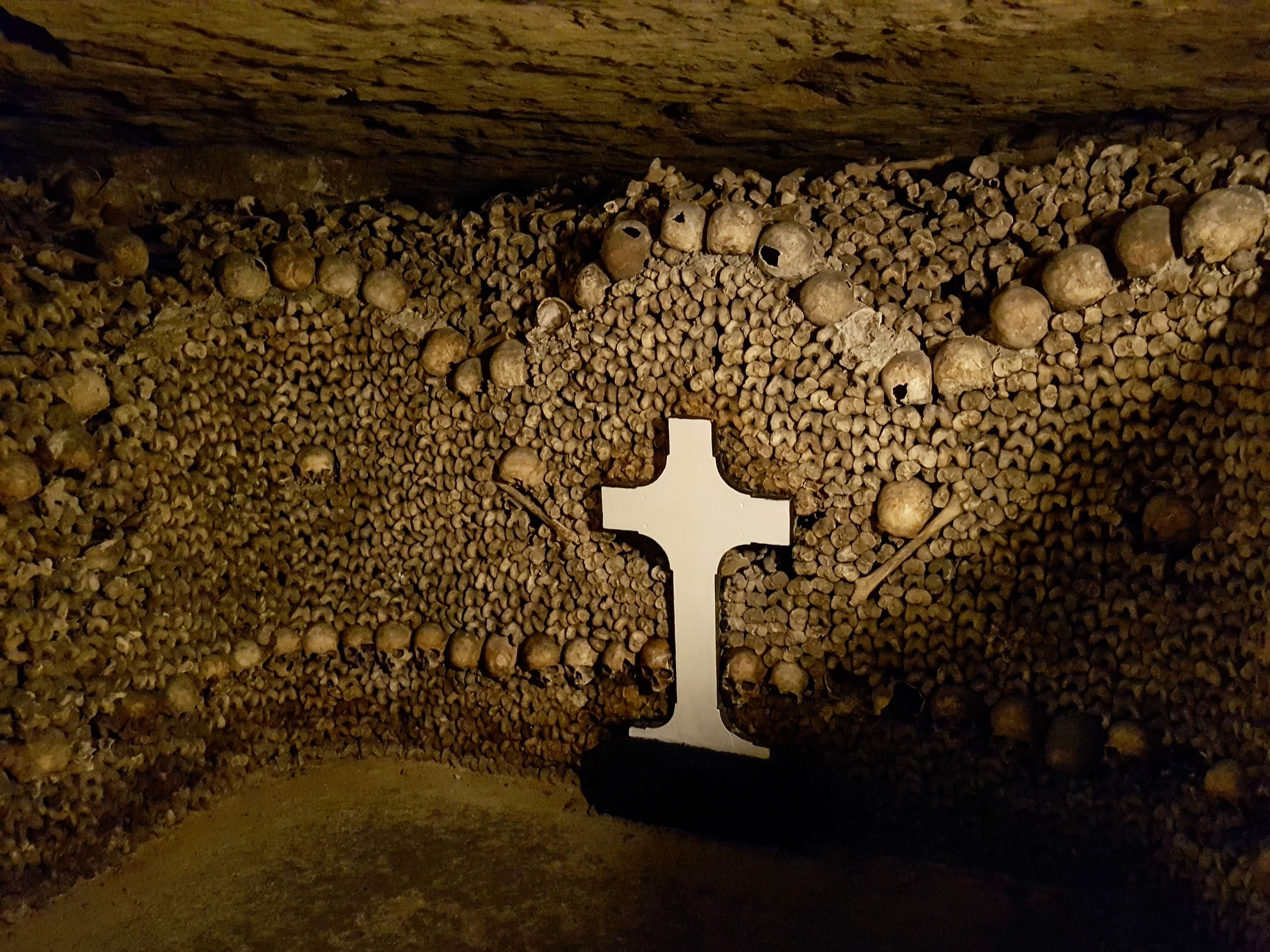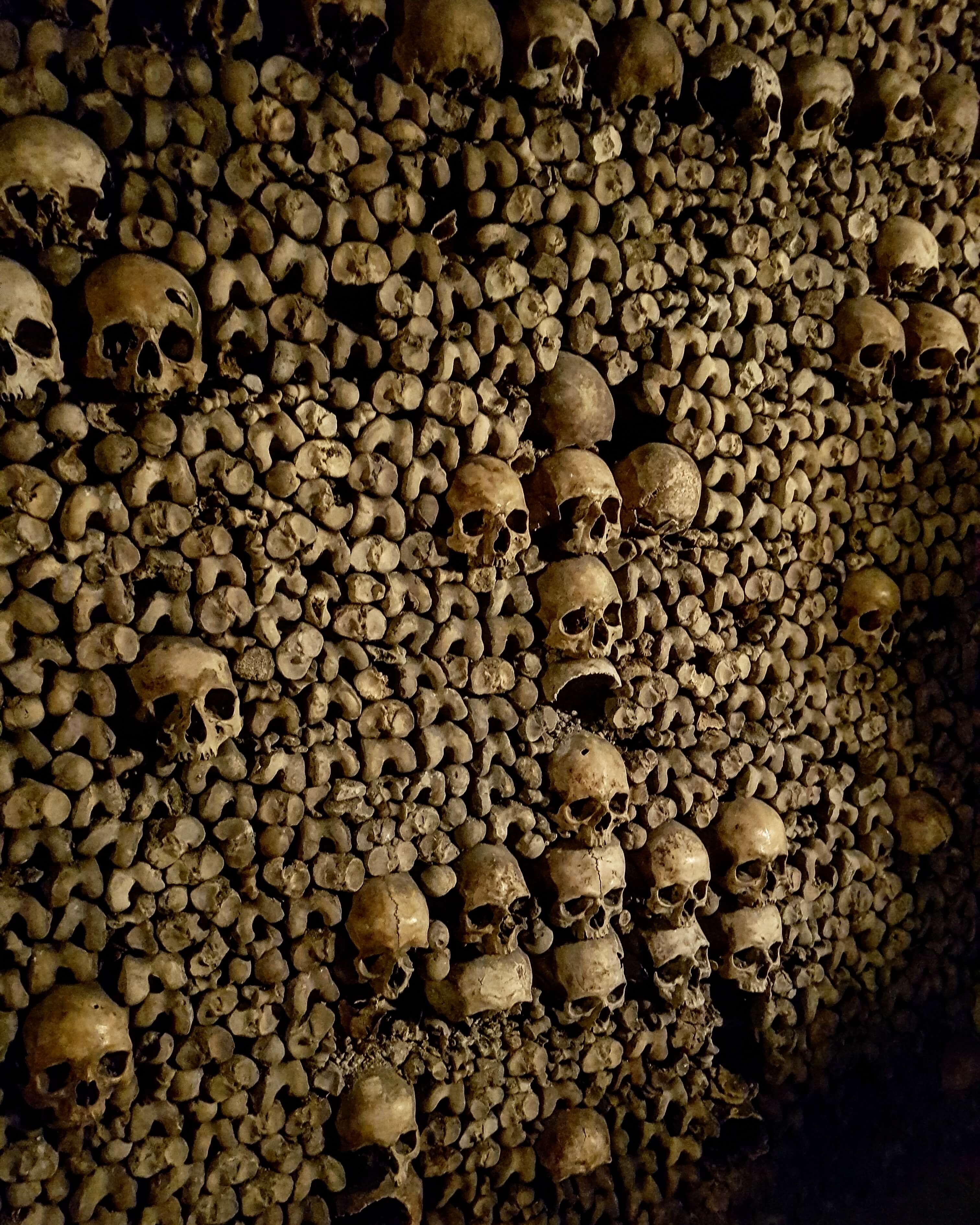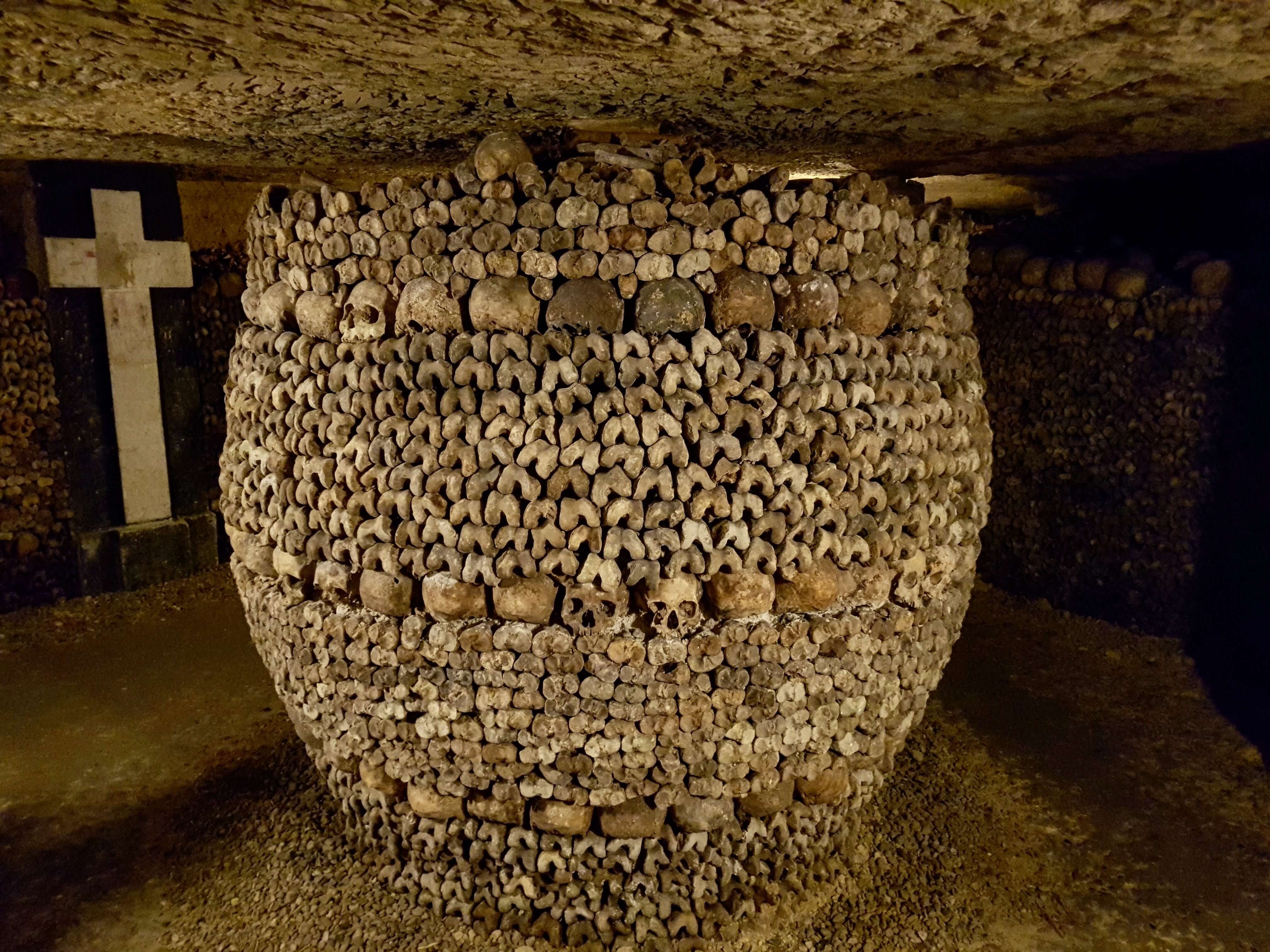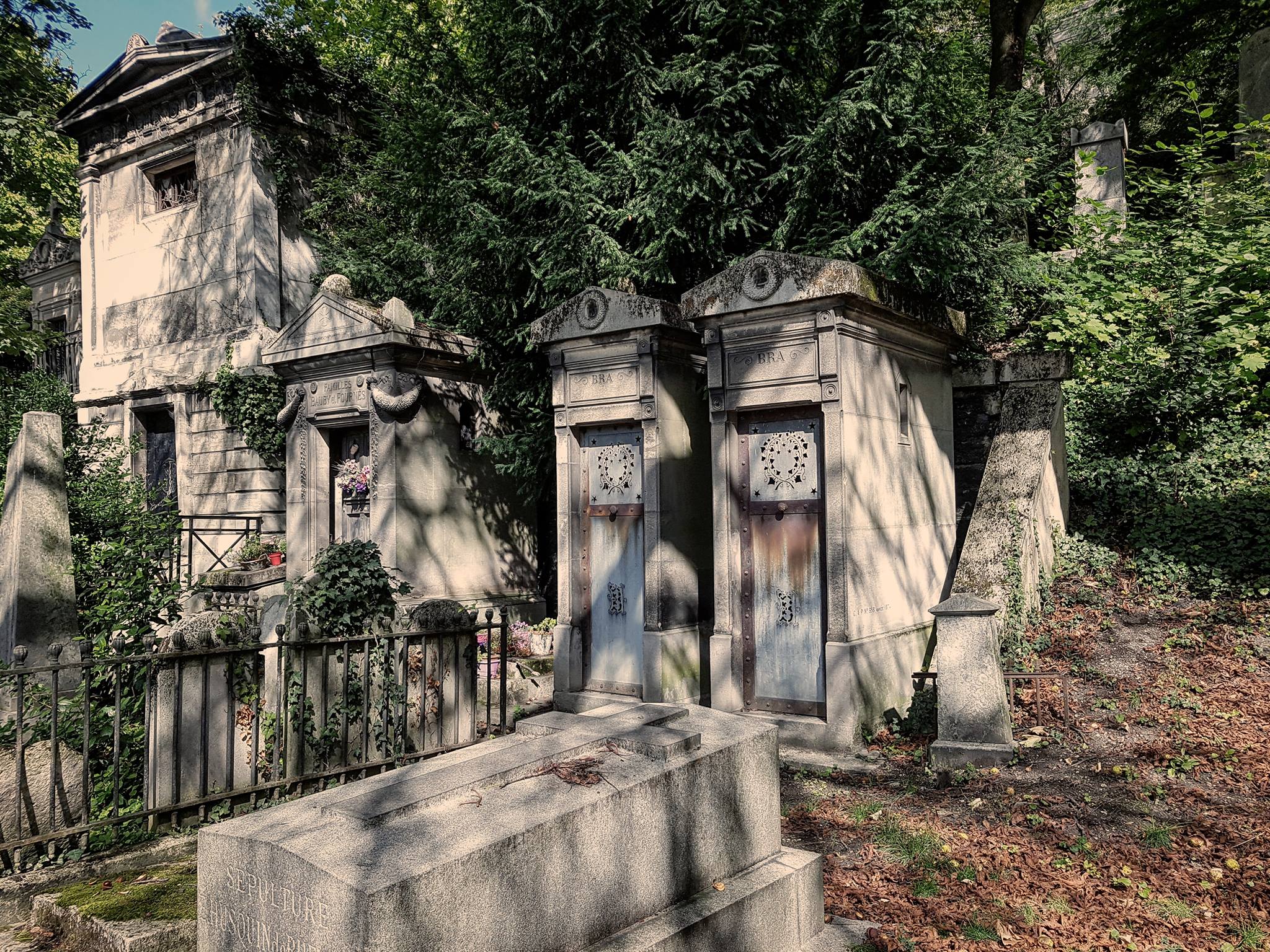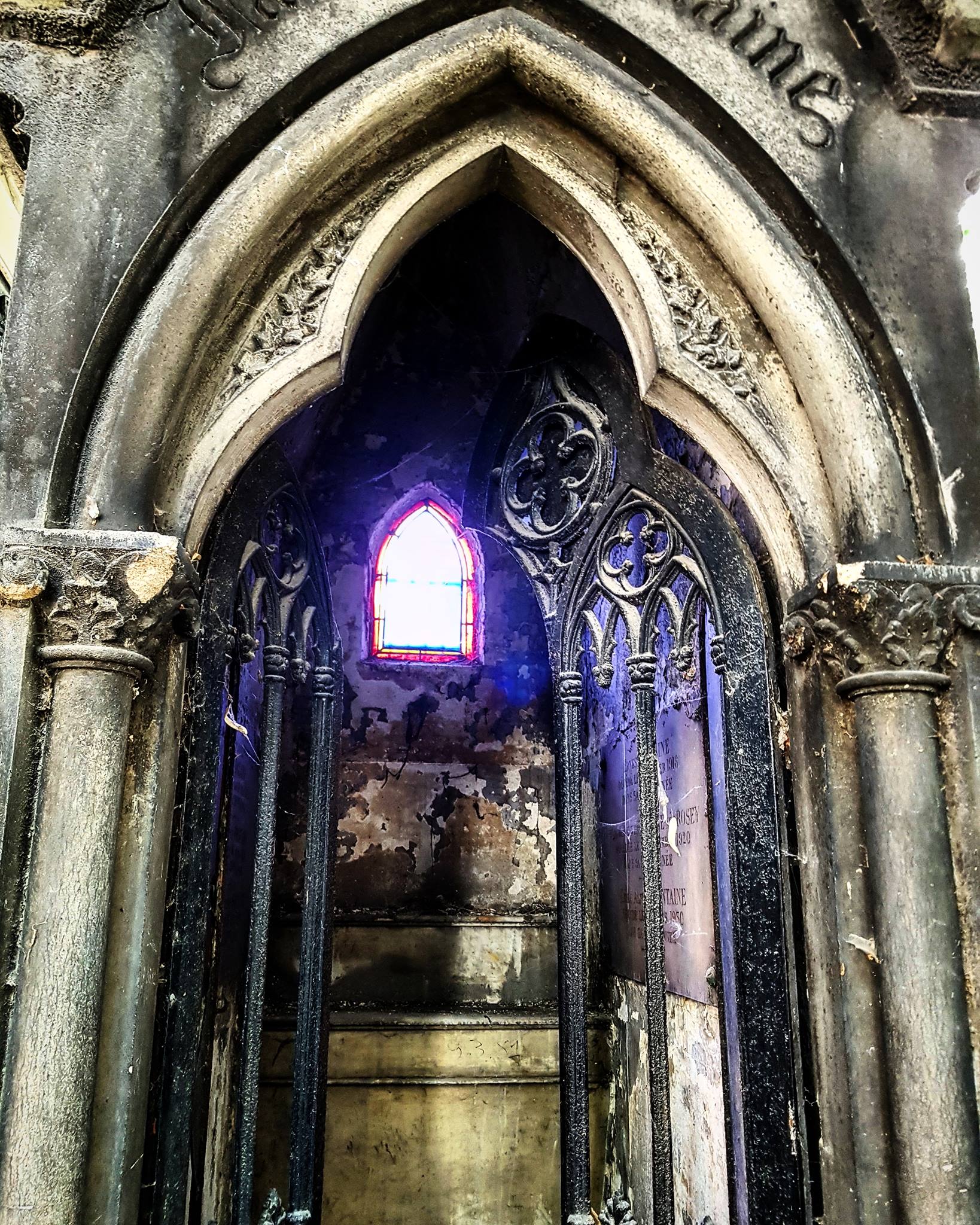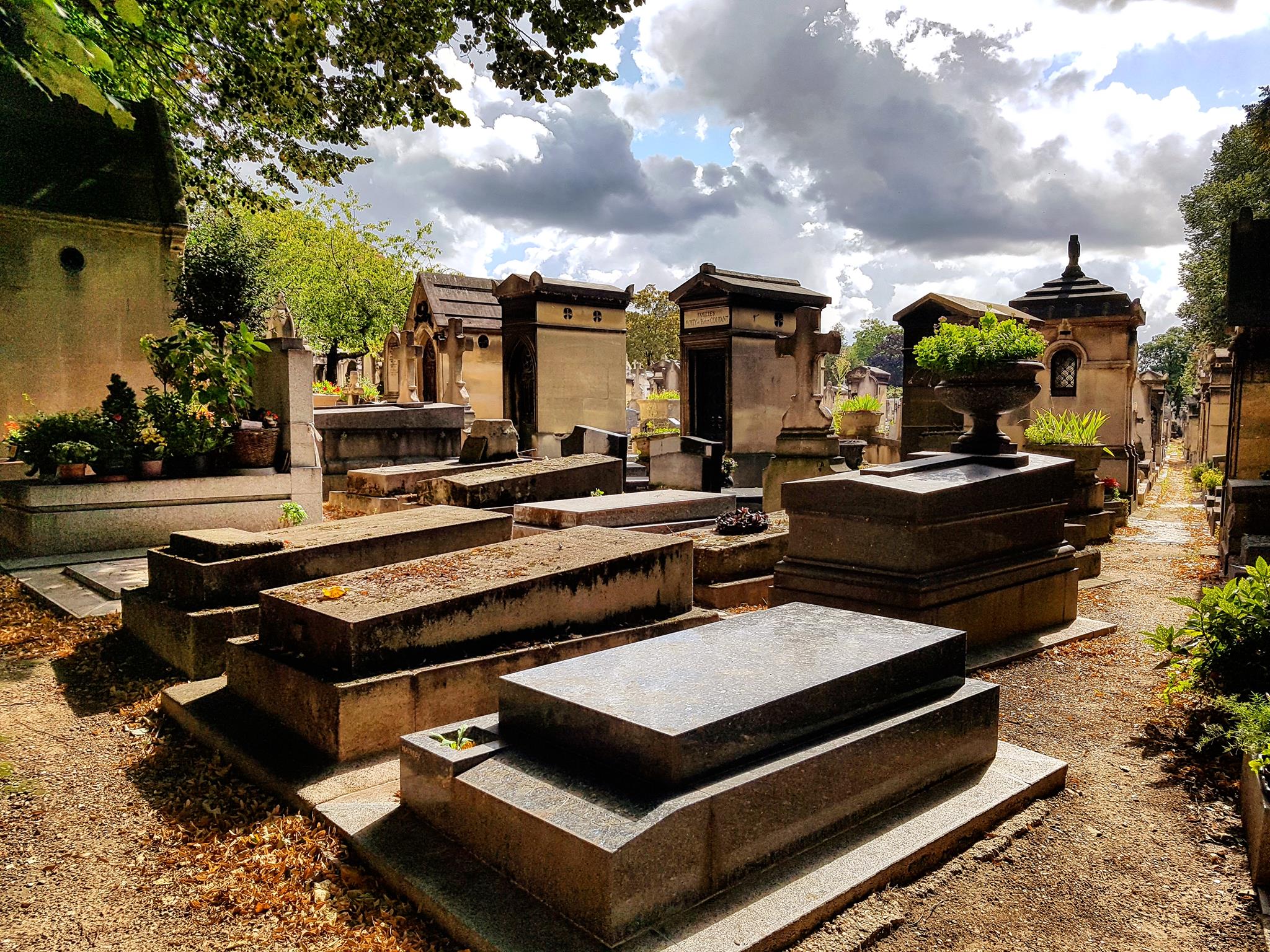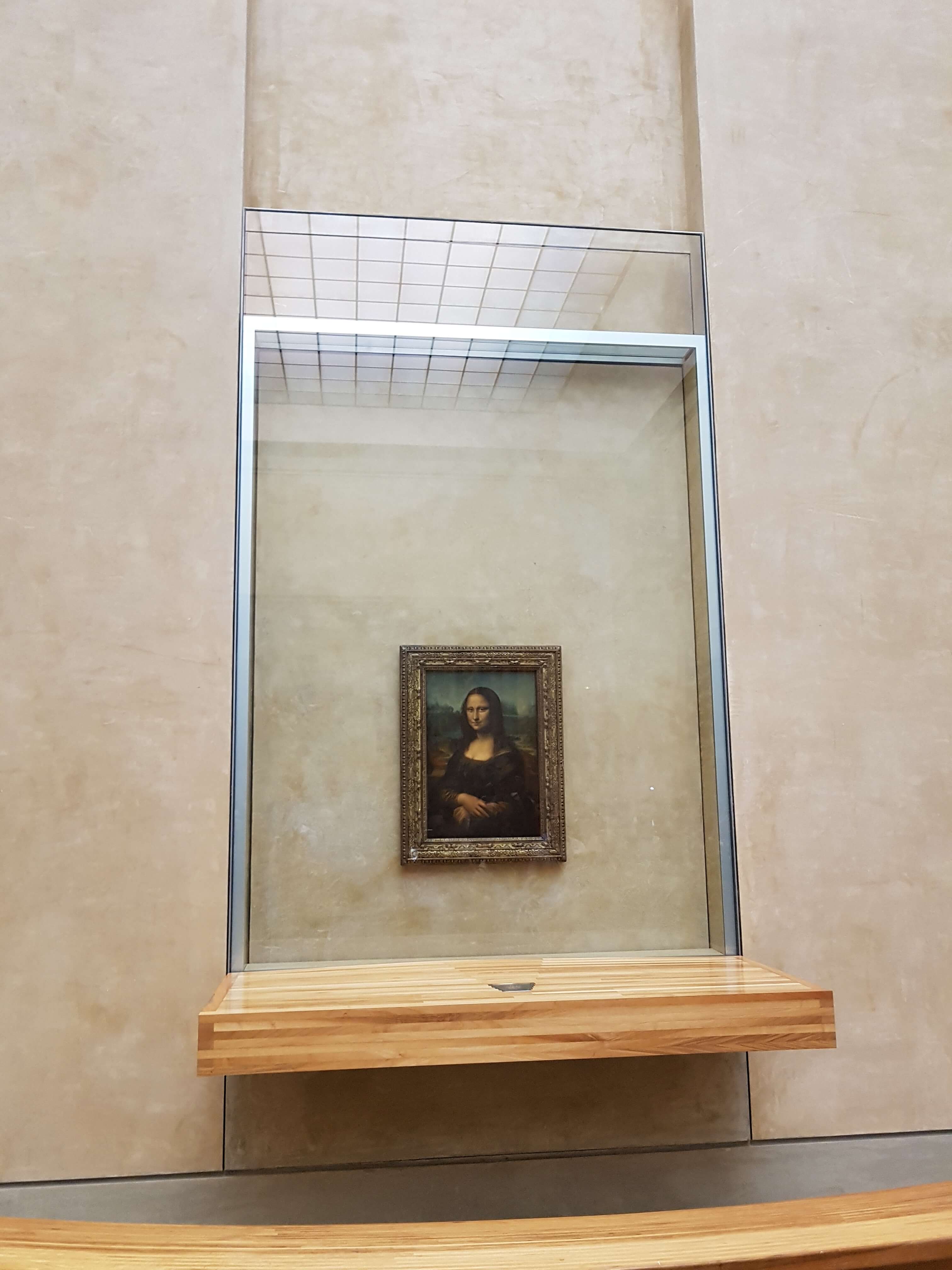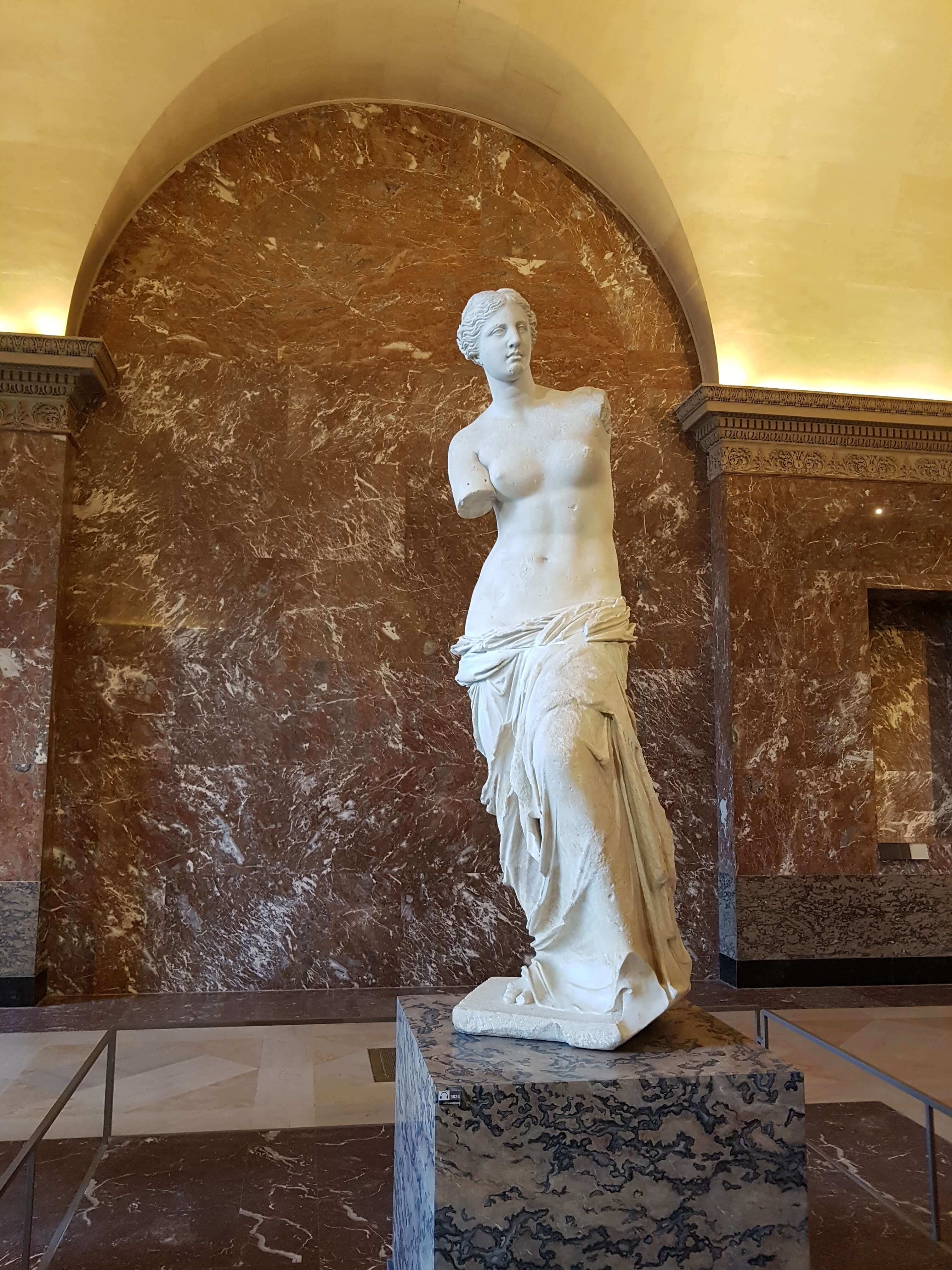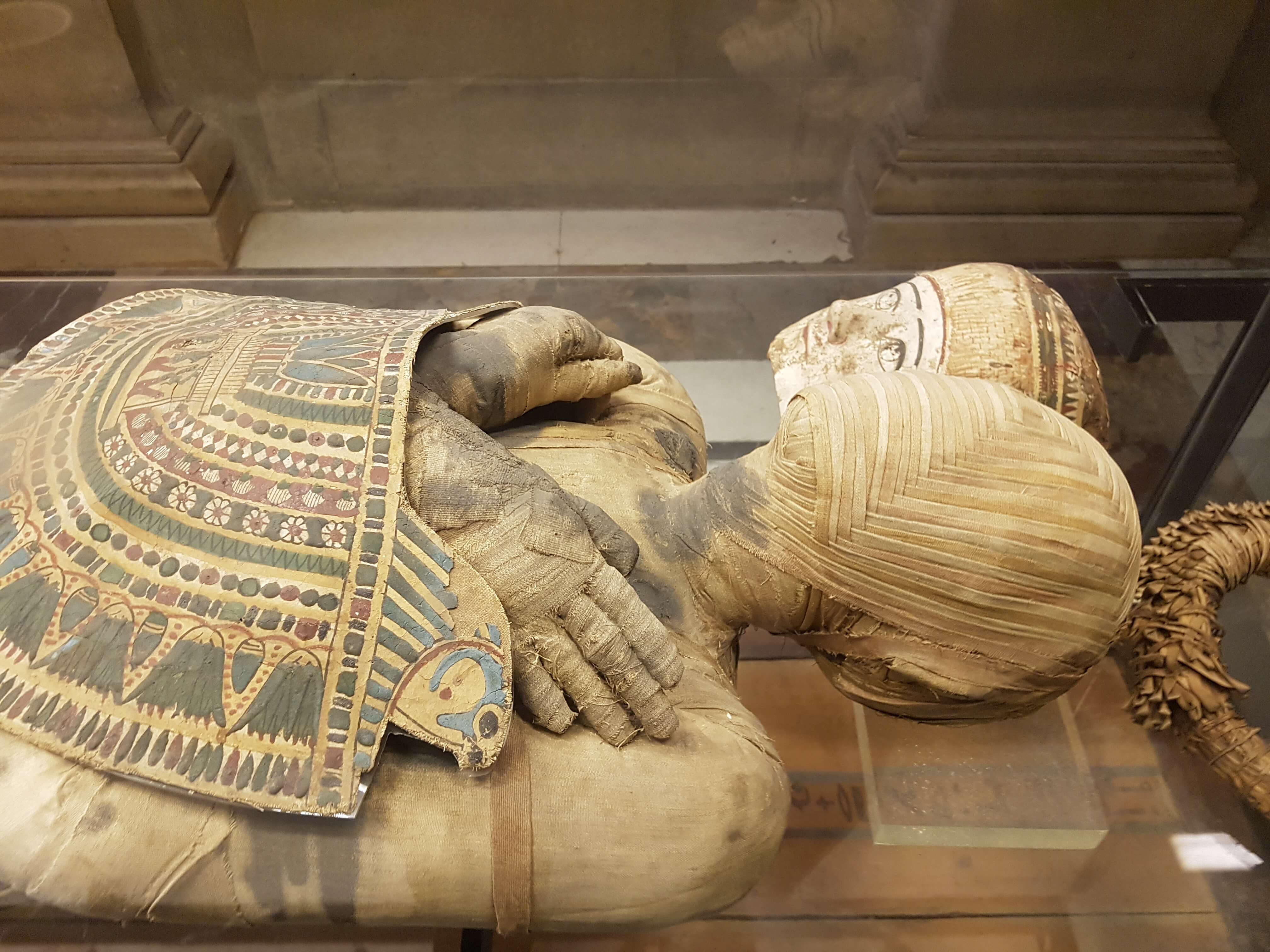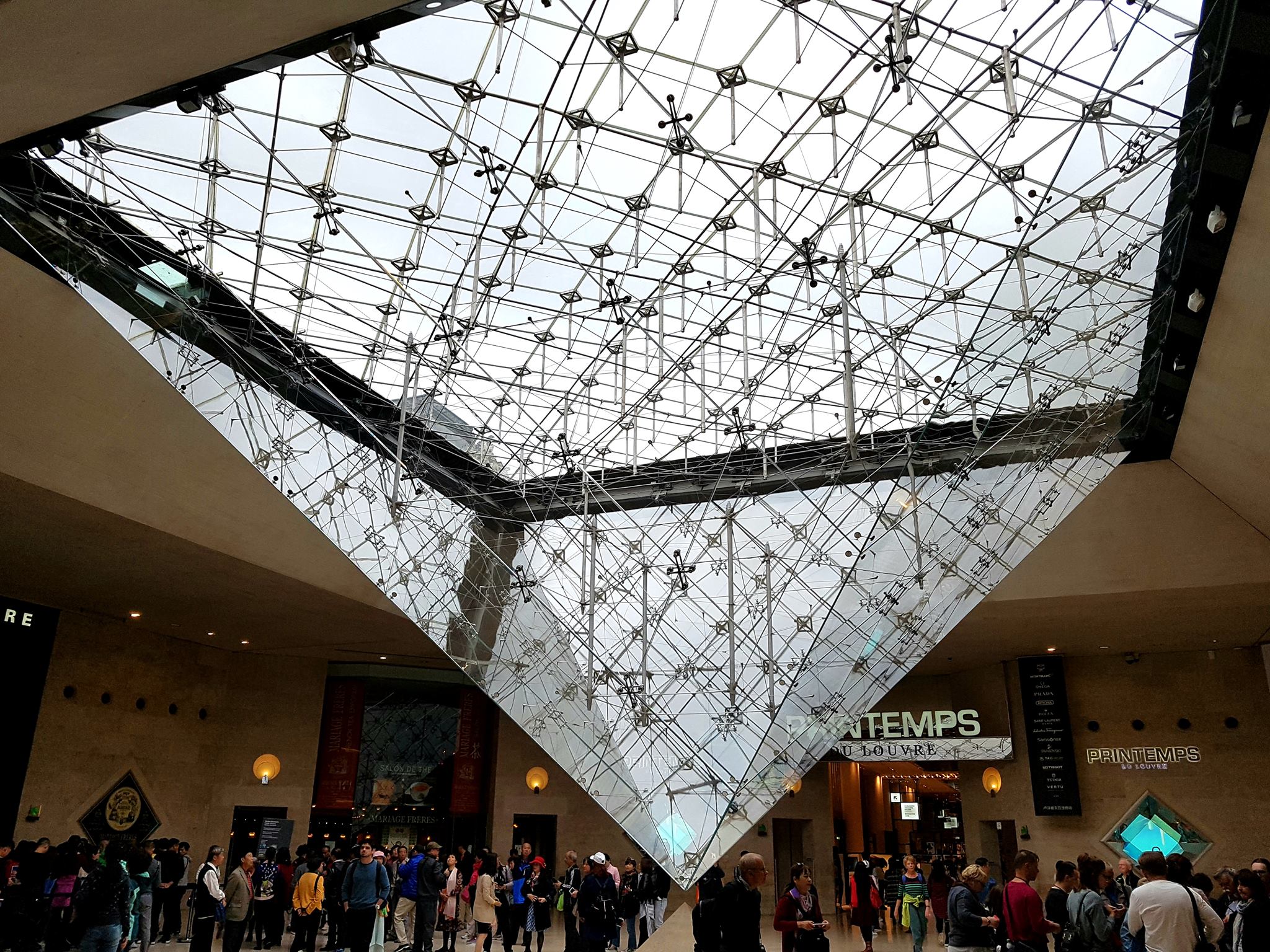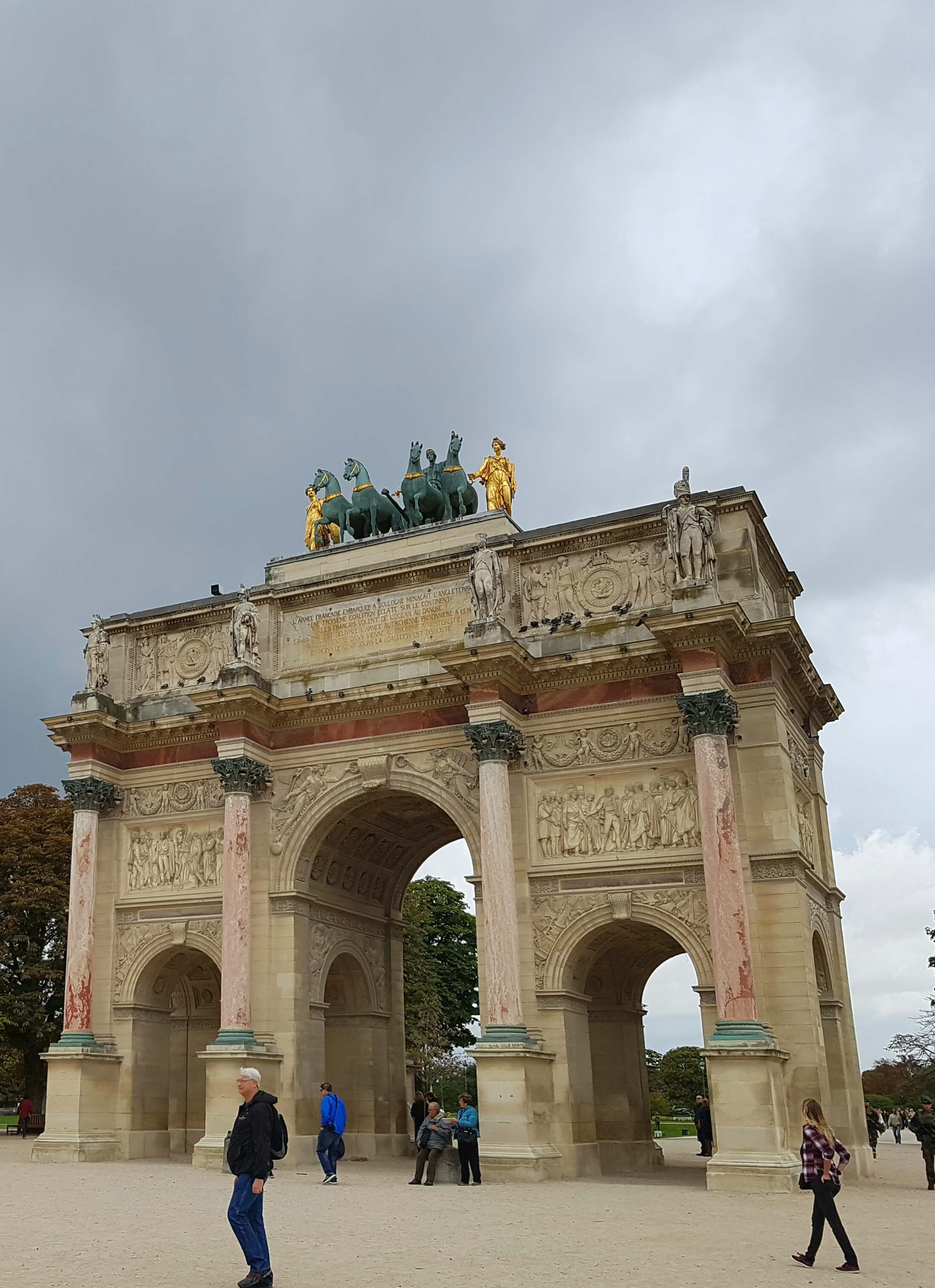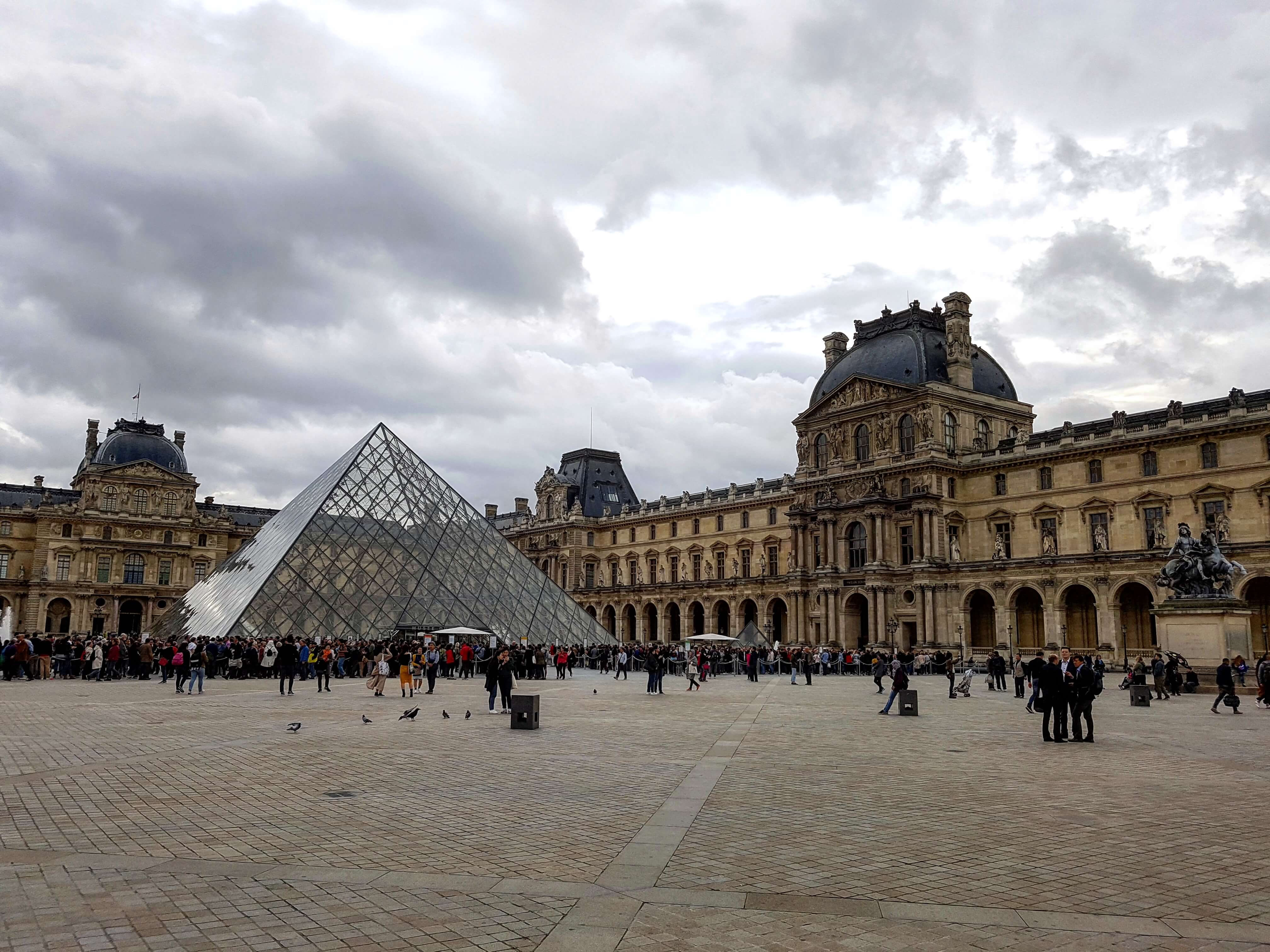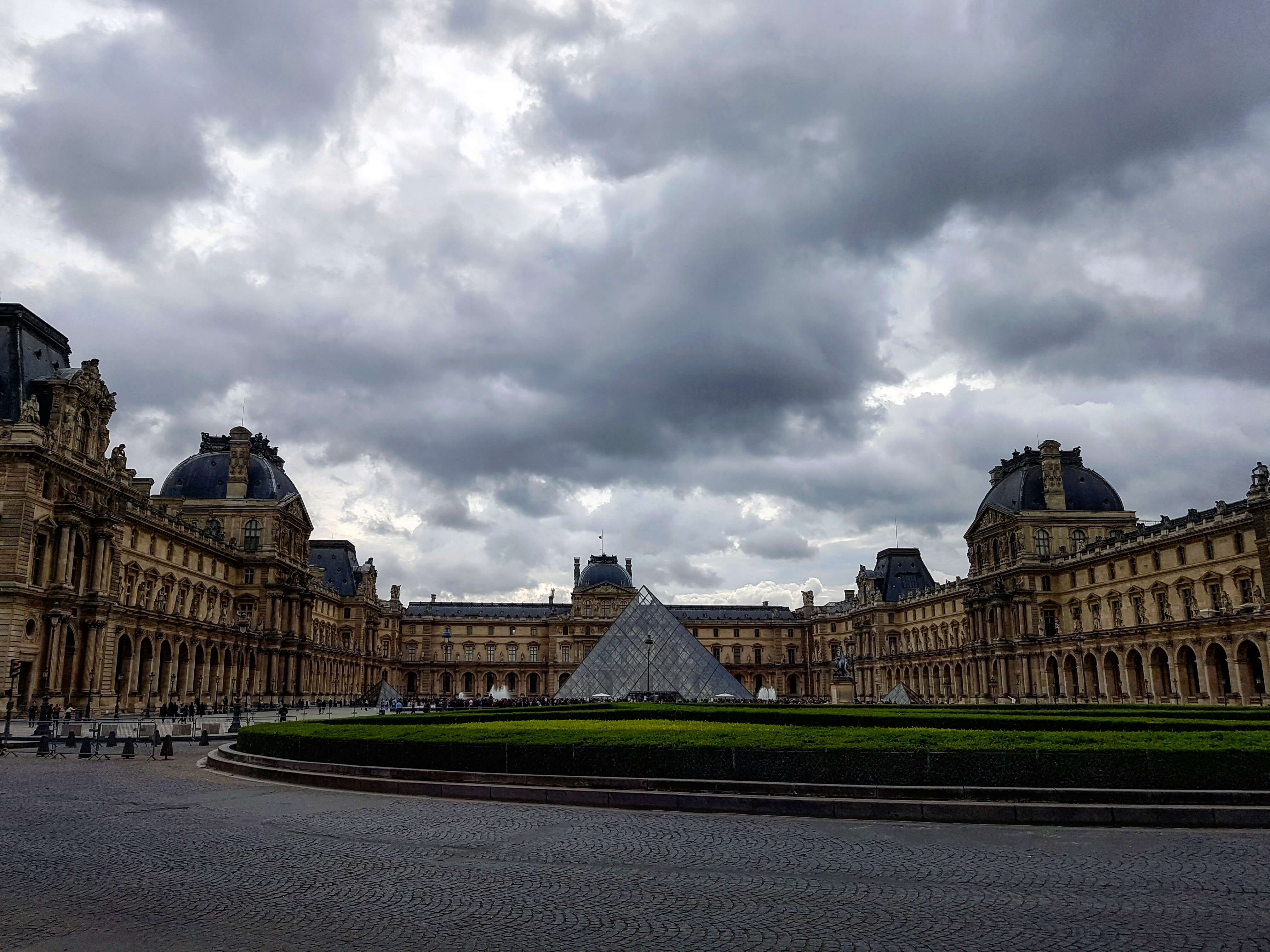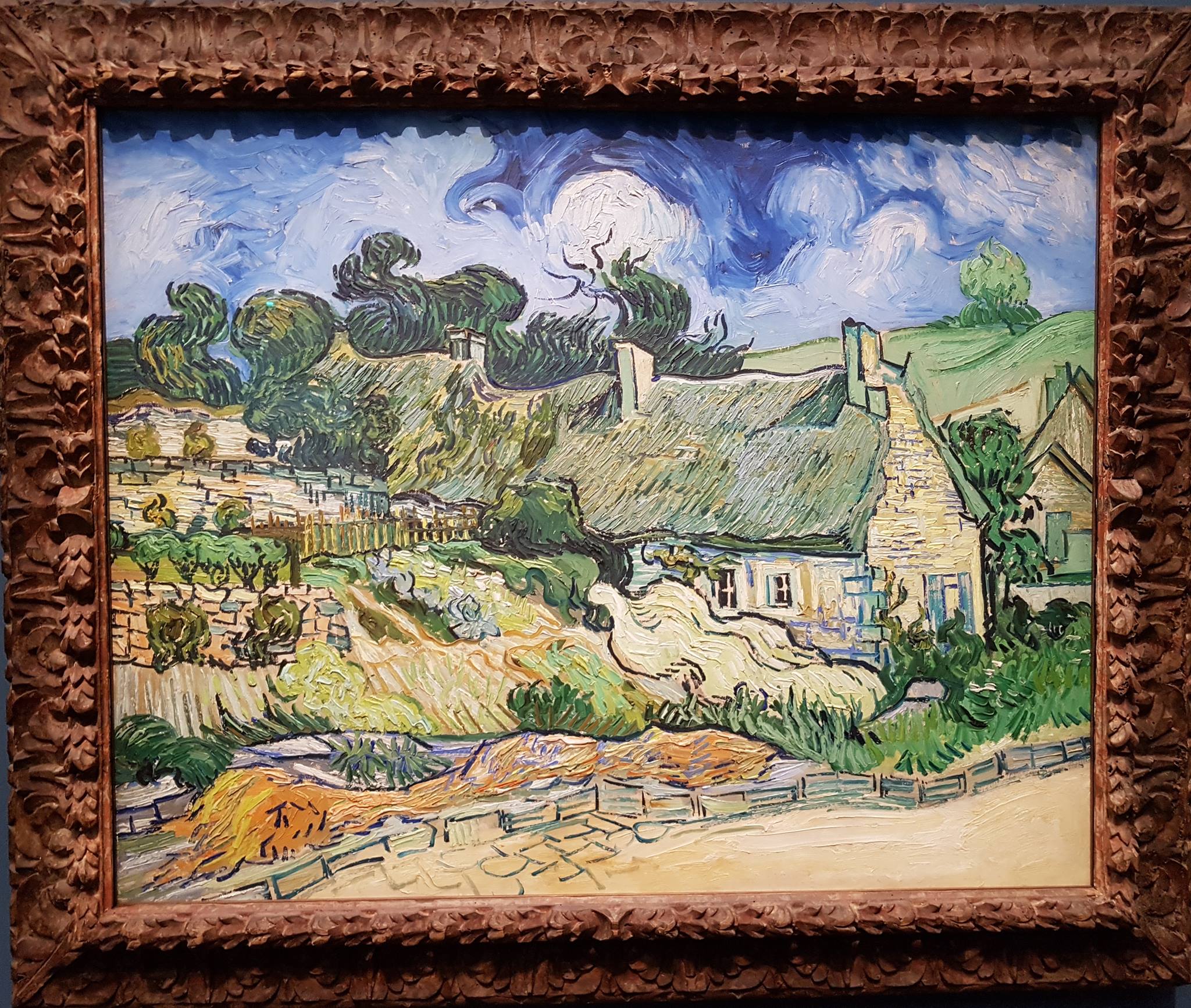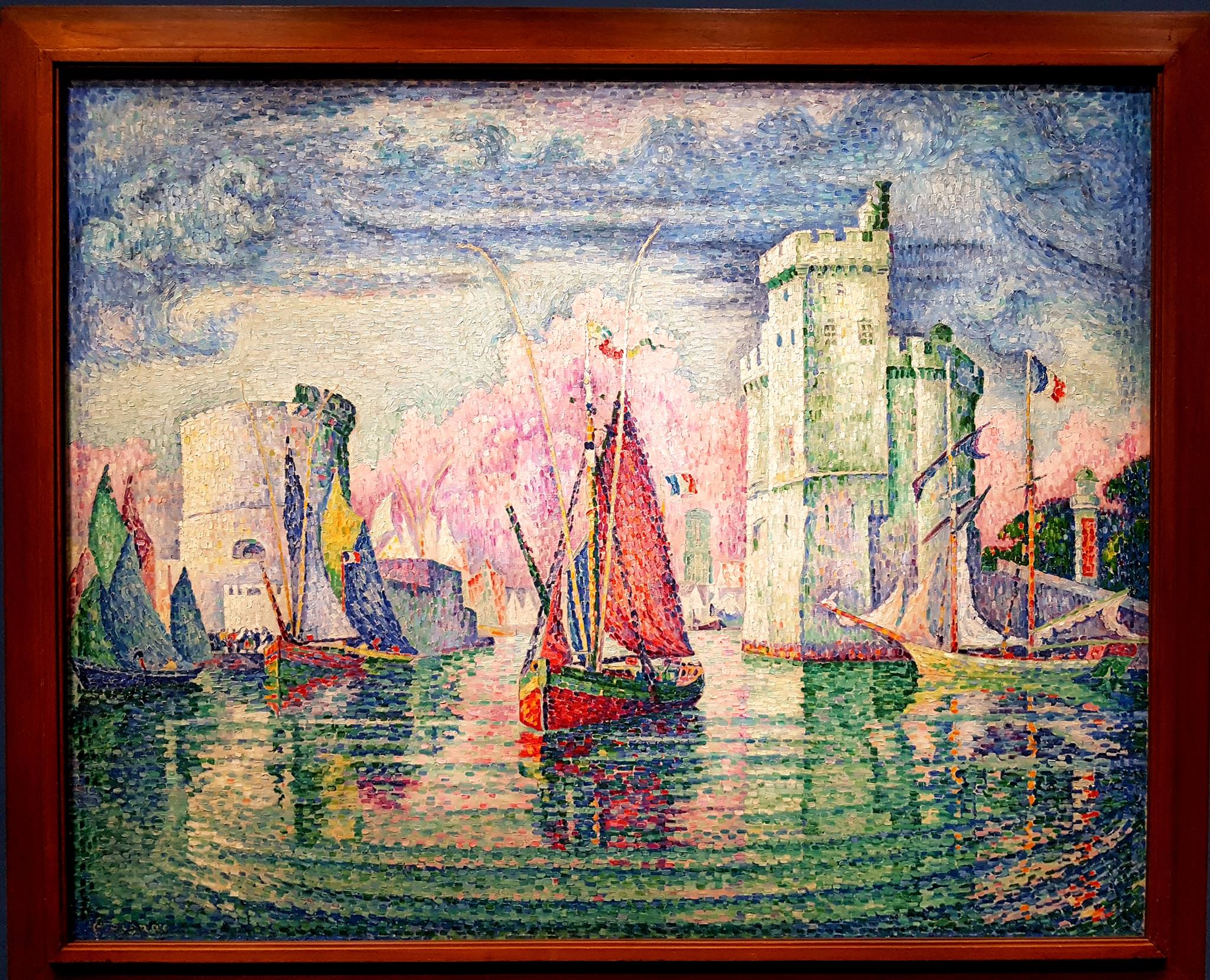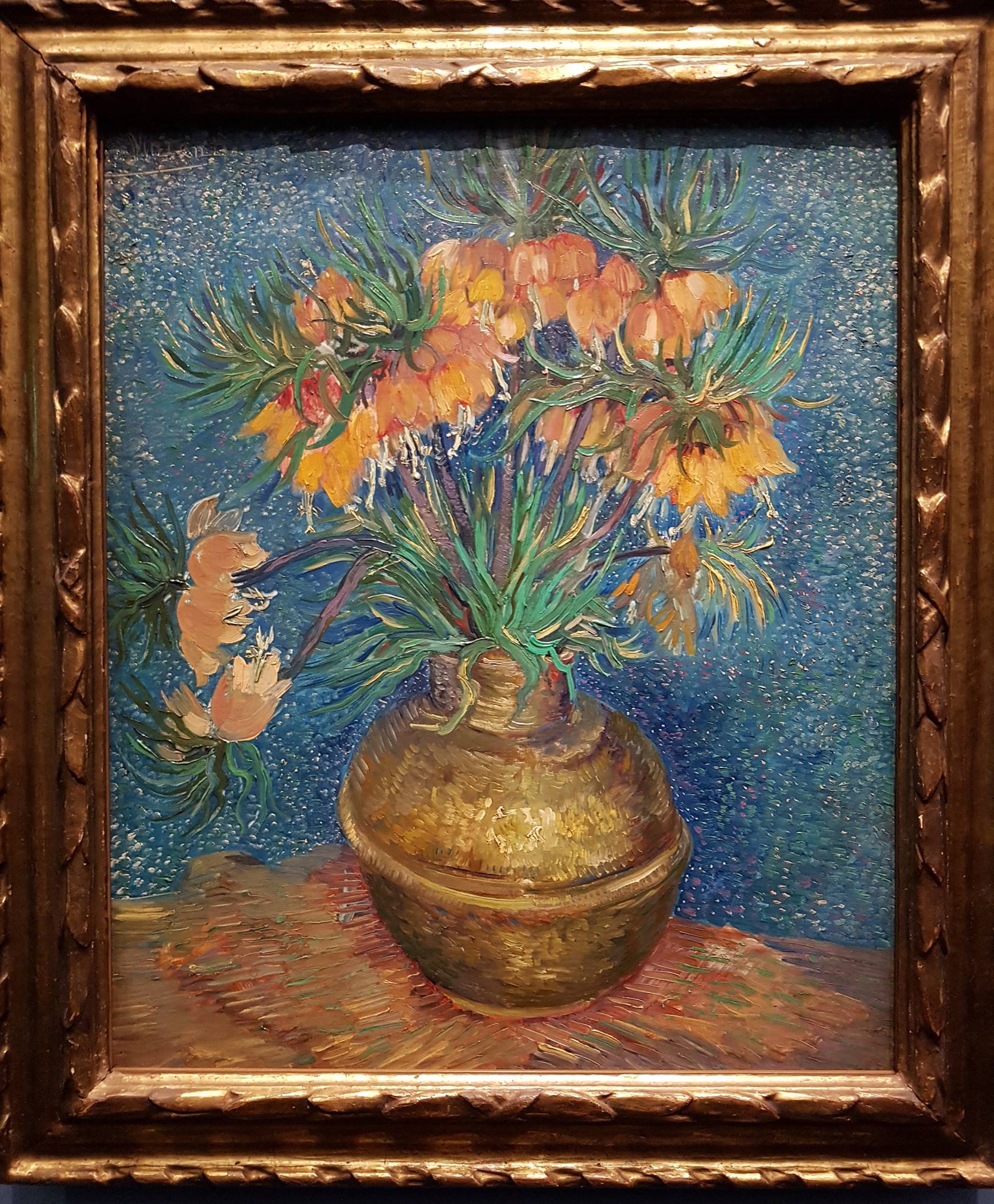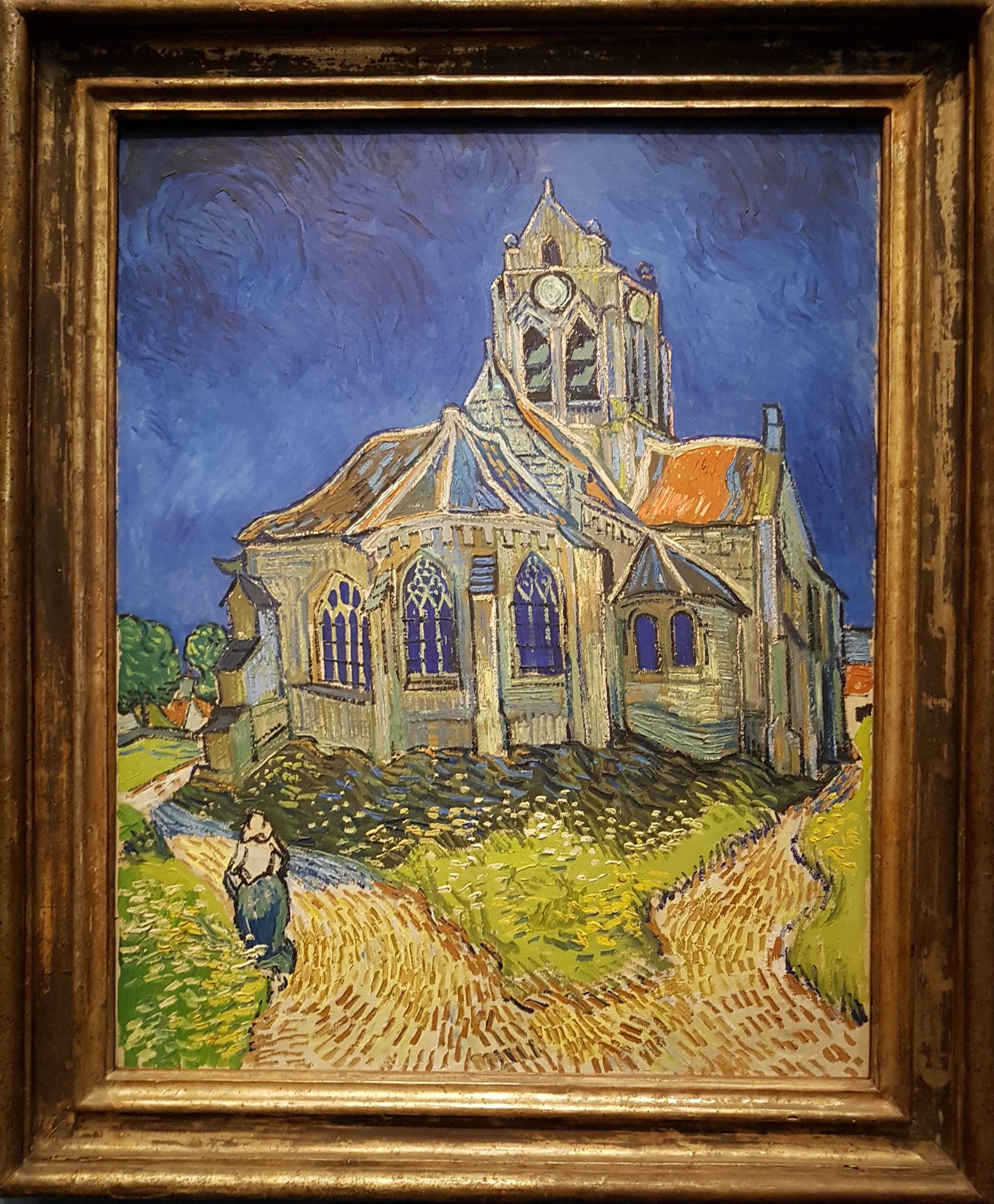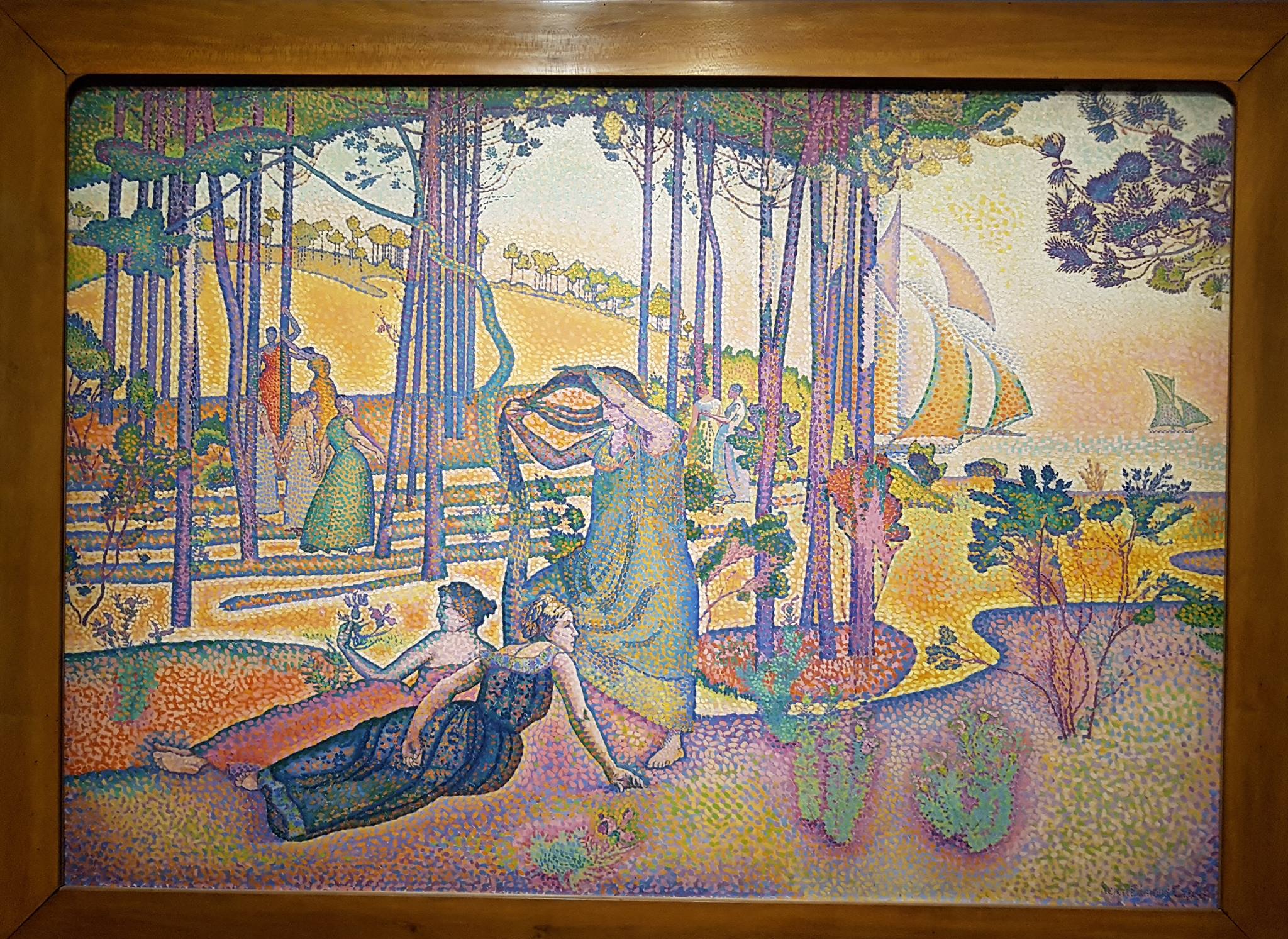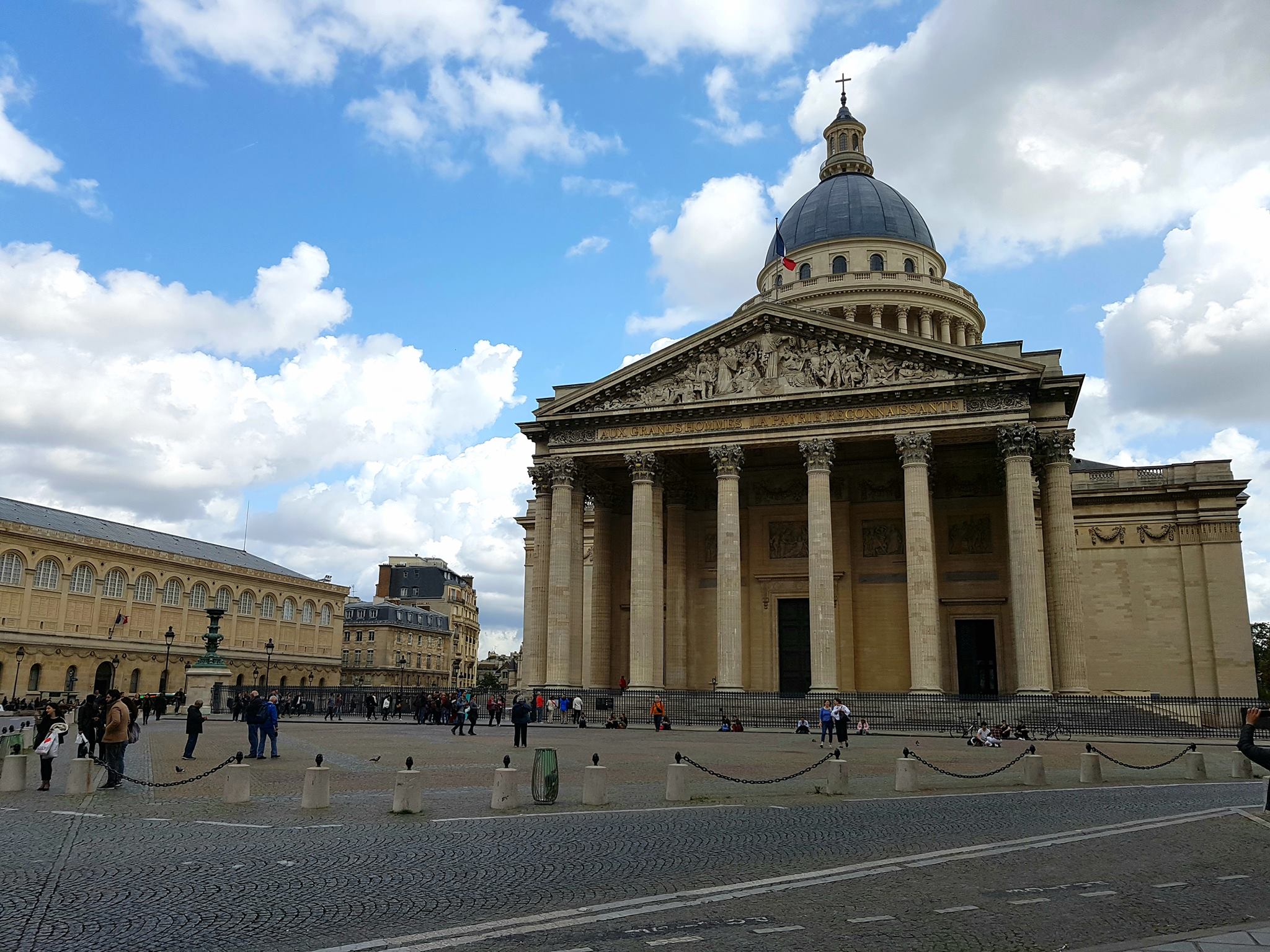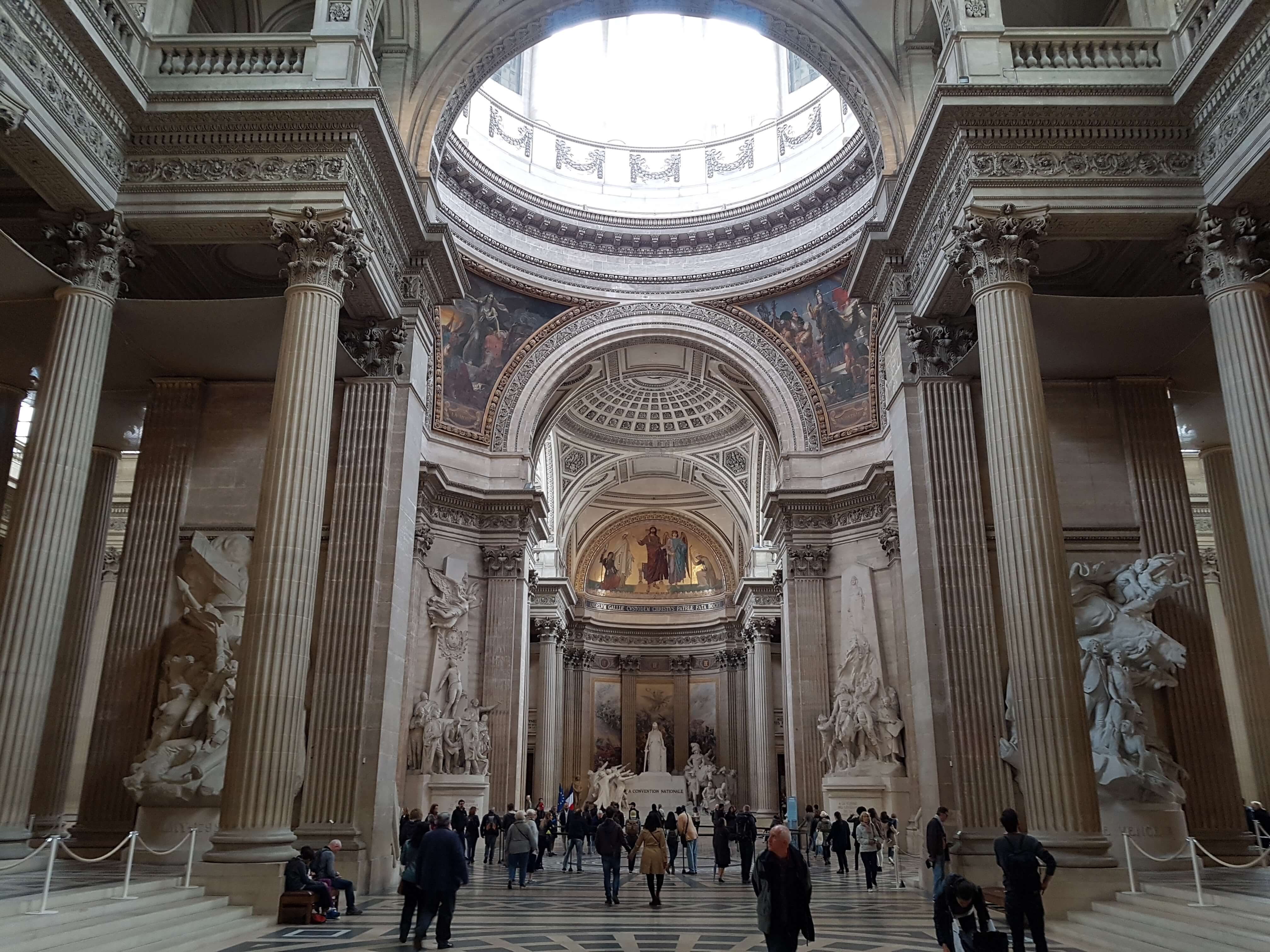My son, Scott Finlay, wrote this wonderful guest article about sightseeing in Paris, France to share with readers. I hope you enjoy his article and beautiful photos.
About Scott: https://www.scottfinlay.xyz/
Anniversary in France
My wife and I spent ten days in beautiful Paris to celebrate our first anniversary. Given that it’s the city of love, it seemed the right choice for the occasion. September is also probably the best time of year to visit Paris since the weather is still great, the floods of tourists are already gone (never visit Paris on Valentine’s Day or in summer) and the trees are putting on their colorful autumn dresses. Here are the main sights we visited and some of our impressions as well as a bit of history which we learned during our visit.
===Eiffel Tower===
The first thing everyone thinks of when they think of Paris is of course the Eiffel Tower, but interestingly enough the Parisians originally hated it and thought it was an eyesore. The structure, which was the tallest man-made structure in the world until the Chrysler Building, was originally designed by Gustav Eiffel and built for the World’s Fair to celebrate the 100 year anniversary of the French Revolution. People hated the red metal tower, and one famous writer supposedly ate lunch at the tower every day because it was the only place in Paris where the tower was not visible. During the first World War, however, the tower became a symbol of freedom for the French and is now the most visited paid monument in the world.
We paid extra to get the “skip the line” ticket for the Eiffel Tower since we had heard that it can take up to 5 hours in line, but it turned out to not be necessary as the line was surprisingly short but, as mentioned, the main tourist season had just ended. The view from the tower is incredible and the tower itself is quite interesting to explore. The macaroons at the top are worth buying too by the way, especially the jasmine flower flavor.
One night we found a romantic place at the base of the tower to have a picnic (which is also a popular thing to do amongst the Parisians). The tower looks beautiful when lit up at night, and every hour it sparkles with hundreds of flashing white lights.
=== Île de la Cité===
Île de la Cité is the large island in the city center surrounded by the river, Seine, upon which stands most notably, Notre Dame.
Notre Dame, the infamous cathedral made into legend by French author, Victor Hugo, in “The Hunchback of Notre Dame” is an impressive sight. The huge cathedral is quite intricately designed with ornate carvings, stained glass windows, flying buttresses, and of course the gargoyles. The church itself is free to enter. The line spans all the way across the courtyard and looks quite intimidating, but it doesn’t take too long to get through it. We came on a Sunday just in time to see the procession of clergymen marching into the cathedral, and then as we entered after them we were able to enjoy the atmosphere with organ and choir music.
Going up to the towers is not free (10 Euros) unfortunately, and you need to book it in advance which is best done using the Jefile app. It’s definitely still worth doing though because the view is amazing, and you can get some great close-up photos of the gargoyles. Note though that there’s no elevator and it’s quite a ways up.
Just outside the cathedral is a staircase leading underground to the “Crypte archéologique” or archaelogical crypts which contains excavated Roman ruins dating back nearly 2000 years. It was interesting, but it costs 8 euros and is very small. Fortunately for us, however, we were able to visit it for free because of the European Heritage Weekend.
What probably also stands out on the island is the Conciergerie, visible from the northern shore. The huge building was once a medieval castle and was transformed during the French Revolution into a prison to hold those who were sentenced to be executed by guillotine. One of the most notable prisoners was the queen, Marie-Antoinette. The building is quite interesting from its outside appearance, but the exhibition inside is very small and it normally would have cost 9 Euros per person to enter. It’s interesting to see this dark part of history, but we likely would not have visited it if it hadn’t been free because of the European Heritage Weekend.
Just beside the Conciergerie lies a old chapel called the Sainte-Chapelle which was built in medieval times to hold the crown of thorns supposedly worn by Jesus which had been purchased by the French king for a huge sum of money from the Latin Emperor at Constantinople. The admission fee for the chapel is 10 Euros which seemed pretty high for such a tiny chapel, but we were able to enter for free because of the European Heritage weekend, and it was definitely worth visiting. The entire chapel is filled with huge and beautiful stained-glass windows (most of which are still made up of the original glass from the 14th century).
===Arc de Triomph===
Another of the most iconic sights in Paris is the Arc de Triomph, a large arch dedicated to those who fought in the French Revolution and the Napoleonic wars. Upon its surface are the names of generals and victories inscribed. The huge arch is an impressive sight, and you can also visit the top, but it’s not free (12 Euros per person). However, we were able to see it for free on the European Heritage weekend. There is no elevator, so it’s quite a walk up. If you do brave it, be sure to look down once you reach the top of the stairs, it’s worth it to get a glimpse of the huge spiral. From the top the view is very nice, but not really comparable to Notre Dame and the Eiffel Tower. We visited it at night however since they’re open late, so it was at least something different.
Interestingly, apparently one day the workers of the Paris museum system went on strike and rented dozens of huge semi trucks which they drove around in a circle around the roundabout (which is already has a reputation as the worst roundabout in the world) all day to block the traffic and to prevent it that anyone can get a good photo of the arch.
===Opera Garnier===
The huge opera house is surprisingly impressive. It’s probably the fanciest and most luxurious sight to see in Paris. Visiting the opera for self-guided tours costs 12 Euros per person. The building was designed by a masked architect would later become the inspiration for the tale of the Phantom of the Opera, and somewhere beneath the building there really is an underground lake, but unfortunately you can’t visit it. While we were there a ballet was being performed and we were able to watch a few minutes of it which was pretty interesting.
Conveniently, the opera is very centrally located and is right next to multiple subway stations, so it’s easy to see it together with other things. Just behind the opera house you can find two huge luxury department stores: the Galeries Lafayette (which is also worth visiting just to see the beautiful ceiling) and Printemps. Both have great rooftop terraces with a spectacular view and you can visit them for free.
===Versailles===
Versailles is a beautiful palace with a huge garden, but if you are short on time and you’ve already seen similar palaces such as Schloß Nymphenburg in Munich or the Habsburg Residenz in Innsbruck or King Ludwig’s replica of Versailles at Herrenchiemsee I would recommend visiting the Opera Garnier instead since Versailles requires a full day and it costs more (18 Euros per person).
The exhibition in the castle itself is surprisingly small, though if you’ve never seen a royal palace before it may be very interesting. The gardens are huge, but unfortunately the fountains were all closed and apparently the entrance costs more when they’re open but then you additionally see a musical fountain show.
When Marie-Antoinette lived there, she did not want to be a queen and had a small farm built on the grounds so she could pretend to be a normal person. You can visit that farm, but unfortunately that costs extra. For just two more Euros you can get a ticket which allows access to everything, but we didn’t know ahead of time. It would have been tough though anyway to see it all because the grounds are so huge and we needed 8 hours just to see the portion which we saw, but it is possible to get a two-day pass too.
===Pigalle & Montmartre===
Montmartre is one of the two “mountains” in Paris. At the base of the hill lies Pigalle, Paris’s former red-light district. The district now consists primarily of sex shops and surprisingly many interesting looking restaurants. The area has an odd flair to it so it’s worth paying a visit. The most interesting thing along the main street is the renowned Moulin Rouge, the world-famous cabaret recognizable by the large red windmill on top.
The show at the Moulin Rouge is quite expensive: around 90 Euros for just the show, or starting with 175 Euros (varying according to the timing and different dining options) for the show with dinner and champagne. The show is worth seeing though. We were very surprised by the excellent, though small portioned food and the great music and dancing. The show was paced masterfully as well so that every time when you thought it had reached a climax they changed the theme and built up again. Note though that it is still a cabaret, so be prepared for tasteful nudity.
Sacré-Coeur is the large white cathedral atop Montmartre. The most impressive part is the outside. Entrance is free, so it’s worth going inside, but it’s nothing spectacular.
On the way back down it’s worth stopping at the Place du Tertre to take a look at all the street artists selling their paintings and offering to paint travelers. The artists display a wide array of styles and some are surprisingly skilled.
===Creepy Stuff===
Paris possesses a surprising amount of dark history and eerie macabre attractions. Already mentioned before was the former prison, the Conciergerie, but that’s just the tip of the ice berg. Beneath Paris lies a vast network of underground tunnels, part of which was constructed in the 18th century as catacombs to solve the issue of overflowing cemeteries. The catacombs (12 Euros per person) contain more than six million bodies. It’s definitely worth a visit because you’ll likely never see anything like it anywhere else: walls lined from the floor to the ceiling with bones, carefully stacked to form nice patterns. Imagine having that job!
Paris has a famous cemetery called Cimetière du Père-Lachaise. This cemetery contains the graves of many famous people, notably the author Oscar Wilde and The Doors singer Jim Morrison. It’s free to visit and it’s a surprisingly interesting place to go for a stroll. Never before have I see so many crypts all packed so closely together.
We found an interesting attraction called Le Manoir (27 Euros per person) Le Manoir is basically a haunted house full of actors who play out roles, mostly related to the dark history of France. The actors play their roles spectacularly, and the rooms are brilliantly designed to be horrifying. What was additionally nice was that each group (in our case two of us) enters alone with a small time gap before and after so that the actors can give you a personalized experience. We could hear that most of the others screamed and were frightened, but we thoroughly enjoyed it and grinned the whole way through, at least until the climax at the end when we were chased by a man wearing a mask of human skin carrying a real chainsaw (and you could smell the gasoline in the air). Definitely worth visiting, but you need to book tickets in advance, and their website isn’t the most intuitive.
===Art===
Paris is known for art; everyone has heard of the Louvre and da Vinci’s Mona Lisa. We visited the Louvre (17 Euros per person) and it’s no exaggeration when someone says that you could spend days there. We were at the museum for about 8 hours and managed to see maybe a third of it, focusing primarily on the highlights. It’s an impressively huge collection of famous works, but it’s unfortunately pretty crowded, especially around the Mona Lisa (which looks remarkably small with a whole wall to itself). The grounds outside the museum are also quite nice with a nice view of the glass pyramid, which was built to celebrate the 200th anniversary of the revolution, and the smaller Arc de Triomphe du Carrousel.
Although the museum which everyone knows is the Louvre, we personally enjoyed the Musée d’Orsay (12 Euros per person) far more. This large art museum contains works of impressionism and post-impressionism from famous artists including Van Gogh, Monet, Renoir, Manet, Degas, Cézanne, and more. We’re particular fans of this style of art, so we found it very interesting to look through. Additionally it felt much less crowded than the Louvre.
===Other Attractions===
The Pantheon in Paris is one of the larger, more notable buildings in the skyline of the city. This building is actually a mausoleum for some of France’s most famous people such as Victor Hugo and Alexander Dumas. The building is nice inside and has a giant pendulum that tells the time which was interesting to see, but otherwise there’s not too much to see. Additionally, just behind the Pantheon is a relatively interesting cathedral. Normally it would cost 9 Euros per person but we were able to enter for free again because of the European Heritage days.
The Louis Vuitton Foundation is a large building with unusual architecture sponsored by the luxury fashion retailer, Louis Vuitton. Normally the building contains a contemporary art exhibition, but unfortunately there was no exhibition when we were there, however the building itself was still interesting to look at. Entrance is quite expensive at 14 Euros per person, but fortunately we were able to enter for free because of the European Heritage weekend.
There are regular boat trips along the river, Seine where you can relax and enjoy the view of the city, seeing sights such as the Eiffel tower and Notre Dame. The cost was 15 Euros per person, and we decided to make the trip at night. It was a nice trip, but unfortunately since we had already visited most of the sights along the river we weren’t able to see much which we hadn’t already seen.
Paris has a large, permanent flea market at Marché aux Puces de St-Ouen. The area is filled with winding alleys with random antique shops on both sides, and it’s surprisingly huge. While the prices are too high to actually buy anything, it’s still very interesting to look at it all.
===The Food===
One recurring theme we had throughout our travels were the macaroons. They really do taste best in Paris, and nearly every day we tried new flavors from a different producer and they were always delicious.
We found it hard to find affordable food, and eventually began to skip lunch and just eat a snack from a supermarket or a bakery instead. We did manage to find a few interesting restaurants though. Here were a few of the highlights:
– We had dinner in a real train car from the famous Orient Express converted into a restaurant called Le Wagon Bleu. The atmosphere was great and unique, the food was delicious, and the service was friendly.
– We visited a restaurant called L’étoile 1903 and tried escargot. What made this restaurant particularly special was the unexpected and really high quality live jazz music playing.
– At Versailles we found a nice little creperie called Le Blé Noir which had a variety of fancier salty and sweet crepes.
– While wandering around after visiting Le Manoir to see if we could find a small cocktail, we stumbled upon an Oyster bar called Istr and discovered that they were having “Oyster Happy Hour”. The oysters were something very different and quite tasty, and we were surprised by the cheap price and with it we ordered a great cocktail containing absinth.
===The Public Transportation===
We used the public transportation quite a bit in Paris and generally found it pretty easy to get to where we wanted to go, but overall there seemed to be a general lack of logical design. The subway system, for instance, seems like a random cluster of trains which sometimes intersect at random points. Once you get used to it you can find your way around of course, but it doesn’t really look like a planned network. The stations themselves are also chaotic; navigating in one of the stations involves going up and down multiple flights of stairs and winding through long corridors. In addition to the strange train network, we found it odd that there were so many large roundabouts which had traffic lights on each of the streets branching out from it which seems to defeat the purpose of a roundabout.
Some of the train stations are pretty terrible. In one station, just outside of Disney Land, we found ourselves in the wrong place downstairs near the platforms. We tried to go back upstairs and found that none of the escalators led up. We took the elevator back up and found the doorway blocked so we had to go up one floor higher. From that floor we found that all staircases leading down were blocked off for some reason and we were force to duck under the rope. We found then suddenly that the elevator which had previously been blocked was suddenly unblocked. Later we found that the blocked staircases were unblocked and suddenly completely different ones were blocked. It was like a moving labyrinth.
Never throw away your subway ticket before you have left the subway! To enter, you have to insert your ticket into a machine which stamps and validates it and gives it back to you. The ticket is given back to you because you need to insert it in the machine again in order to switch to another train (if you need to switch). One would think that if you needed your ticket in order to leave the station you would insert it once again in a machine, but you don’t need to, you can simply push open a one-way door and exit. But occasionally ticket checkers stand in front of these doorways and check if you have your ticket. If you don’t they’ll fine you 50 Euros and they seem to especially target tourists.
===General Impressions===
Here are a few additional notes about our general impressions regarding Paris, the people, and some of the cultural differences:
– The prices are unbelievable, especially for food. Six Euros for a cup of coffee! And we had a tough time finding dinner for less than 20 Euros per person. There seemed to be a few areas though where prices seemed more reasonable, for instance on the southern side of Paris just south of Notre Dame or even “bargains” if you leave the city center.
– There are random amazing parks and buildings everywhere in Paris. You can really just pick a totally random direction to walk in and you’ll find something interesting to look at.
– Everything is small. Despite the high prices, food is often very small. Some of the subways are like for mini people; the seats are so close together that you have to sit with your legs between the legs of the guy across from you which is quite awkward. In restaurants the tables are always really tiny, and we often had trouble fitting the plates, glasses, wine bottle, etc.
– The term “handicap accessibility” is clearly one which the French have never heard. It would be impossible for a person in a wheelchair or someone with other mobility problems to use the public transportation with all the stairs going up and down.
– General lack of English skills. This didn’t come so much as a surprise based on the stereotypes, but it’s still interesting compared to countries like Germany and the Netherlands where everyone is extremely fluent. What we did find odd though was that most people could at least manage some English except for the people working at the train stations who refused to even attempt to communicate with us. For example, on the last day we asked someone working at the station which way to get to the airport. He just said “no English”. Confused by the fact that the French word is nearly the same, we tried using the word “aéroport” to which he said again “no English”.
– French fashion is weird; interesting, but weird. For example, we saw one couple wearing electrical tape in patterns on their faces. Additionally we noticed a lot of wannabe models trying to pose in front of a guy with a ridiculously large camera.
– Cultural diversity and urbanness. In a lot of ways Paris reminded me of New York City with its incredible cultural diversity. At any given moment you find yourself in a crowd containing dozens of ethnicities, there’s a great variety in the restaurants, and the street performers are pretty cool.
– The brides. Just go to Place du Trocadero (a spot where you can see the Eiffel Tower from across the river) and you’ll see what I mean. In every direction you look there are at least half a dozen brides posing for photos in front of the tower.
– Be careful of the professional frauds. Near many of the popular attractions, a girl with a clipboard will approach you and ask if you speak English. Just say no. The scam is to distract you while someone picks your pockets.
– Understandably, the security level is extremely high in Paris, especially near popular tourist attractions. Never before have I seen so many heavily armed military officers roaming the streets. Additionally, after a few days you become accustomed to opening any bags you’re carrying to show an attendant before entering any building.
– The artists. Very often in museums and parks you find individuals or groups with a clipboard and paper drawing what they see.

